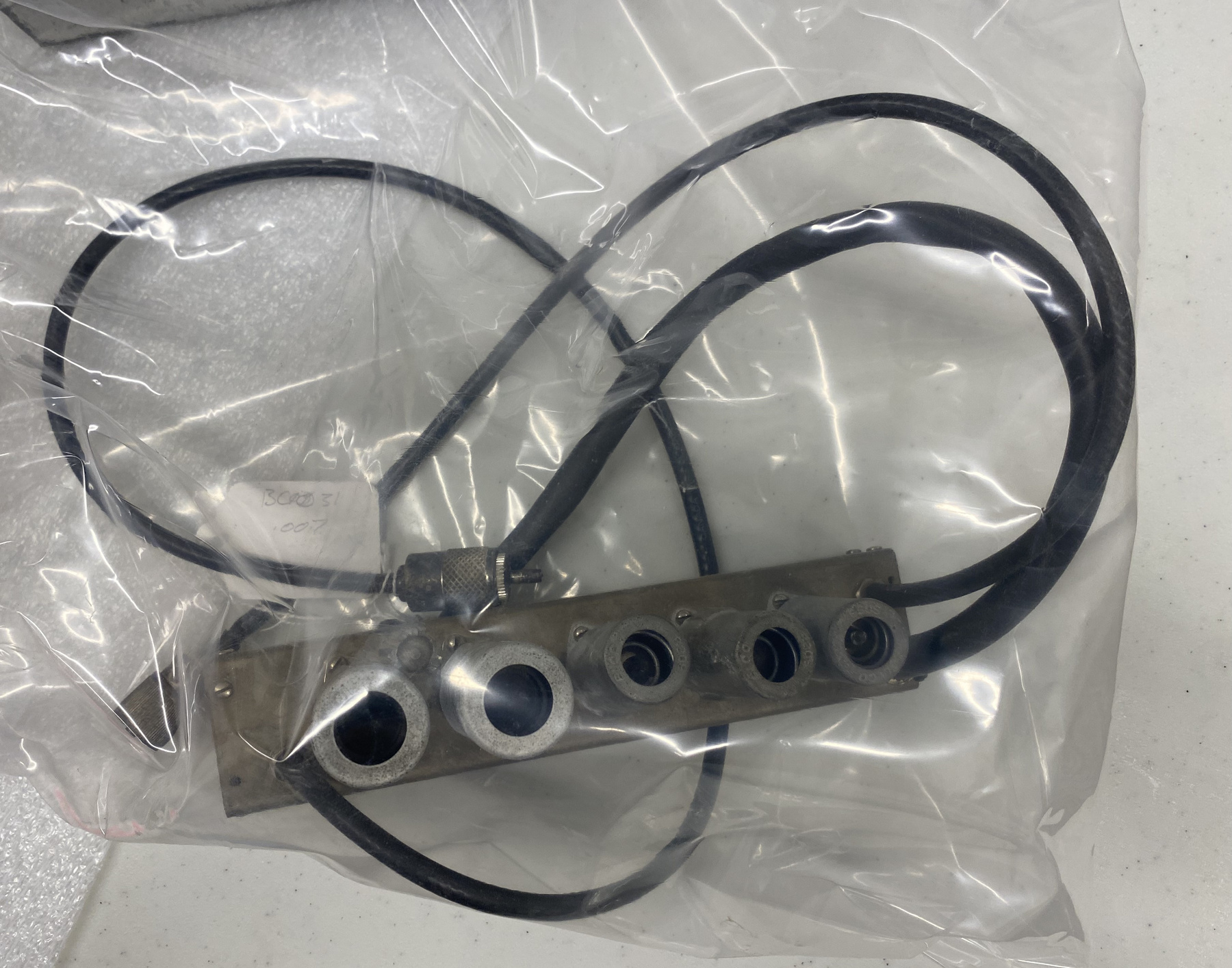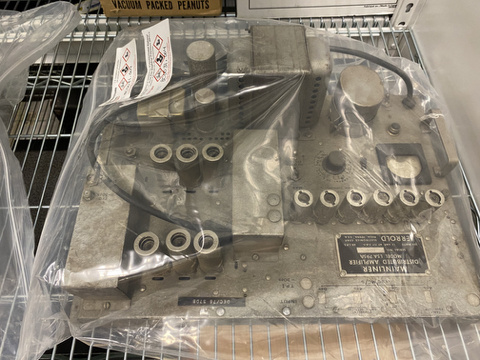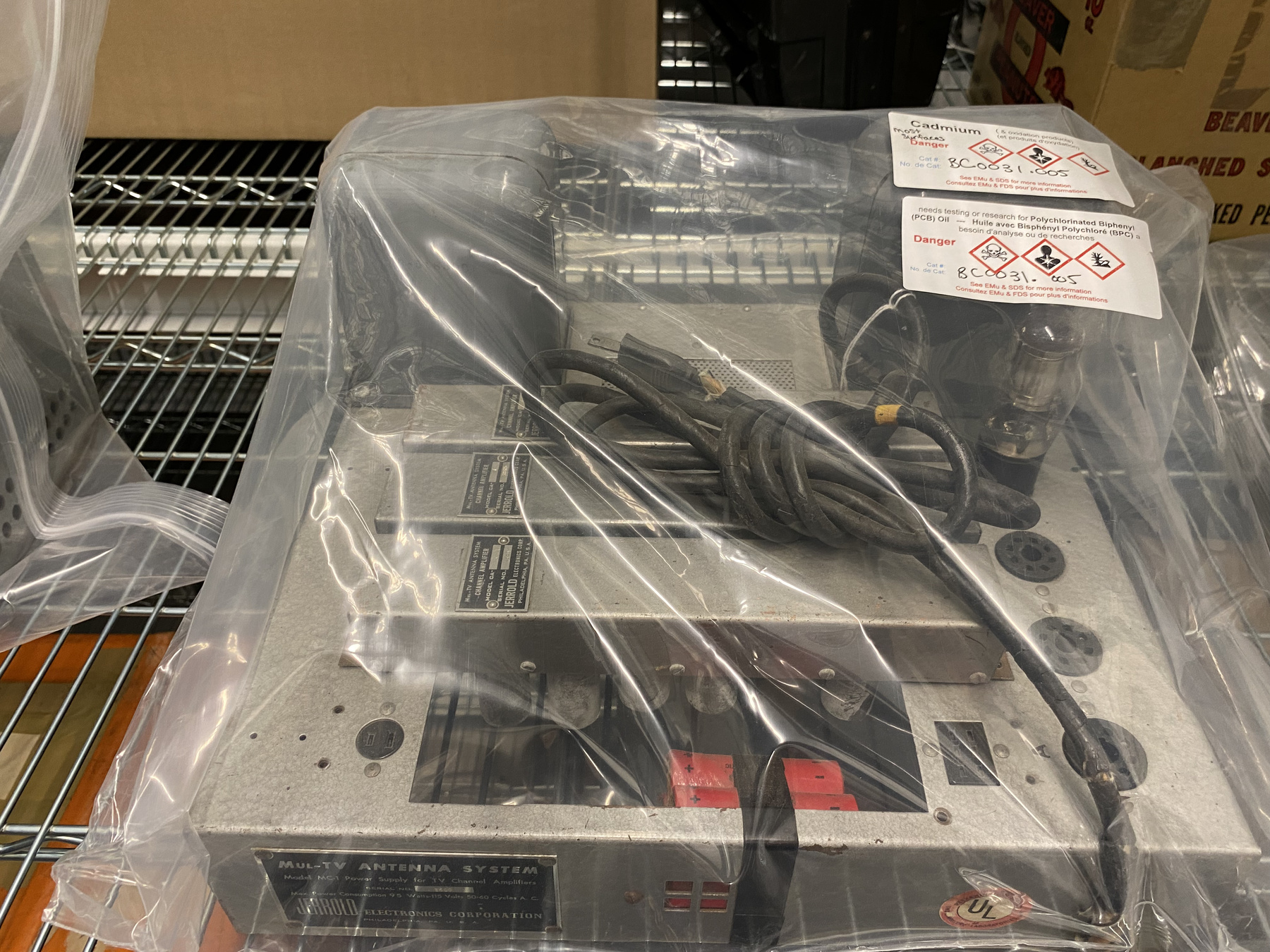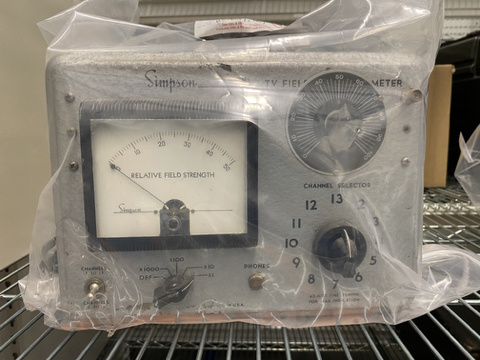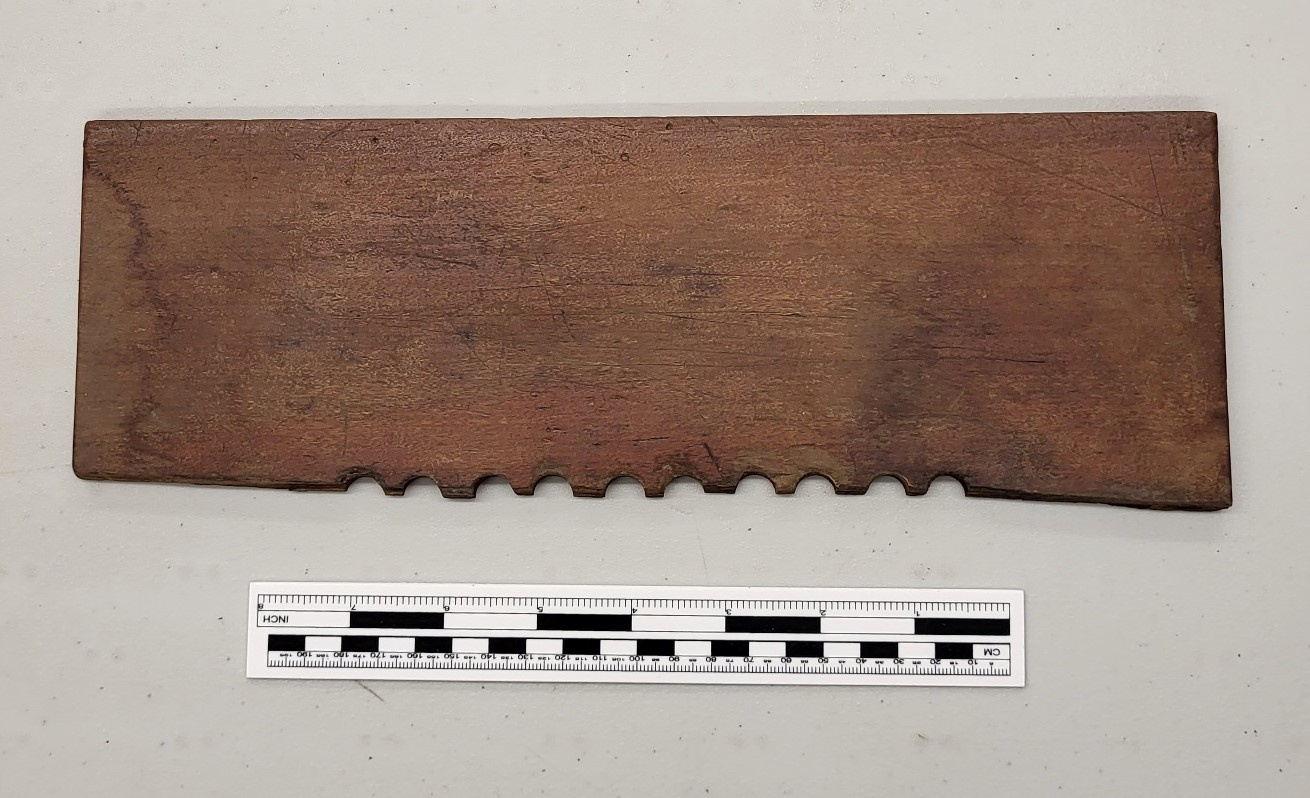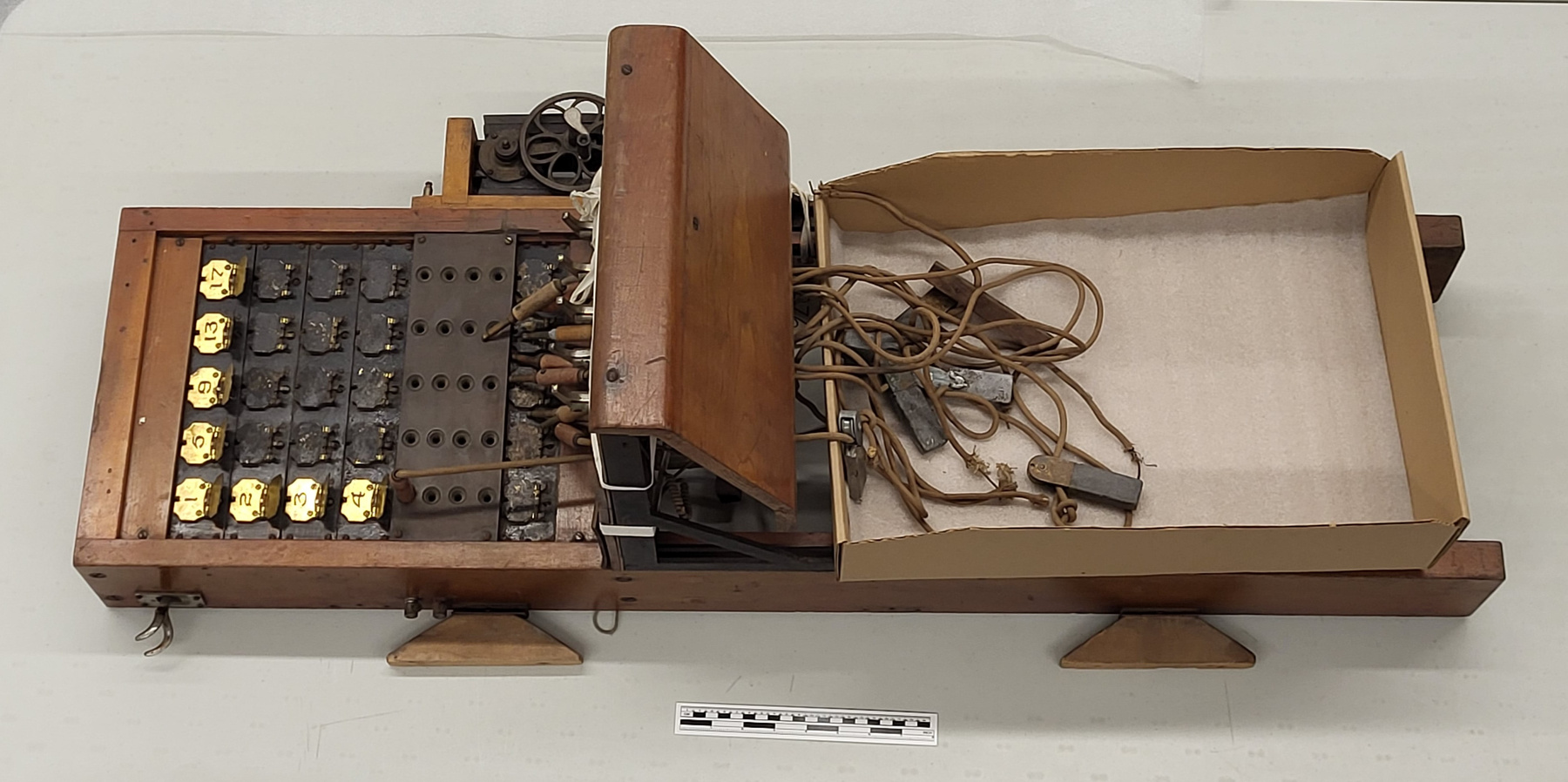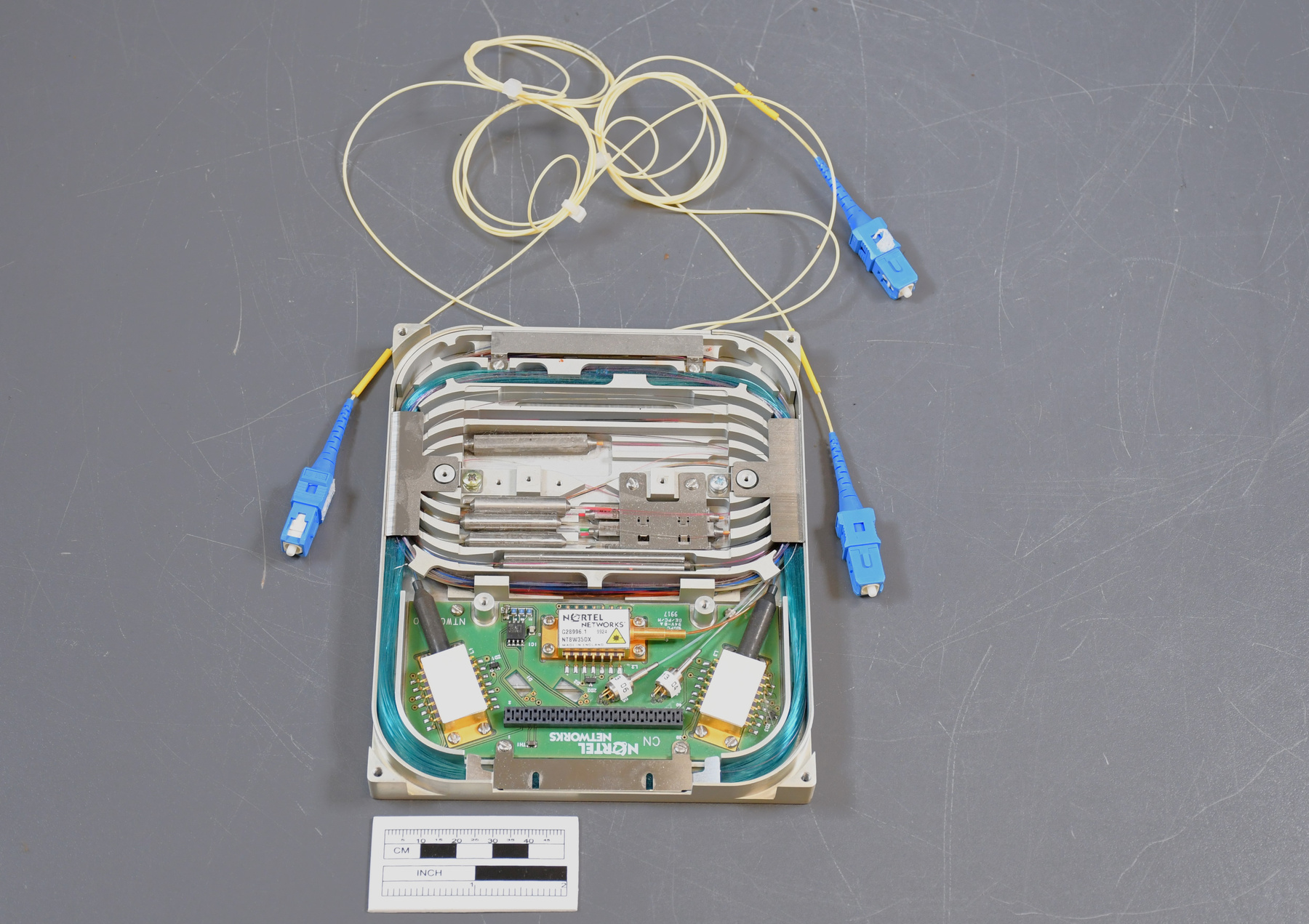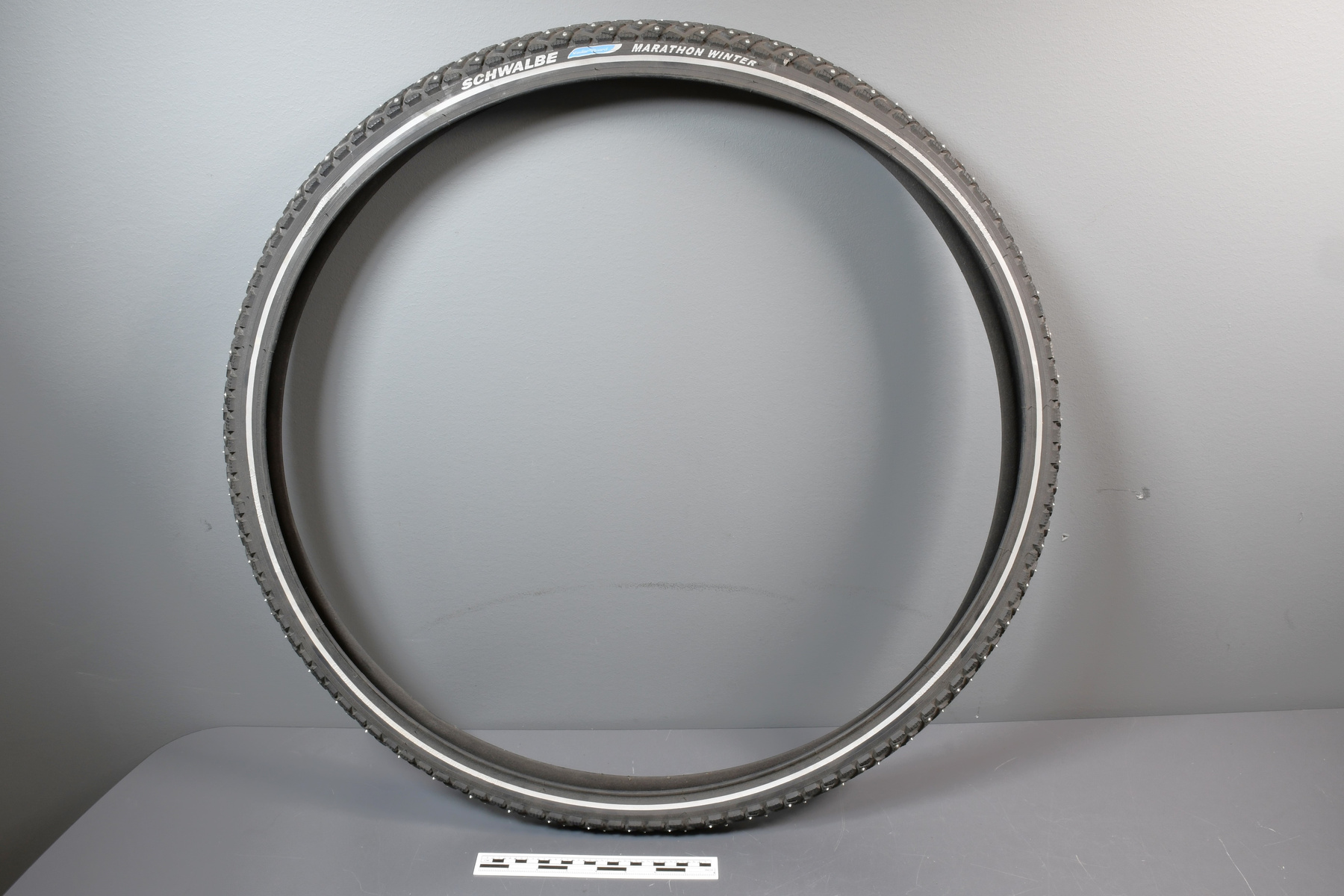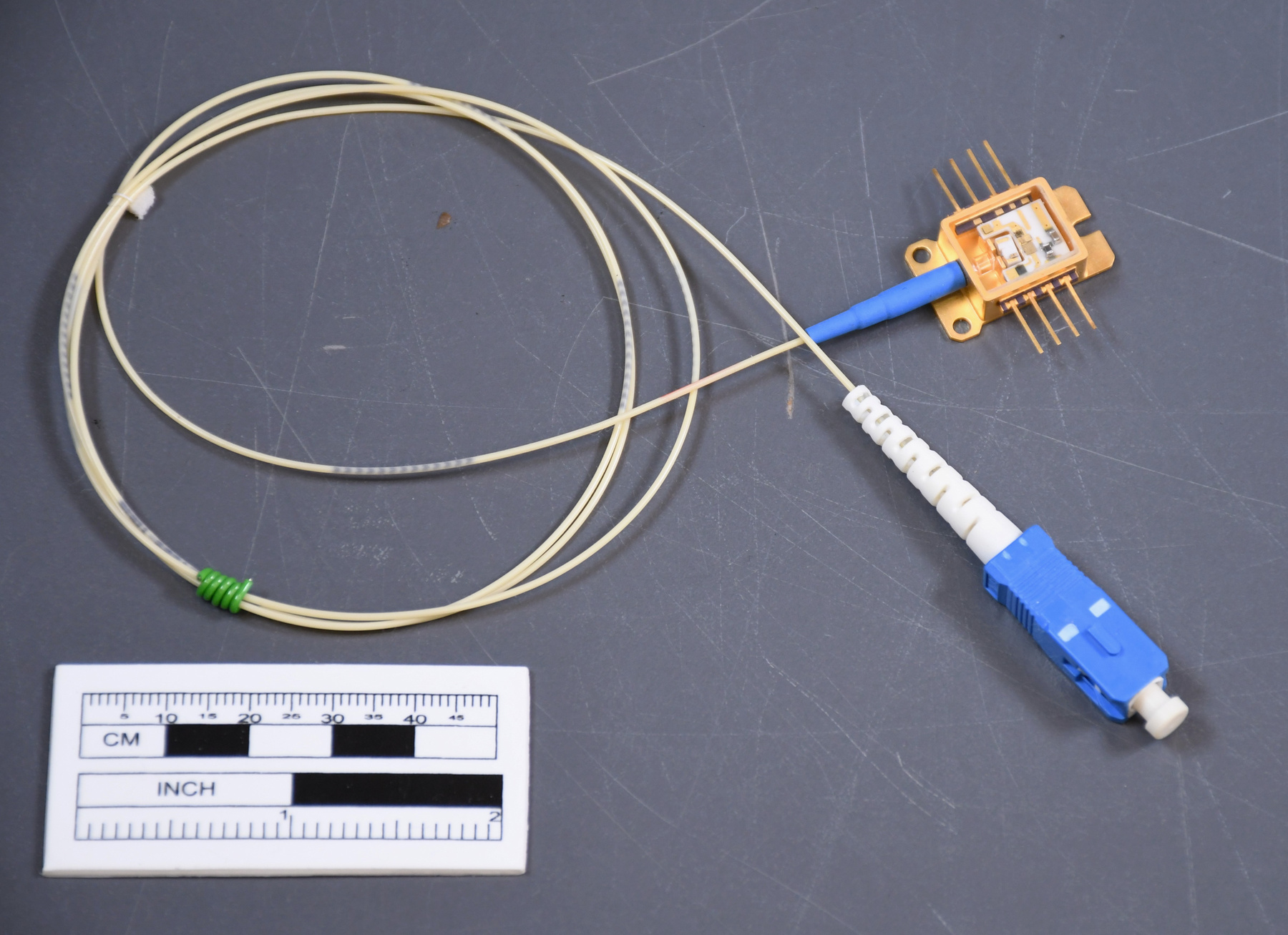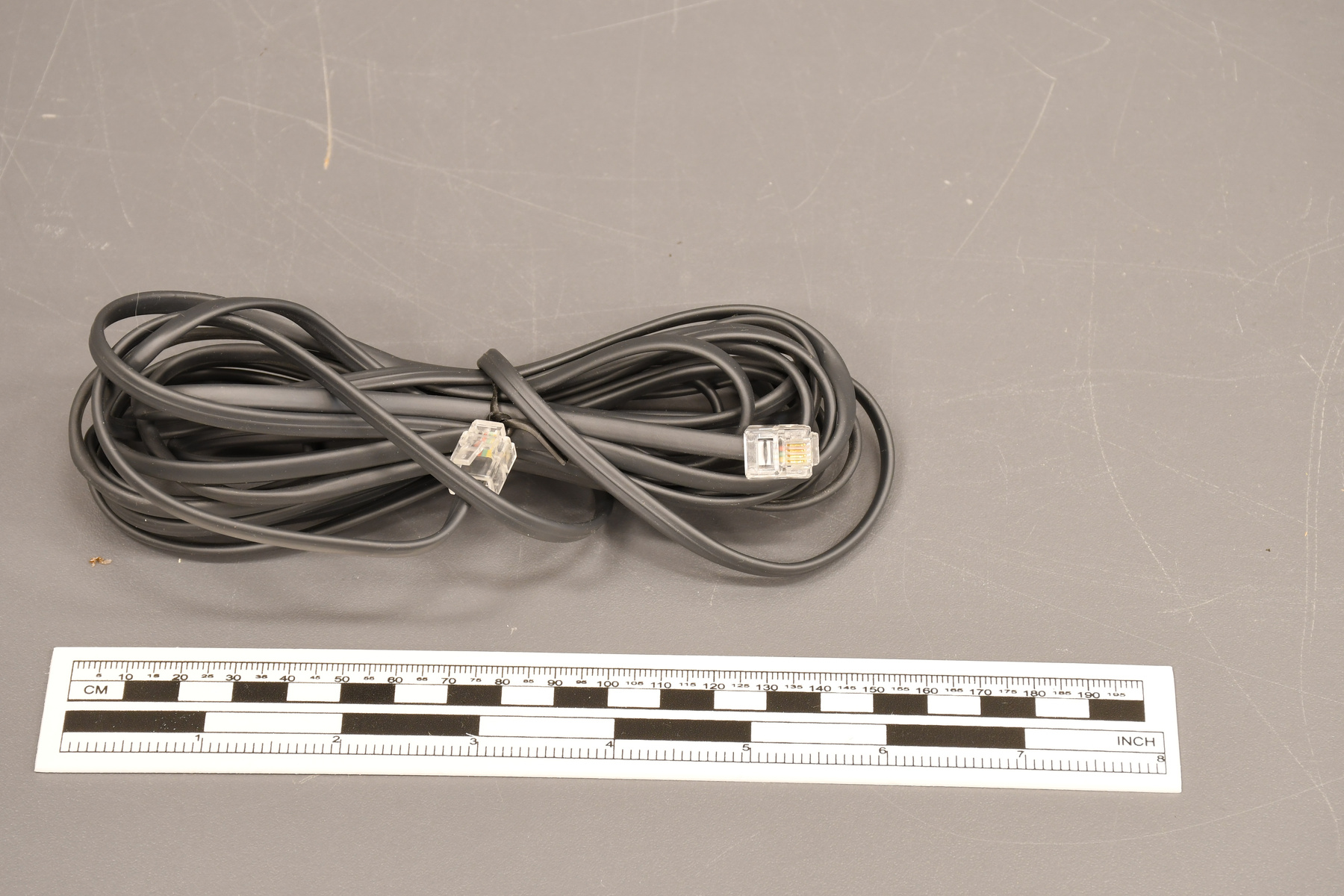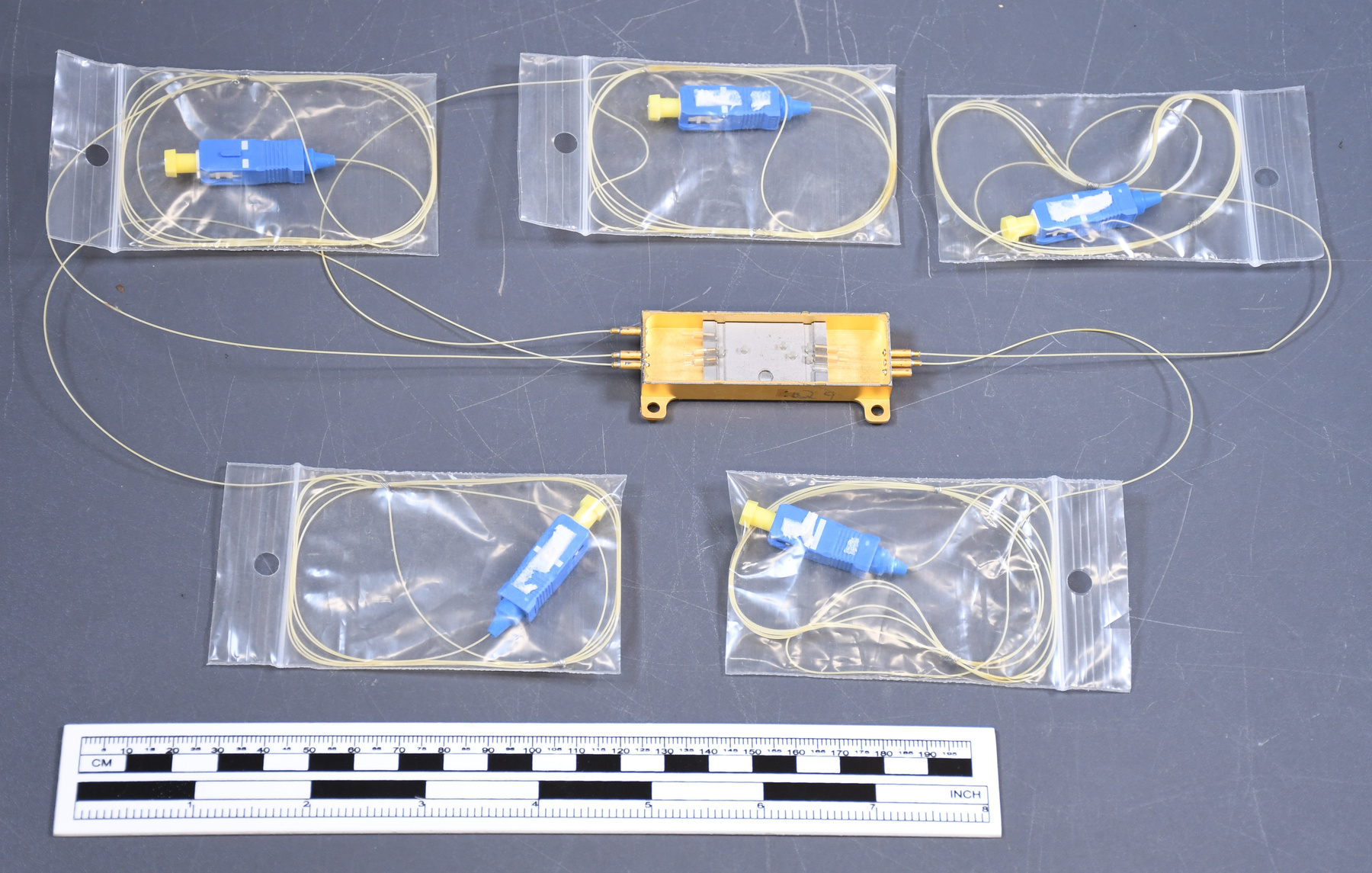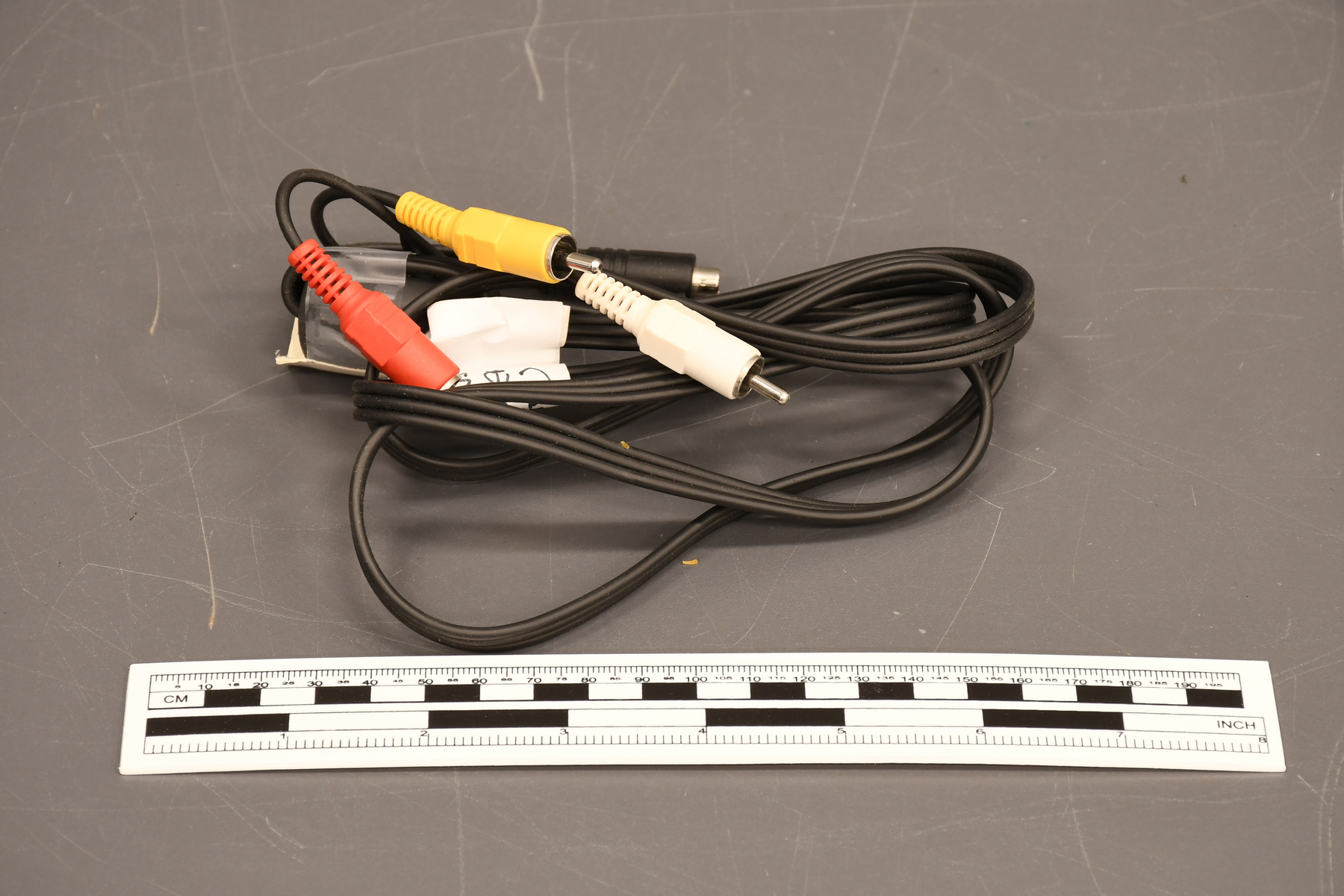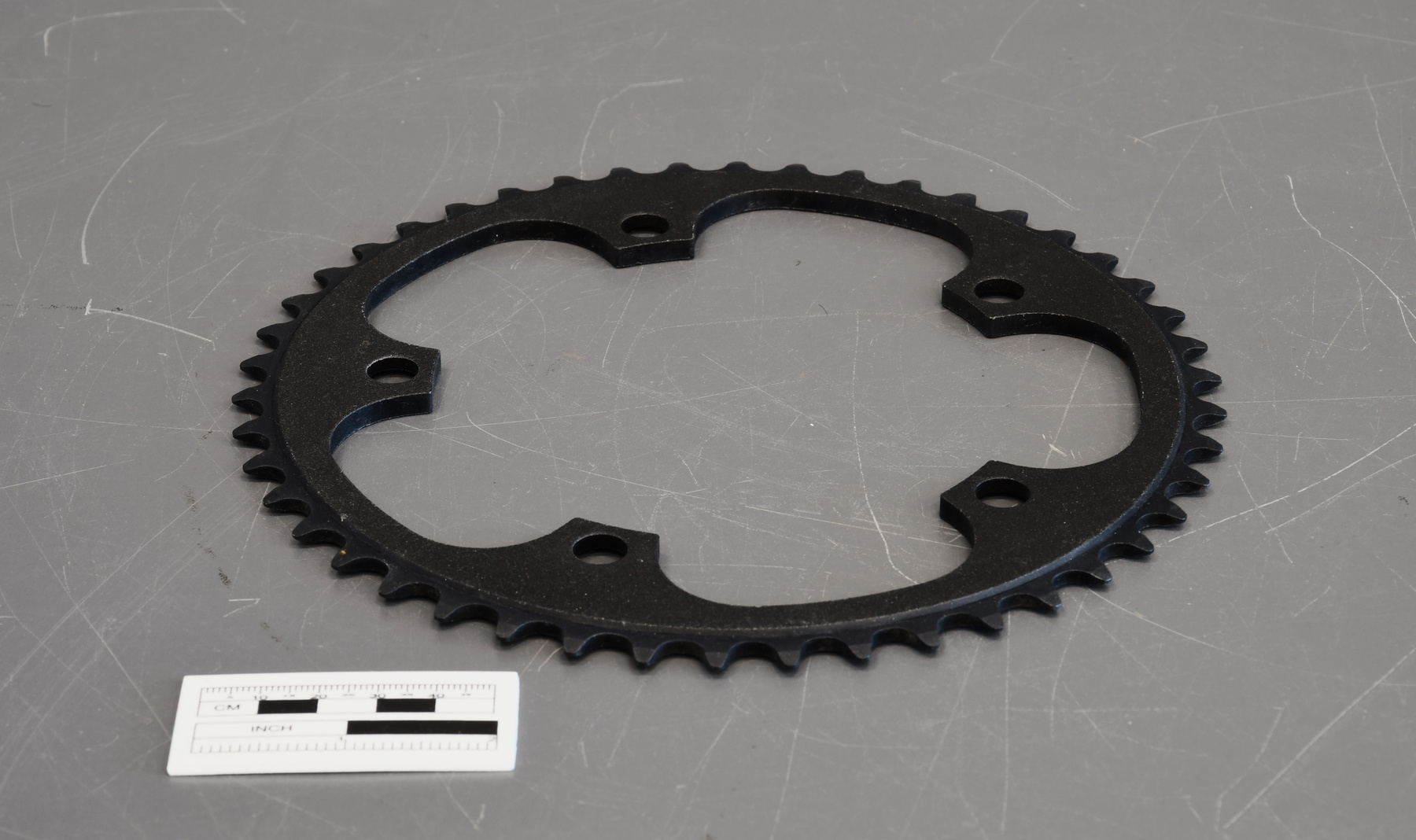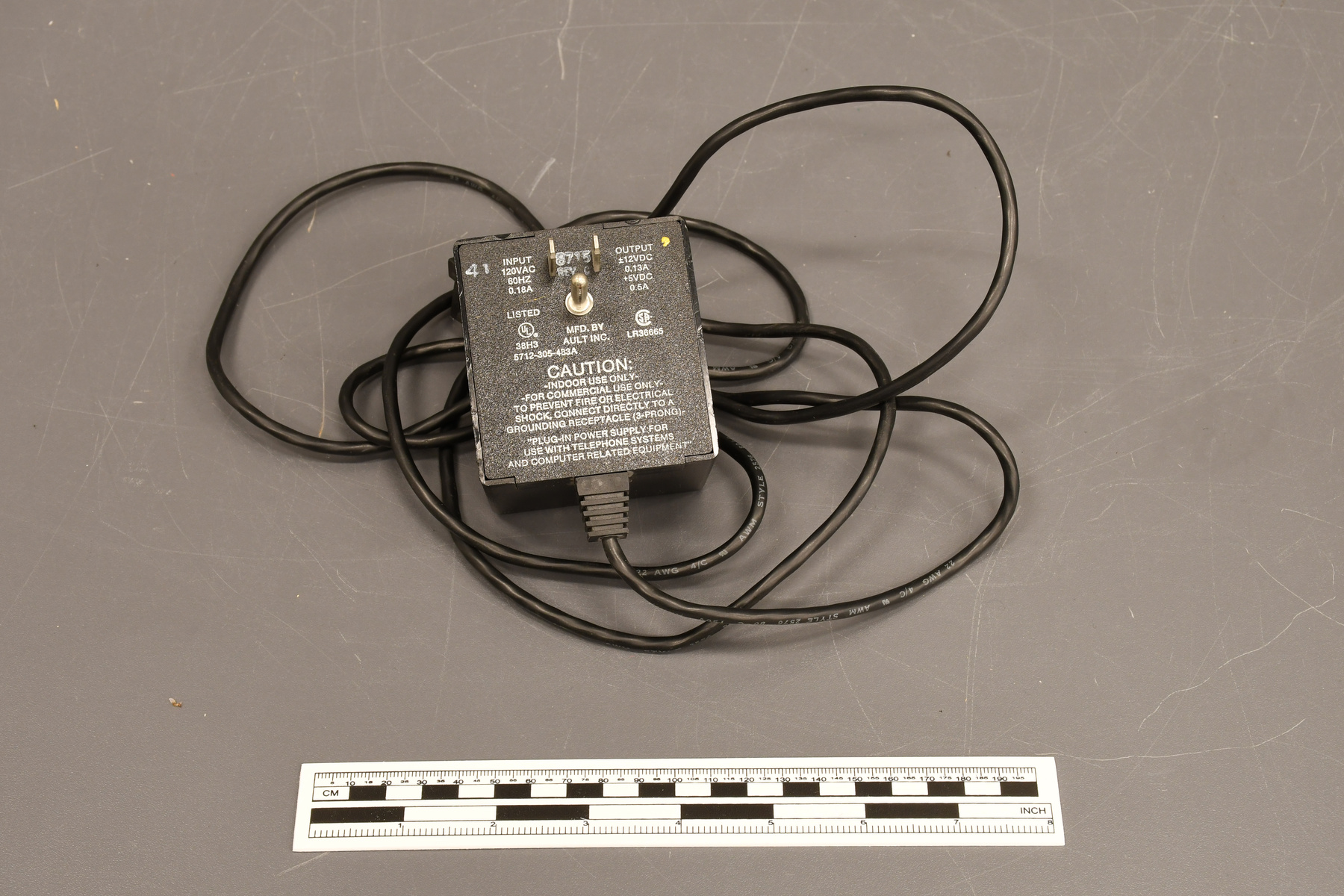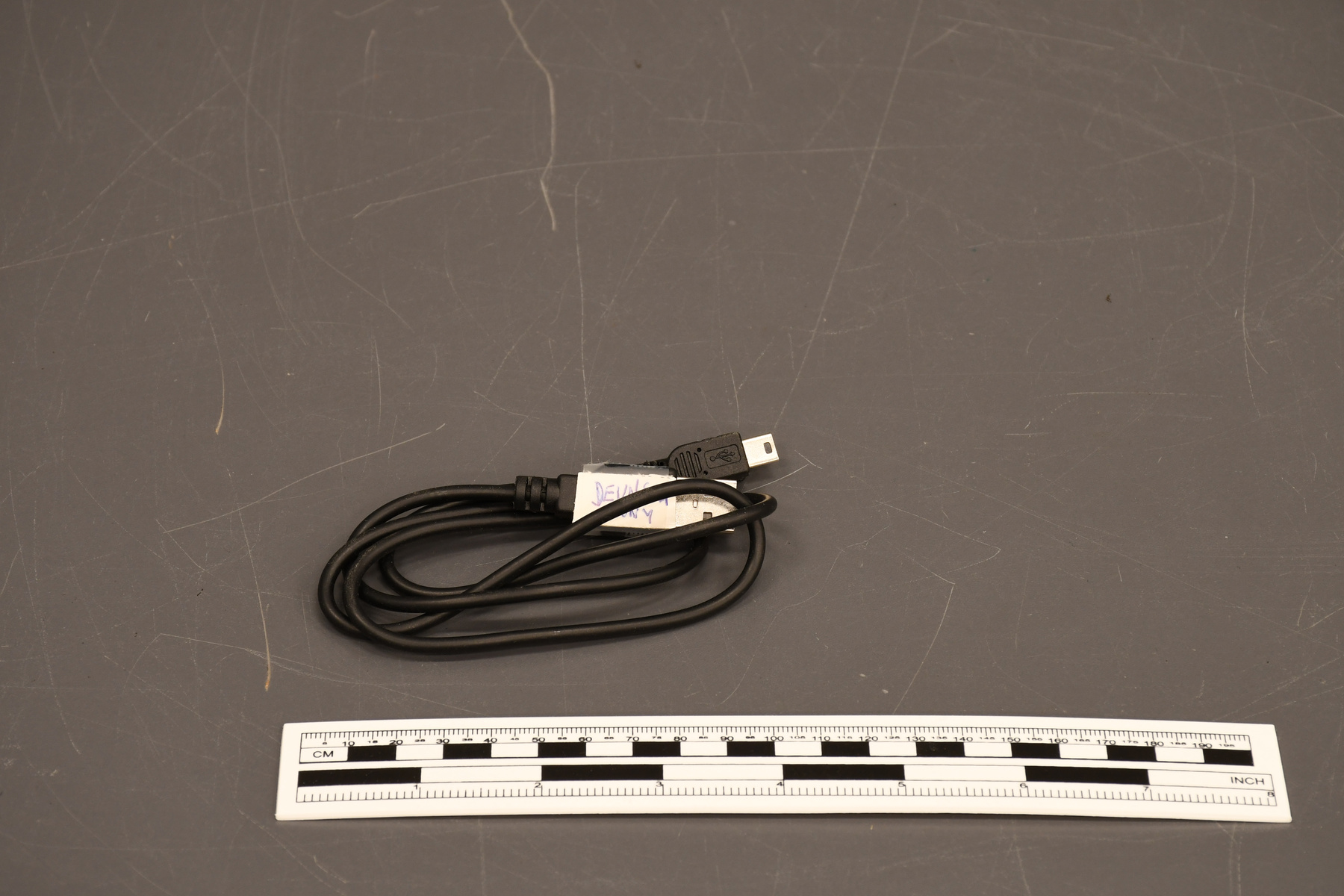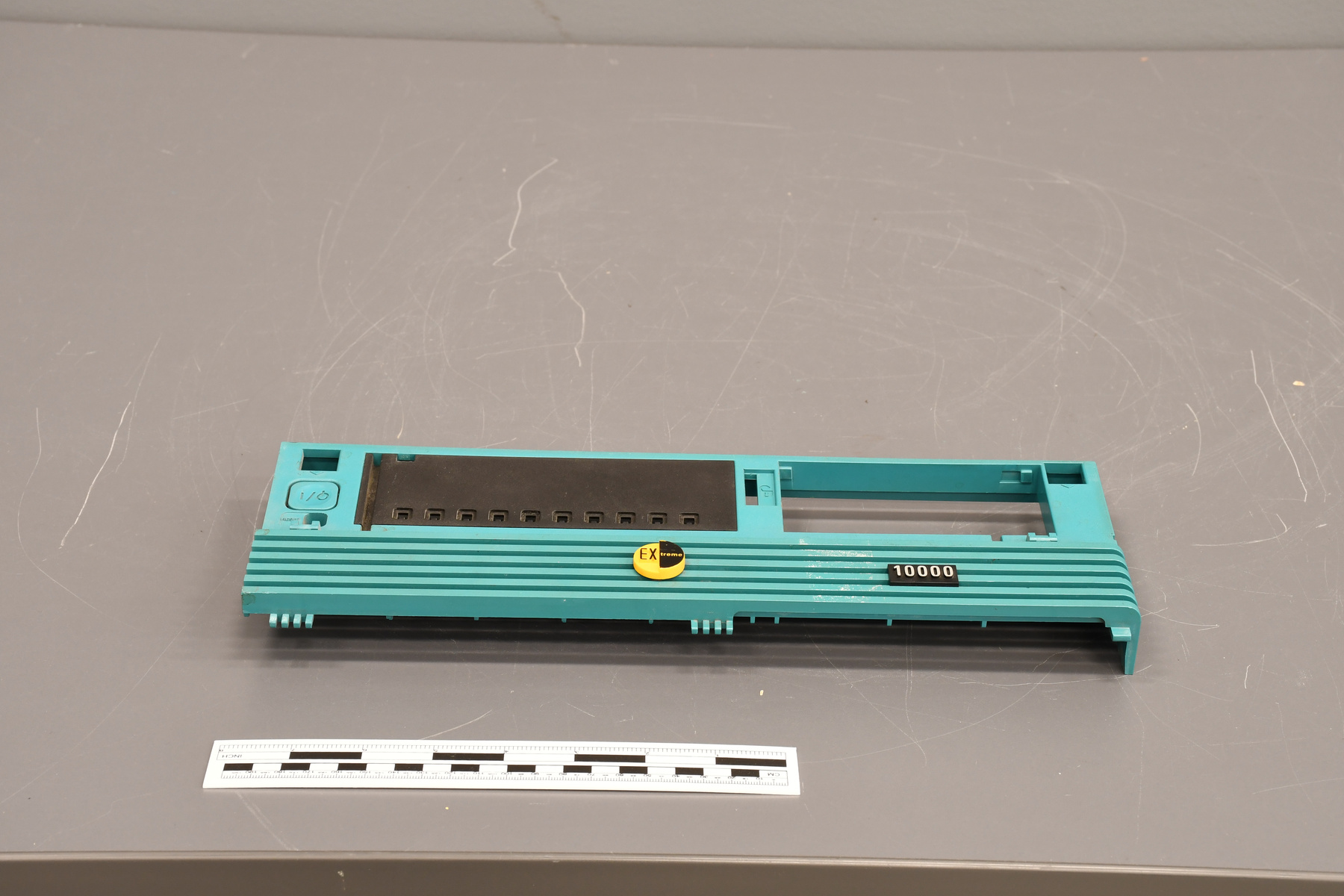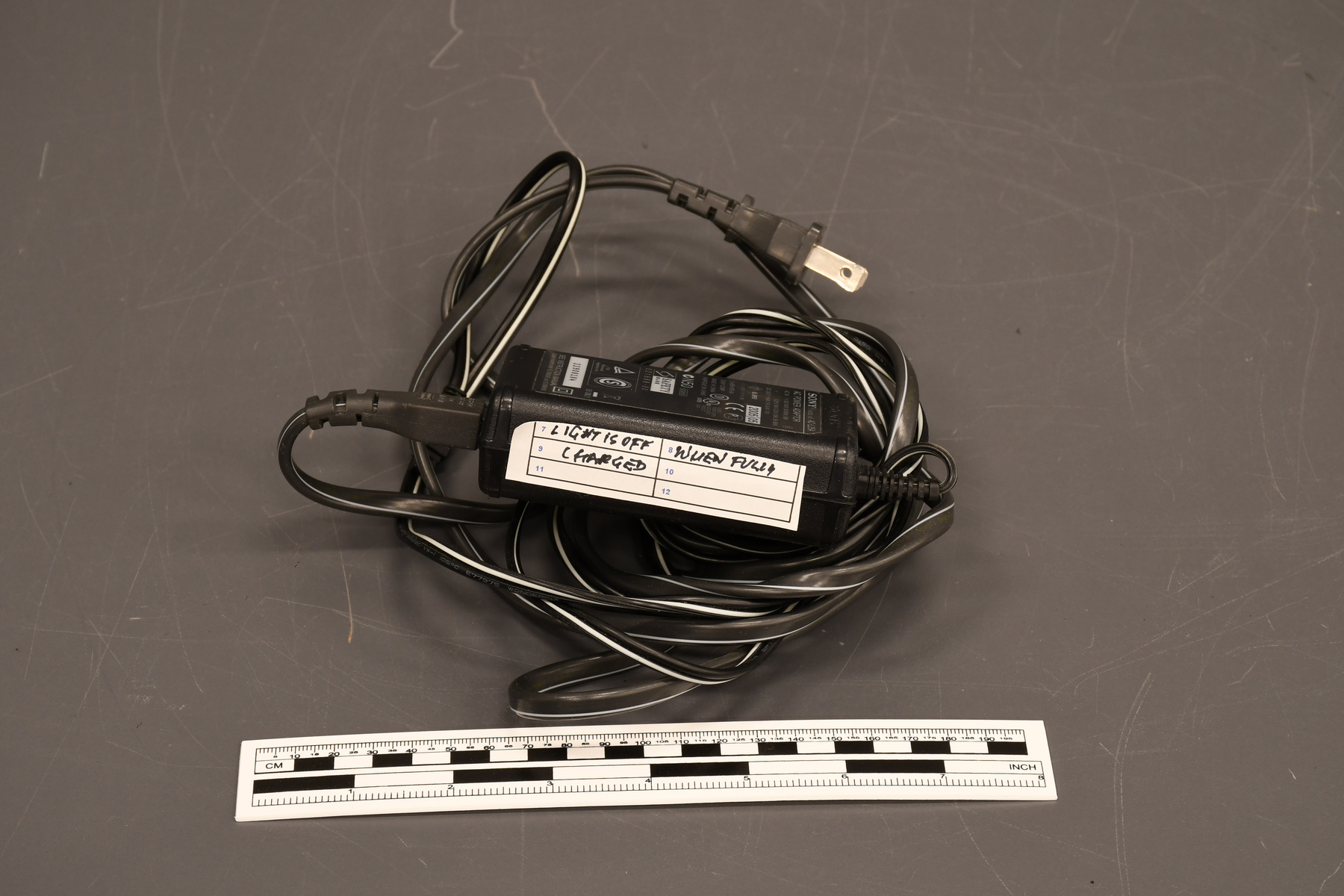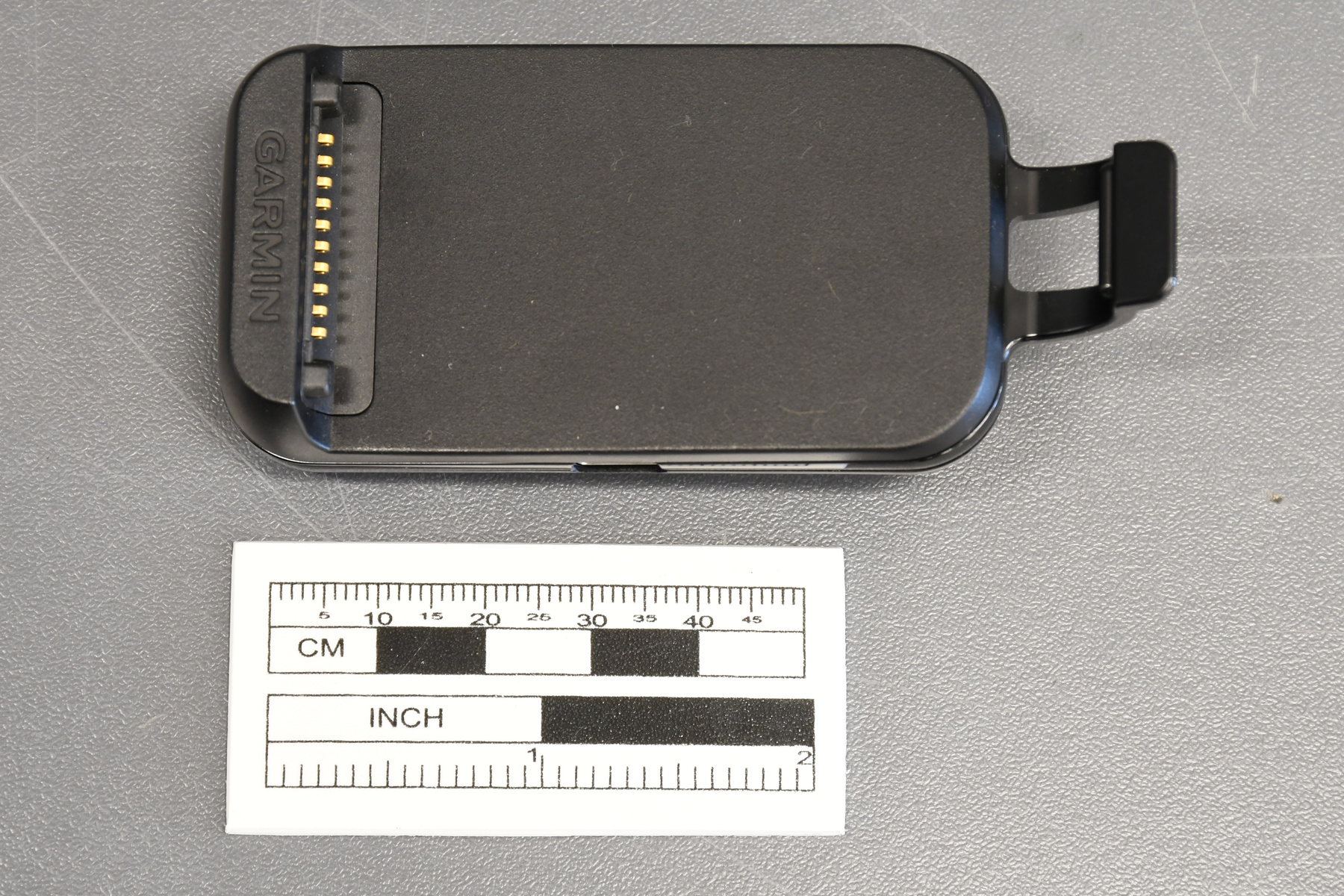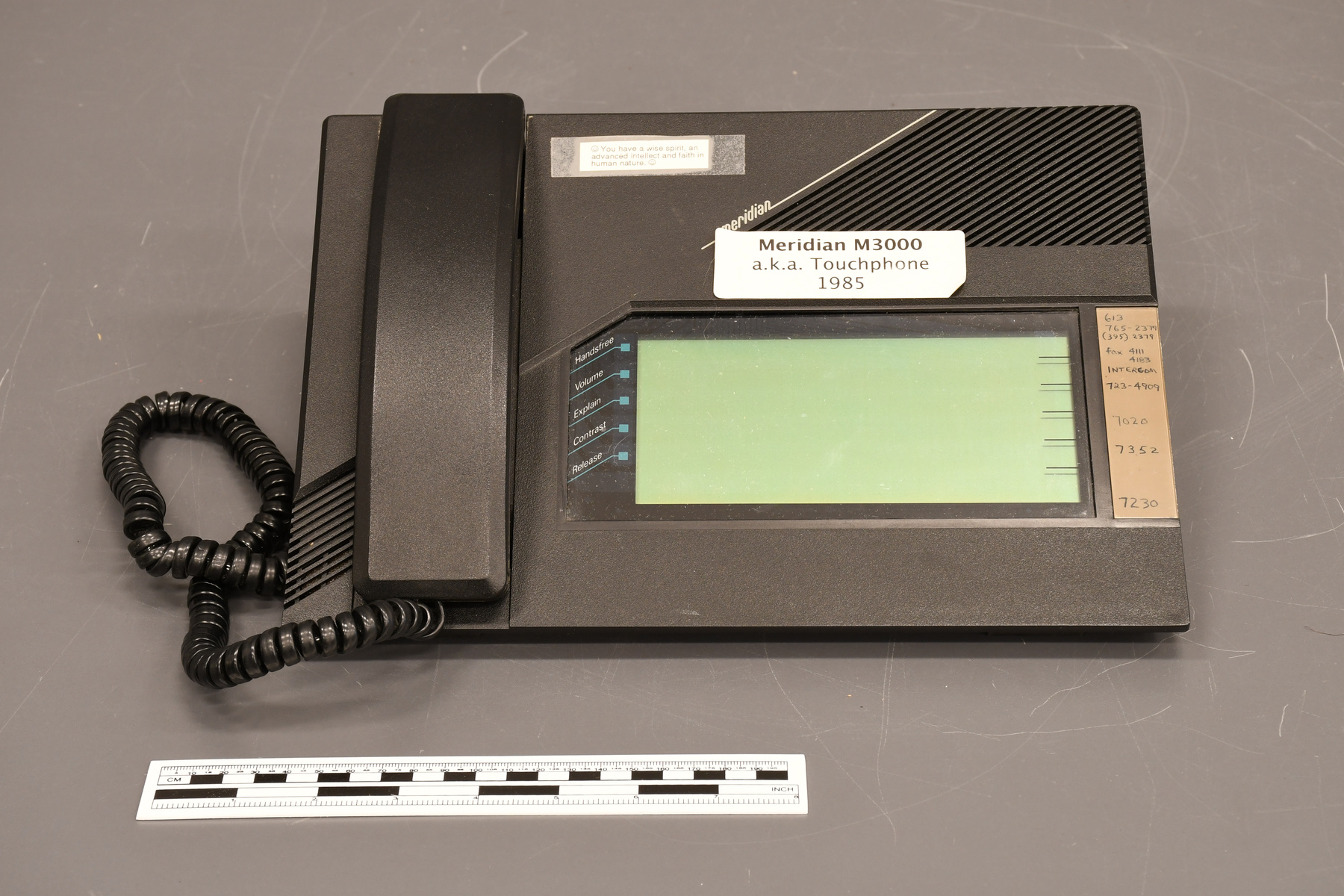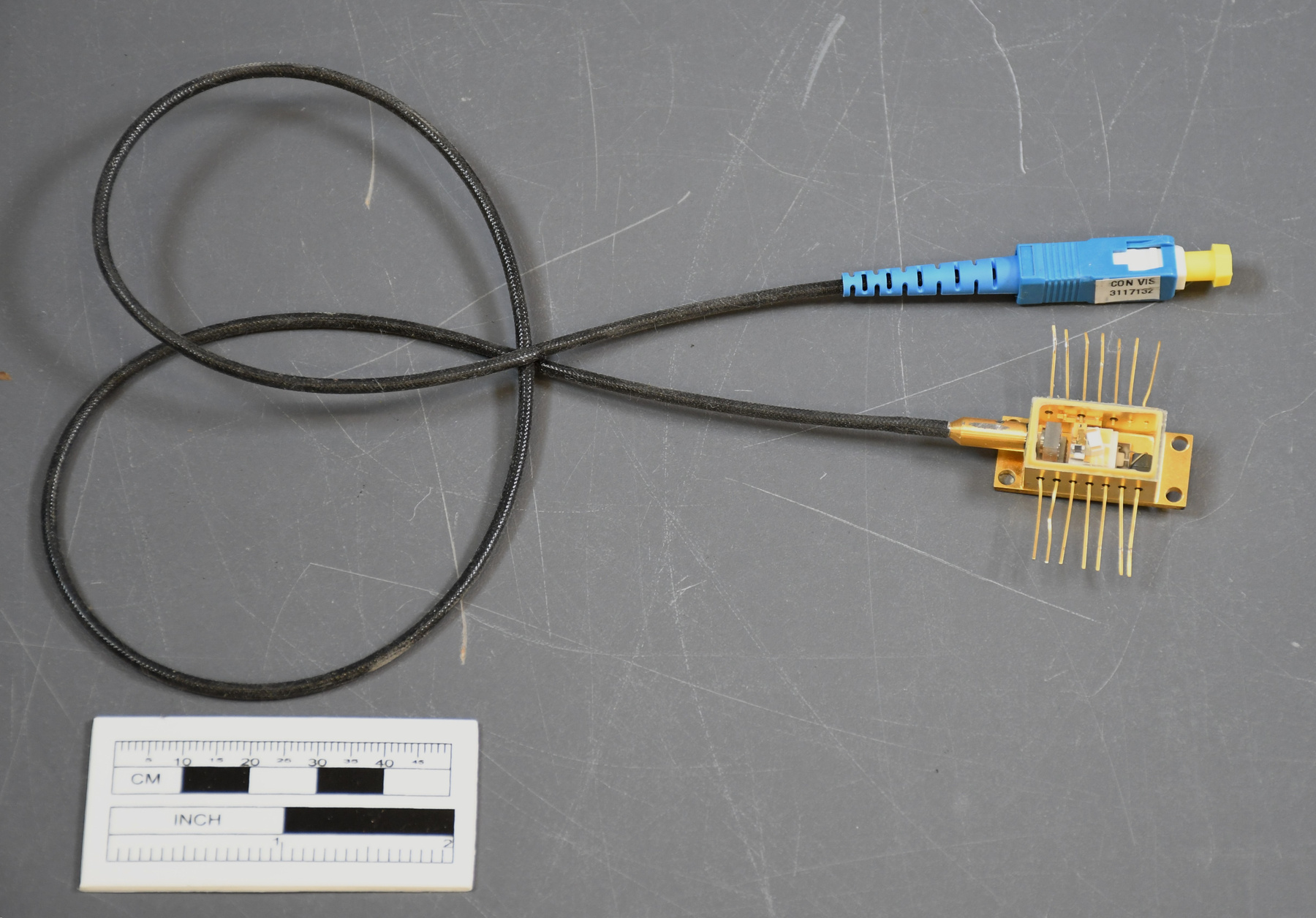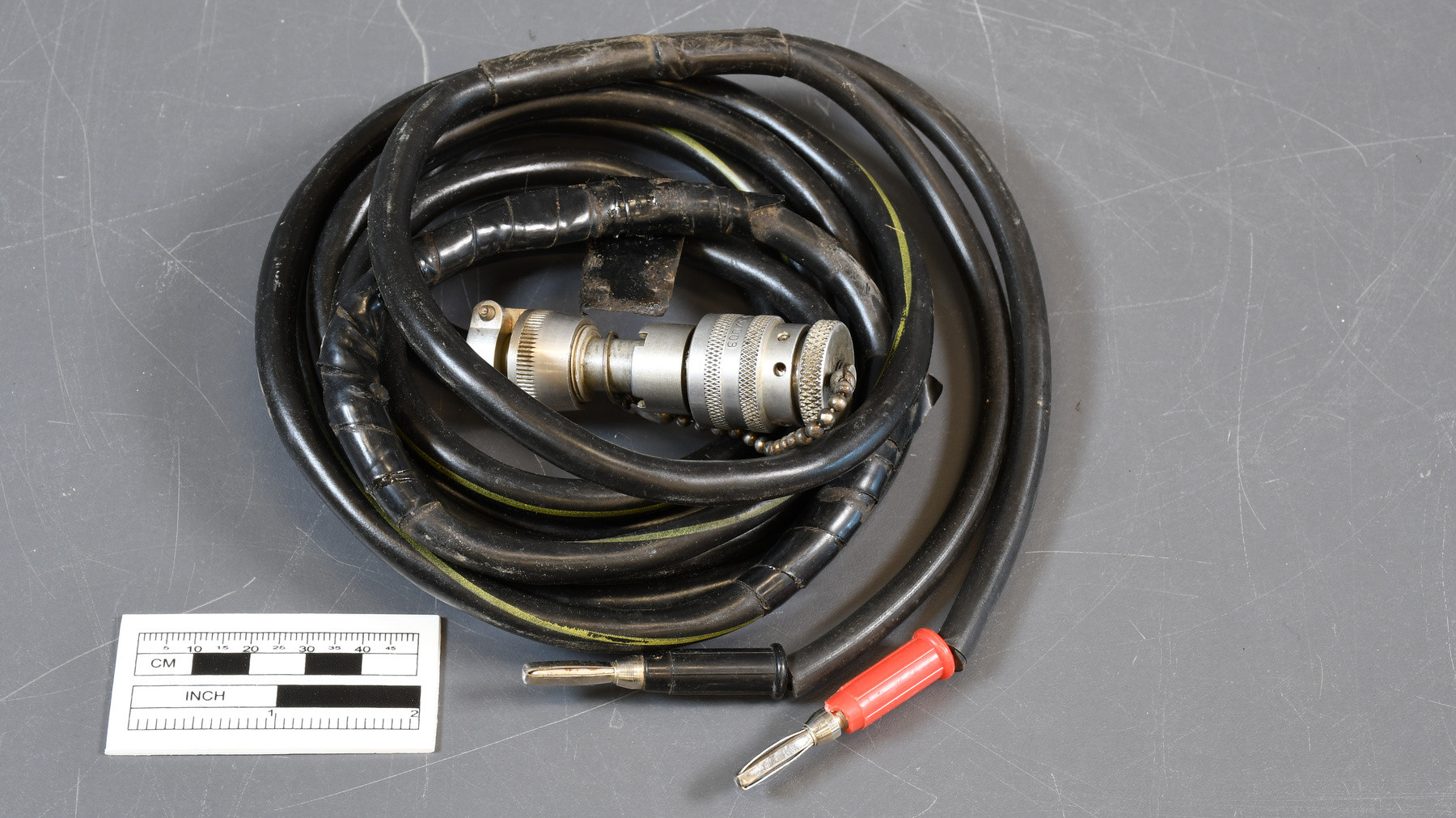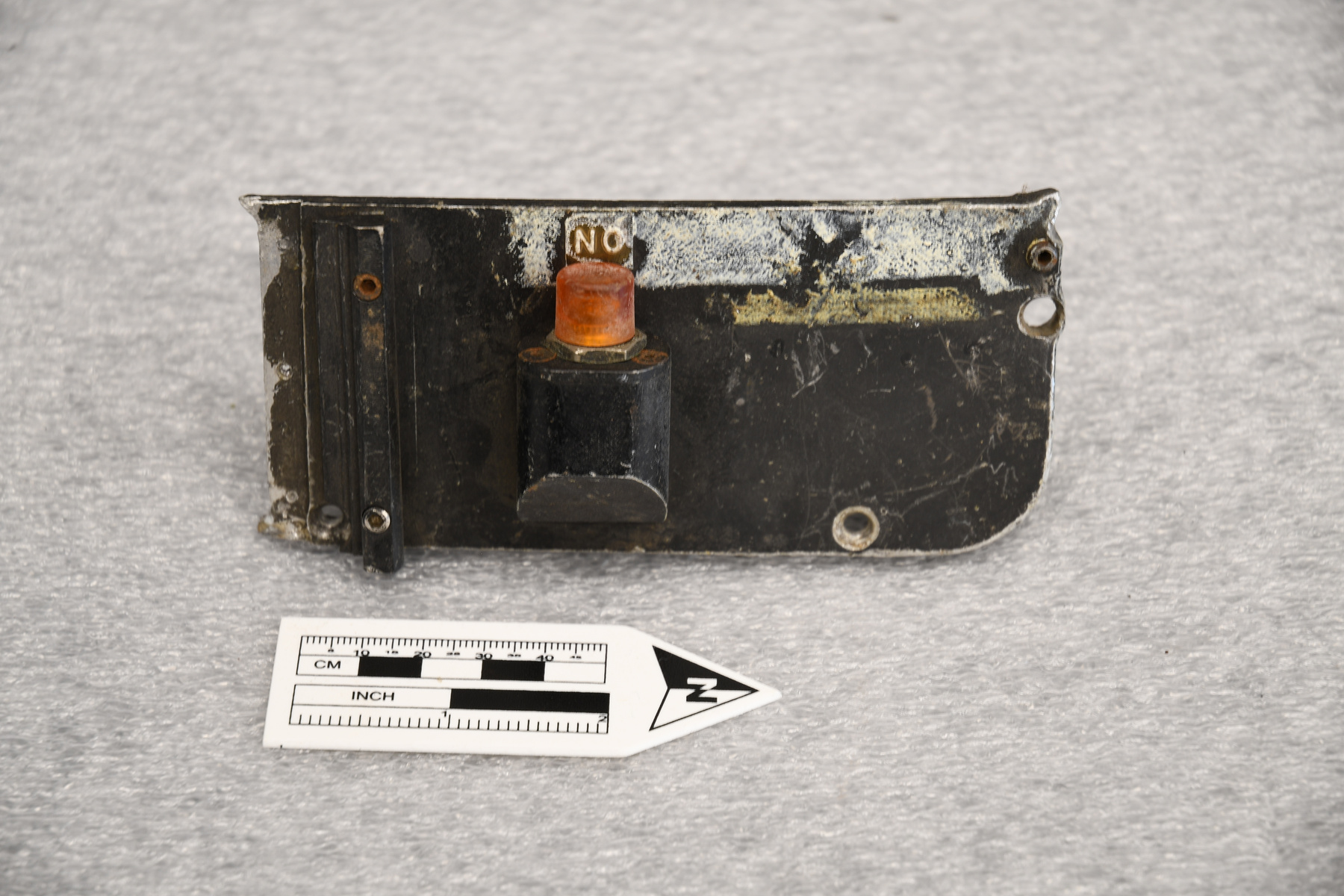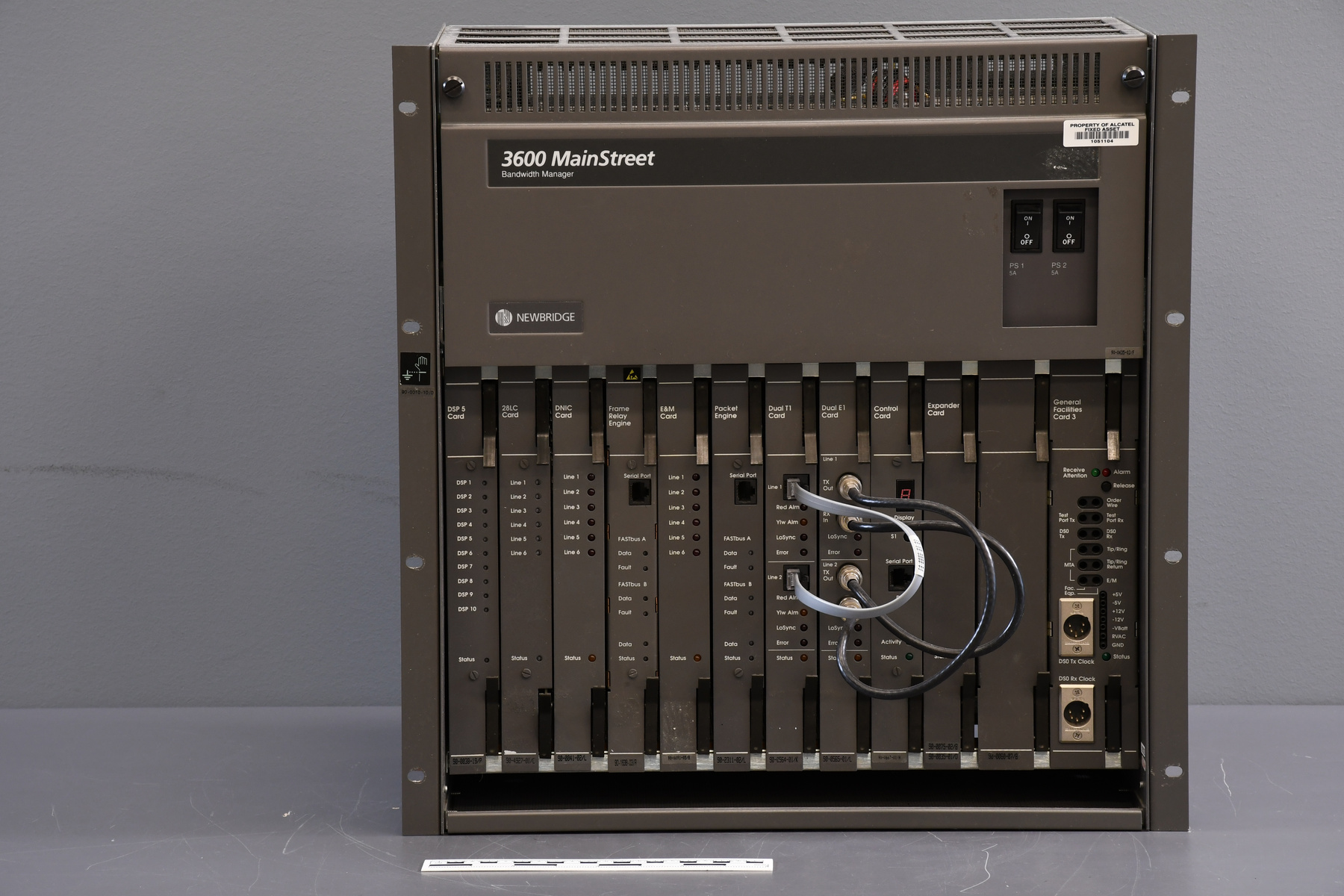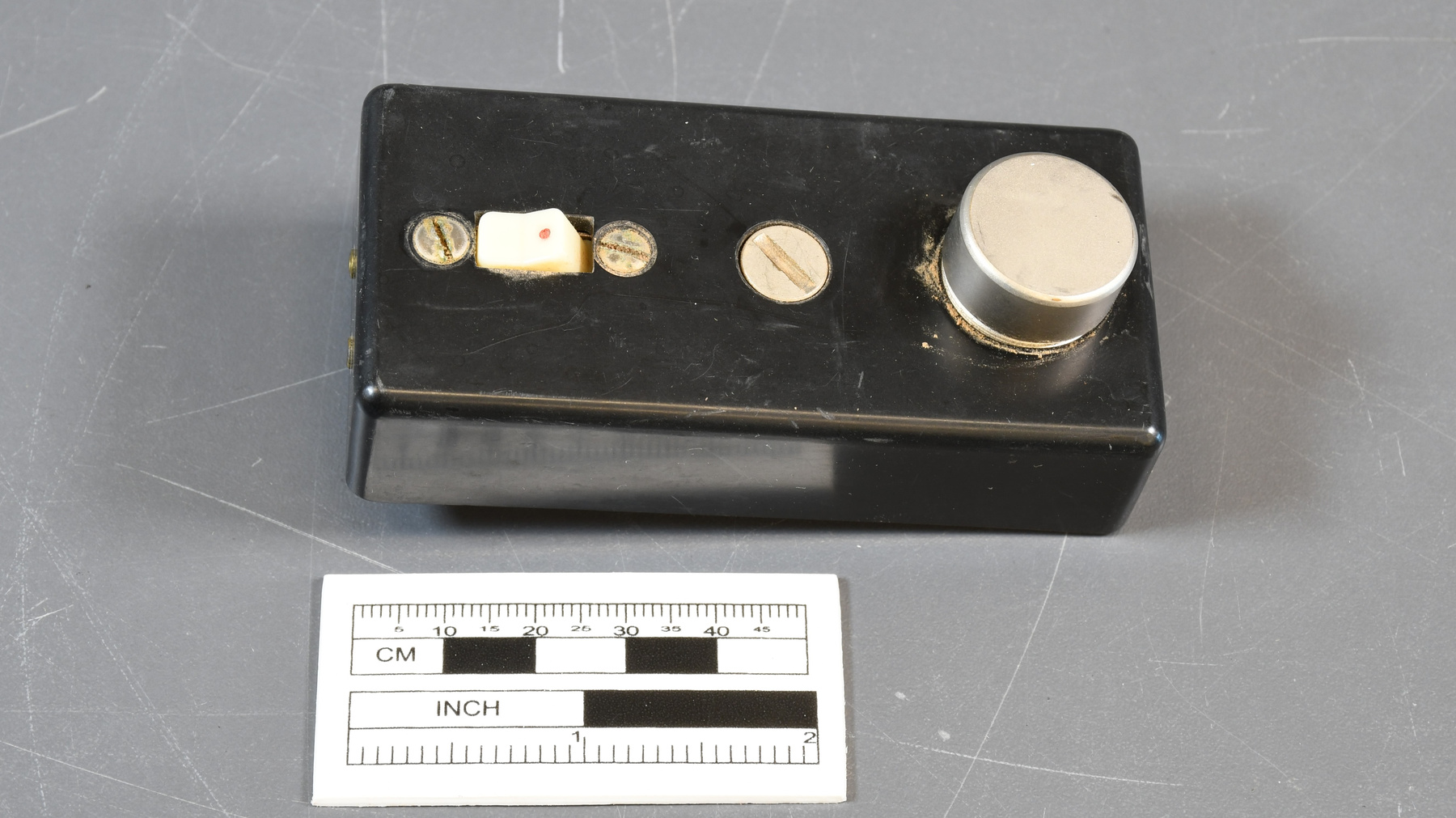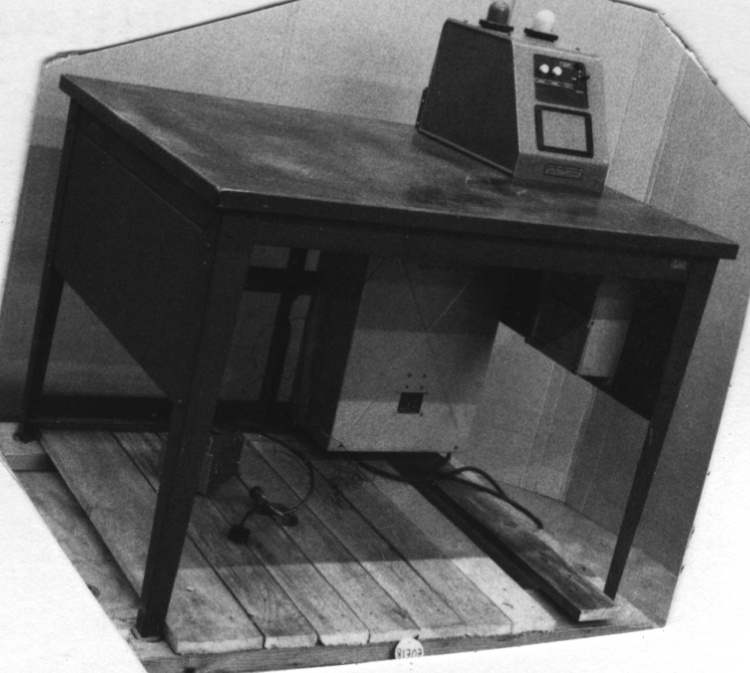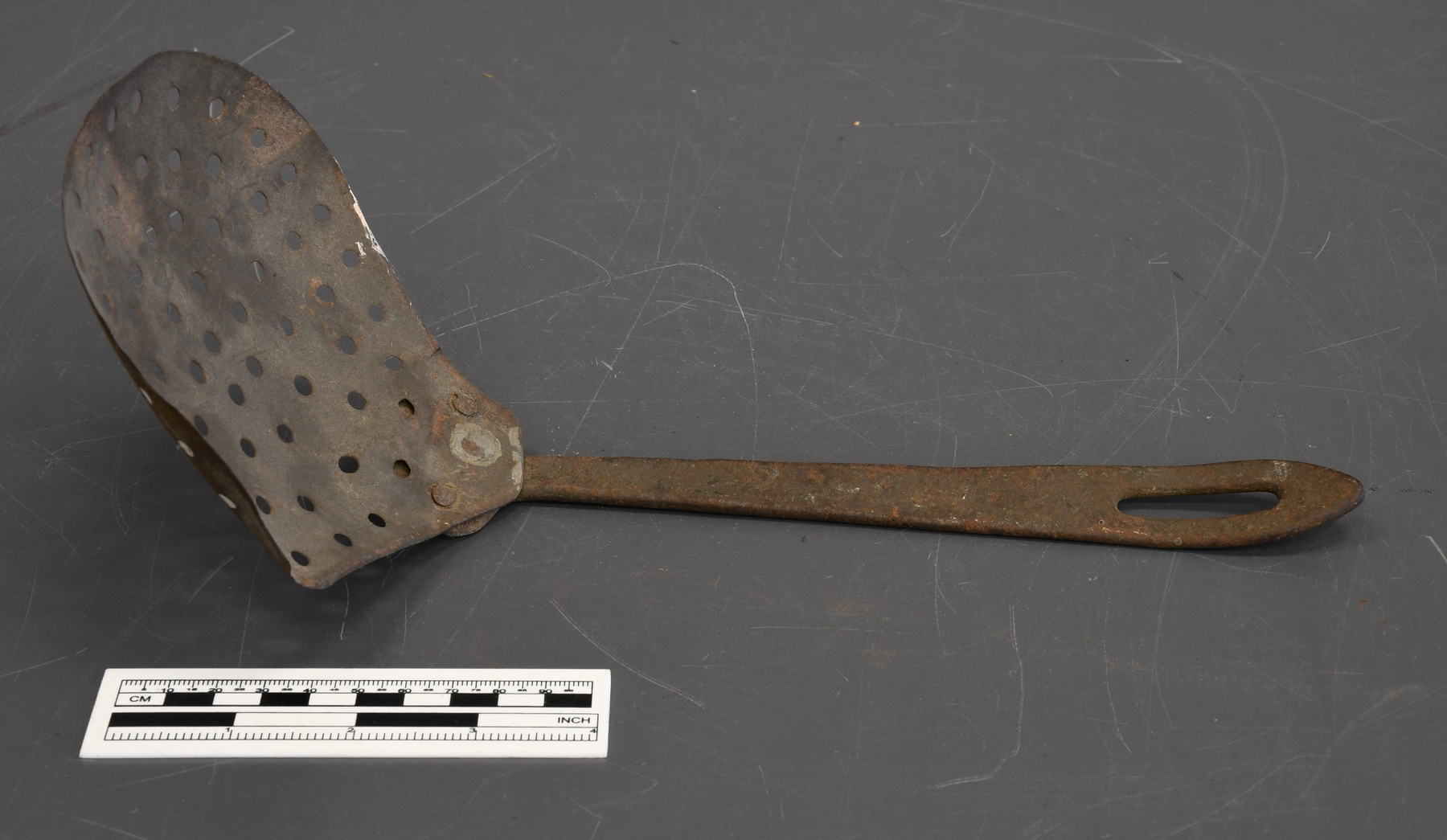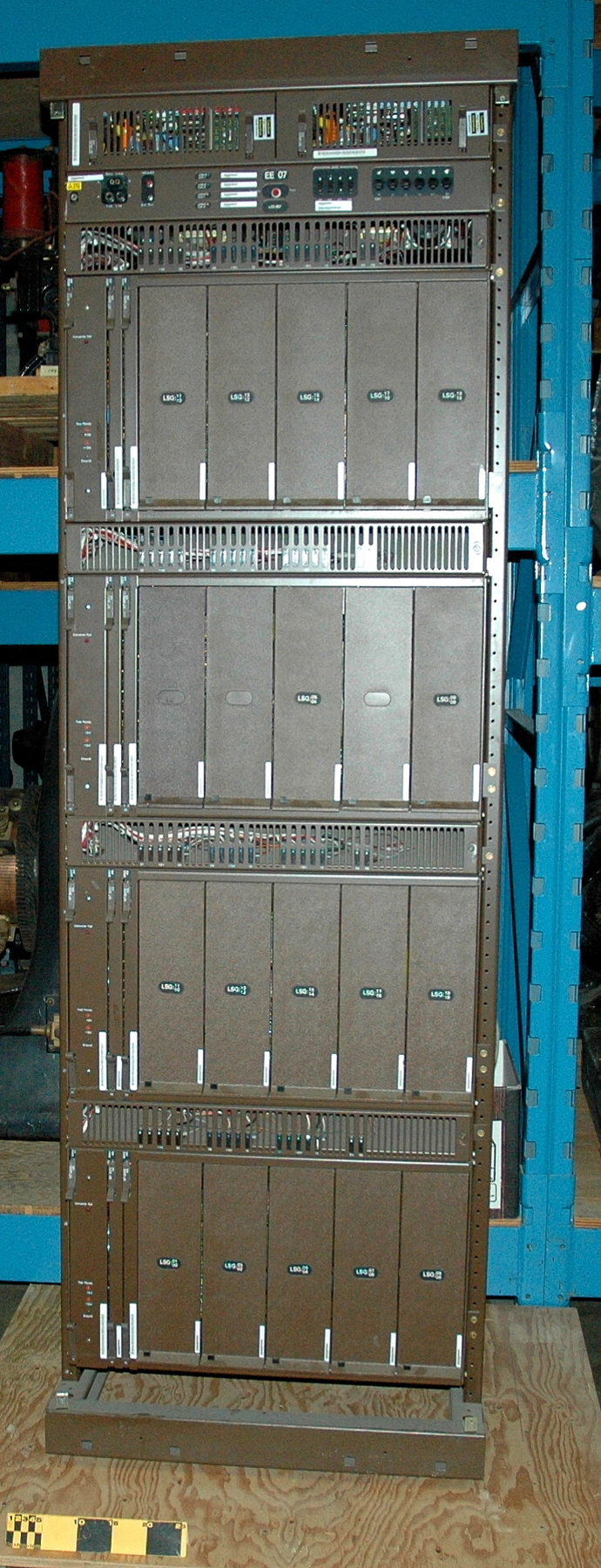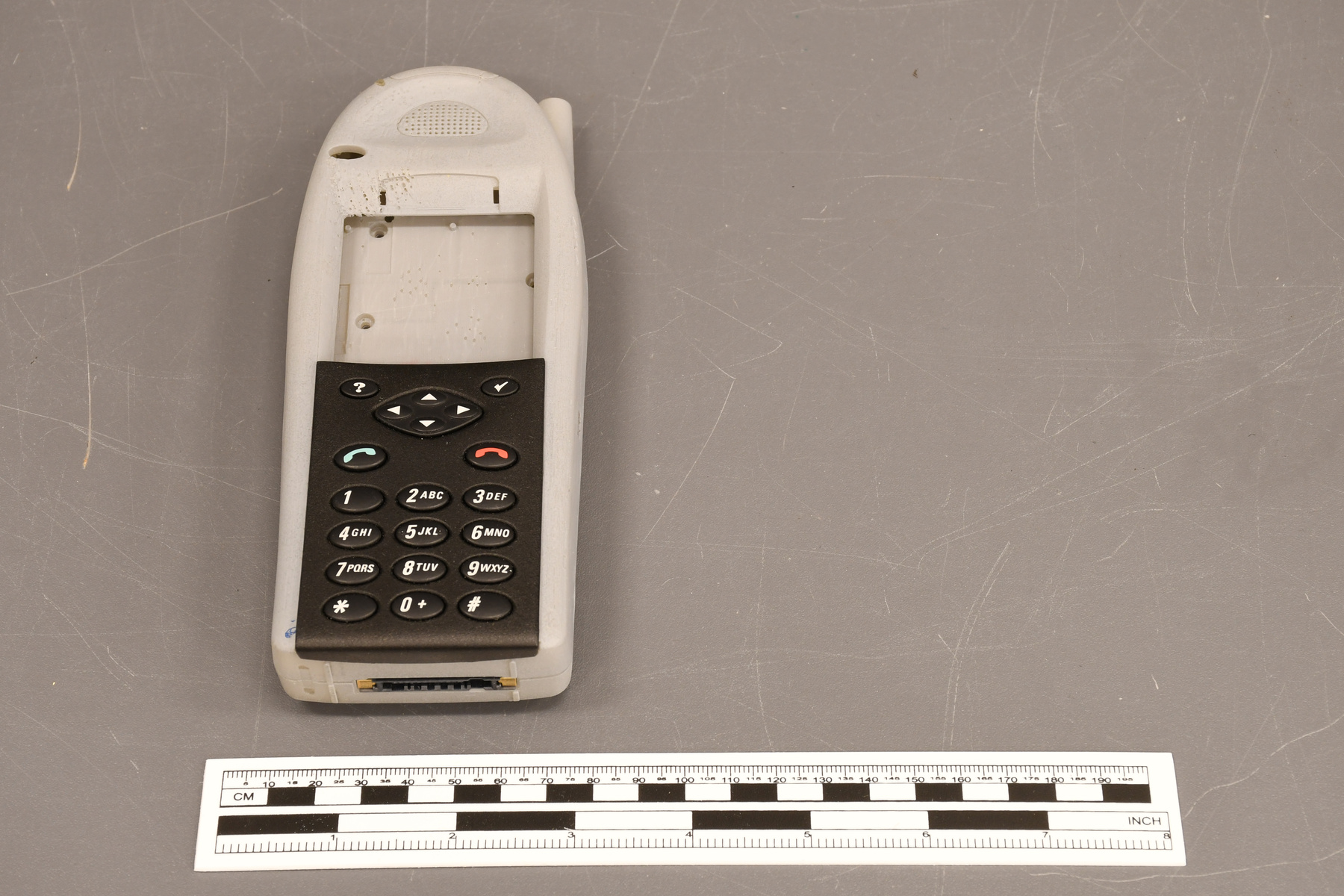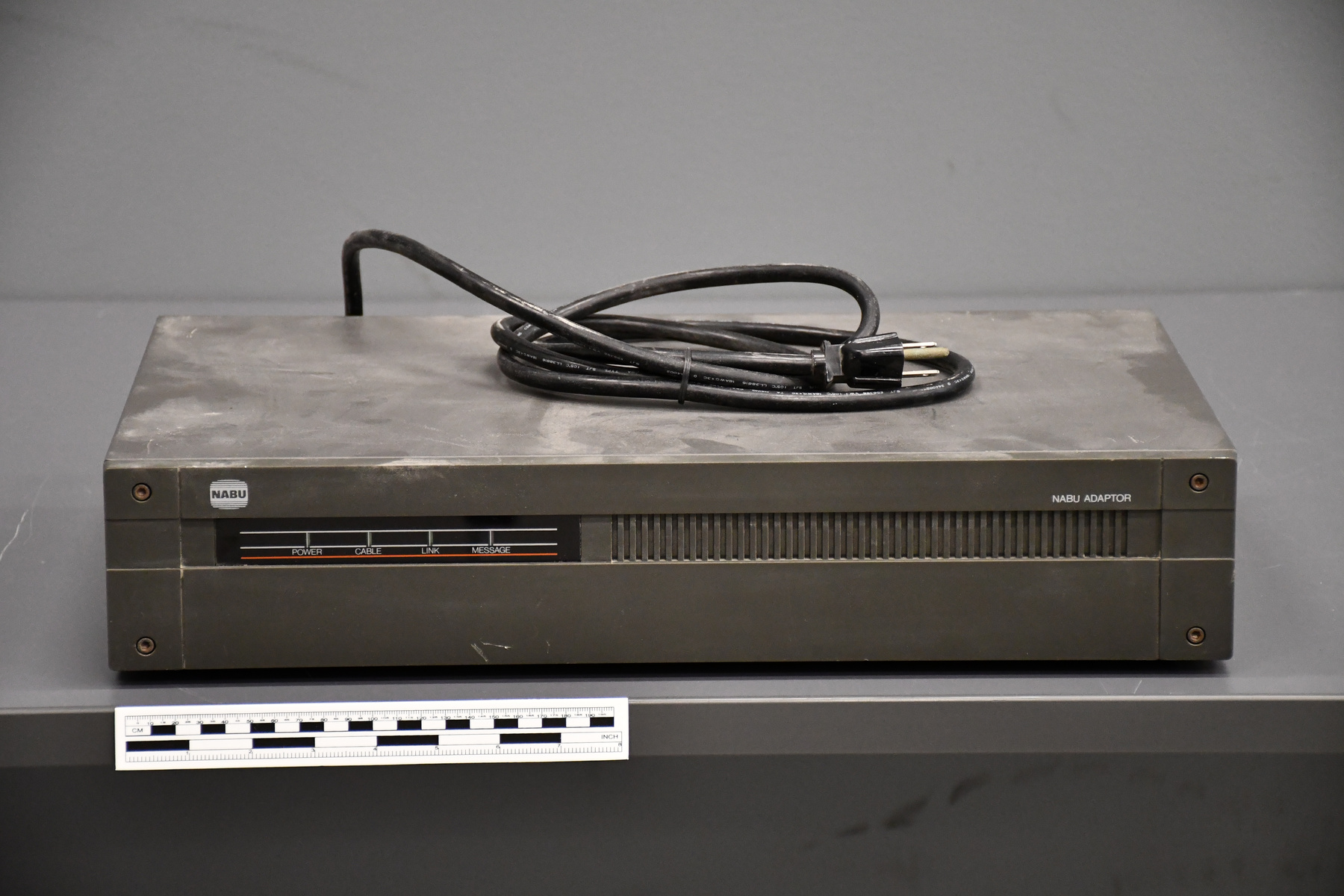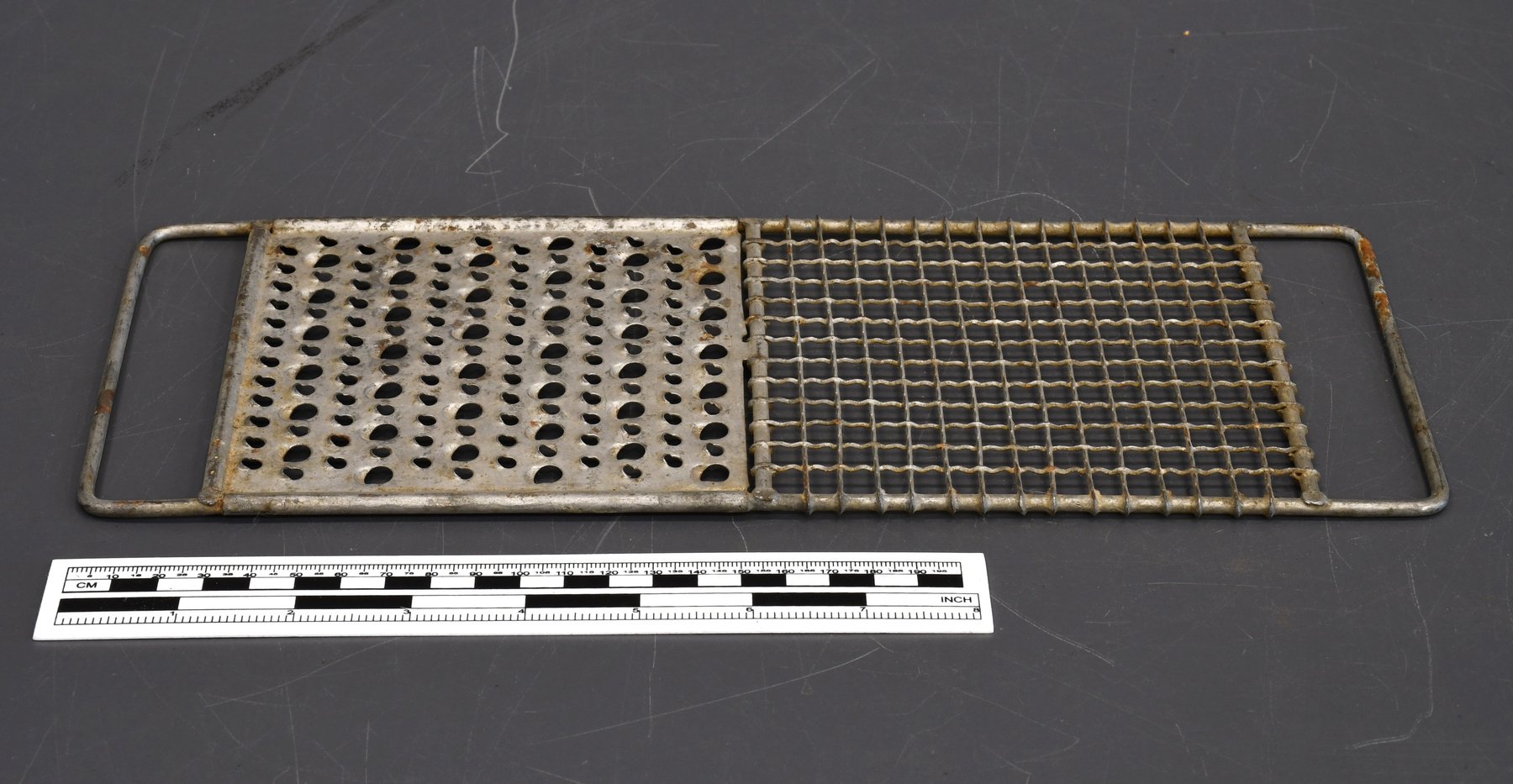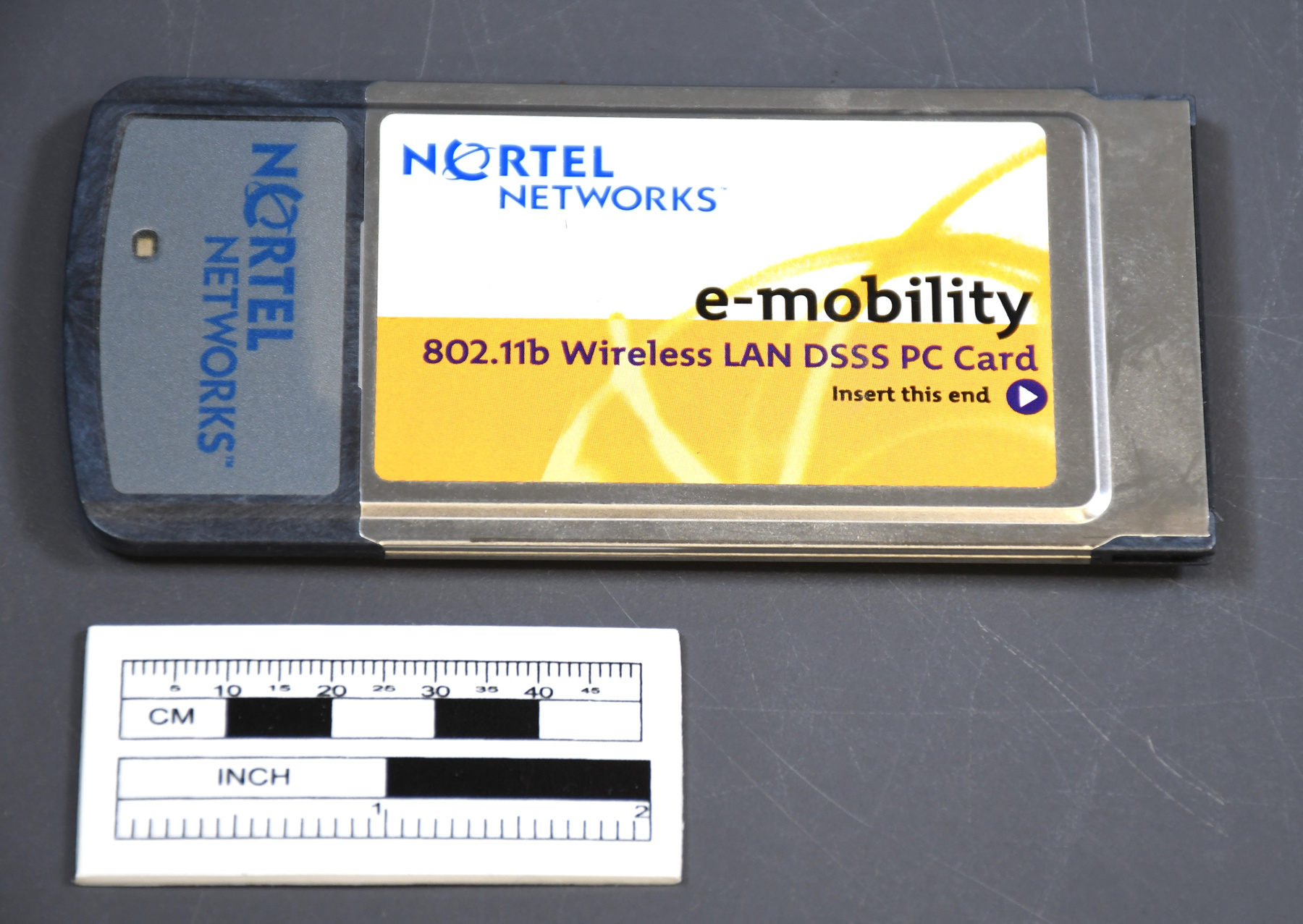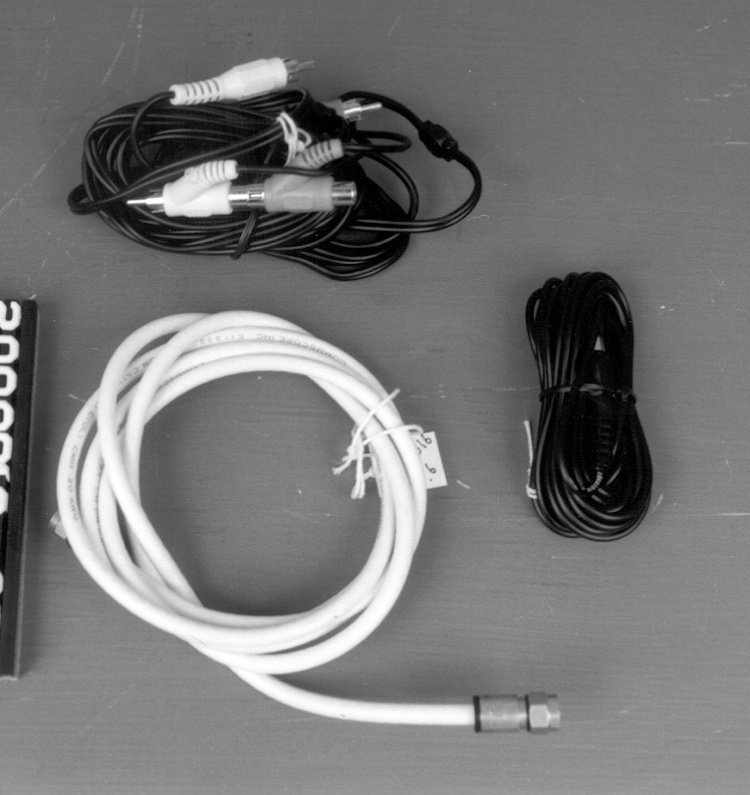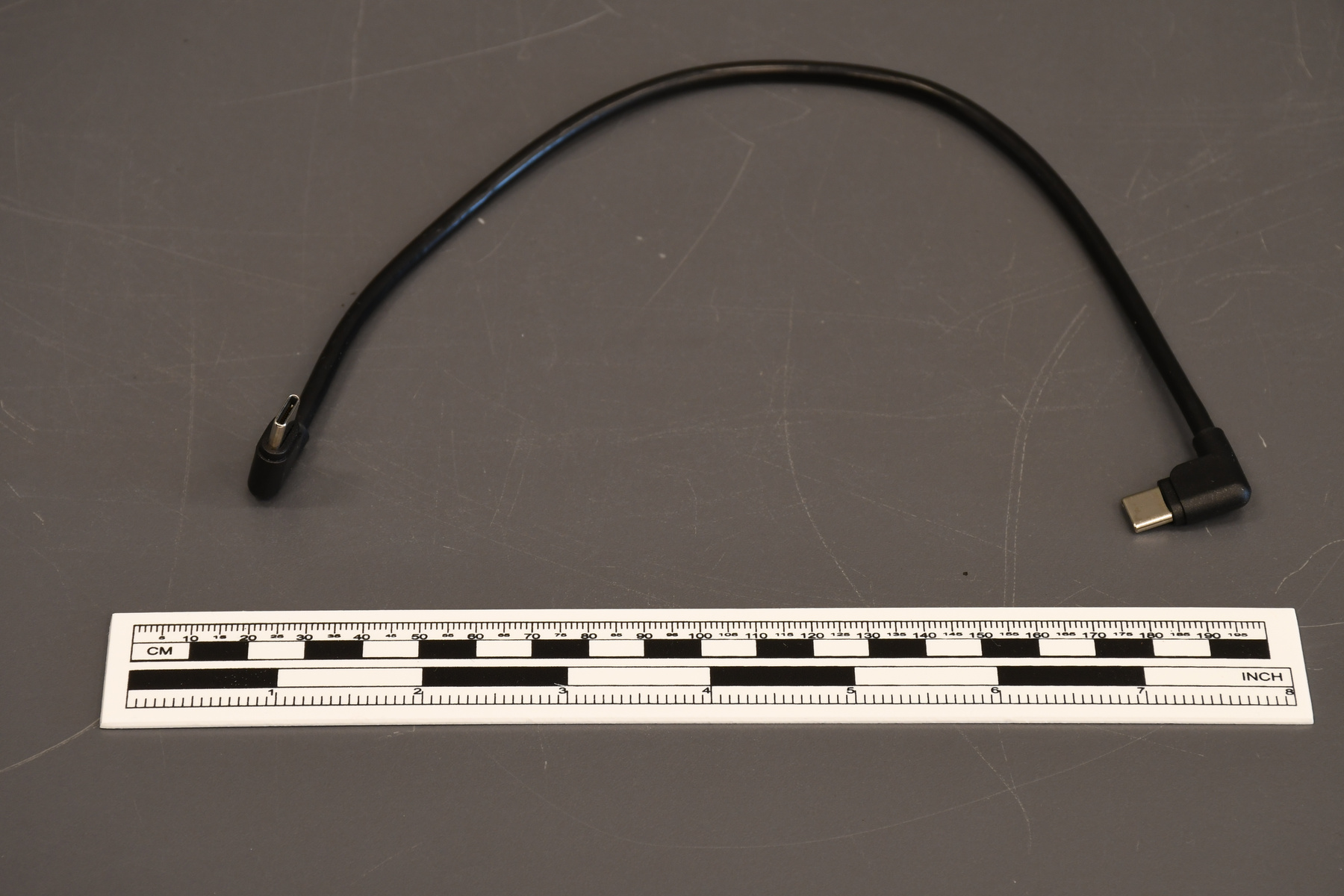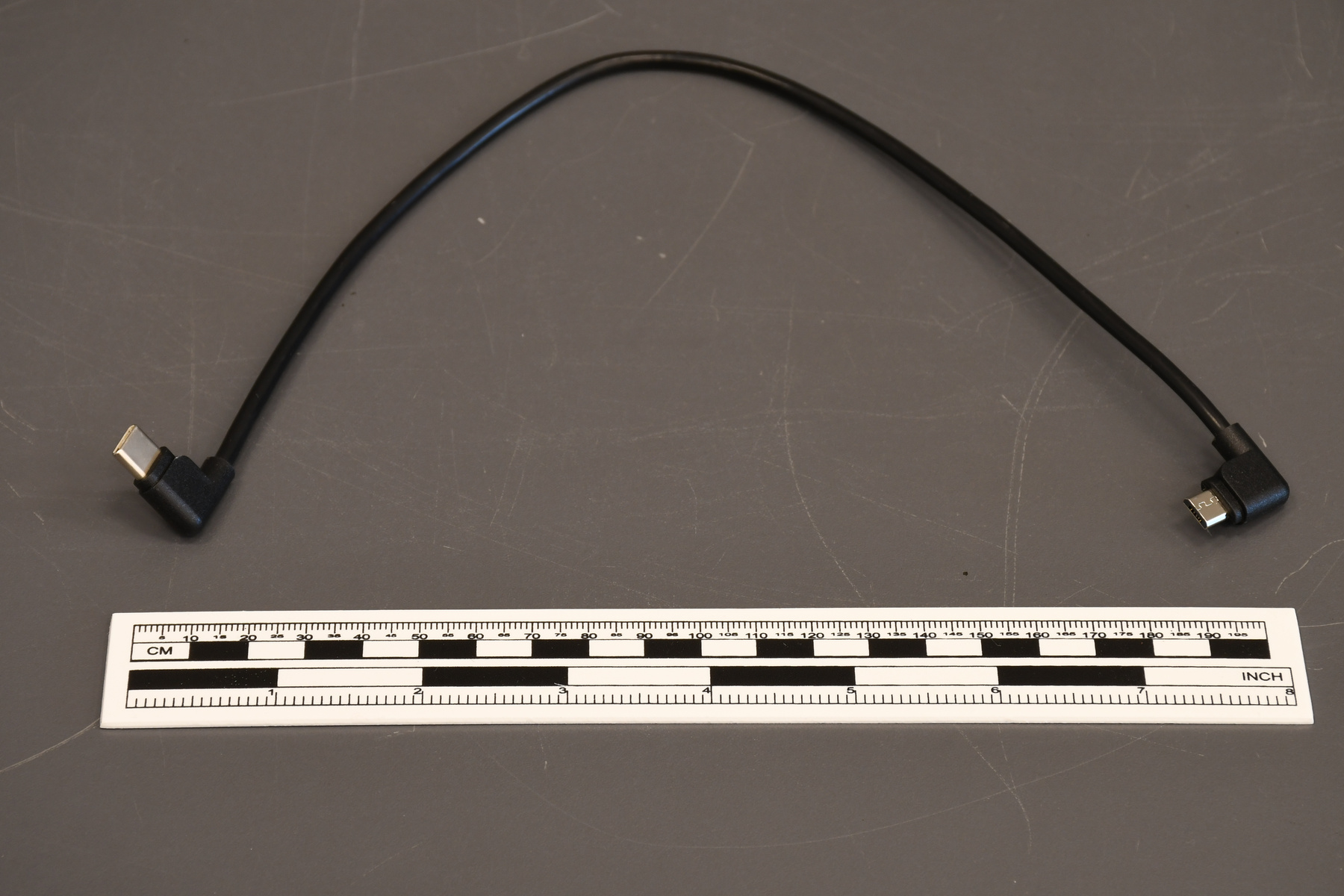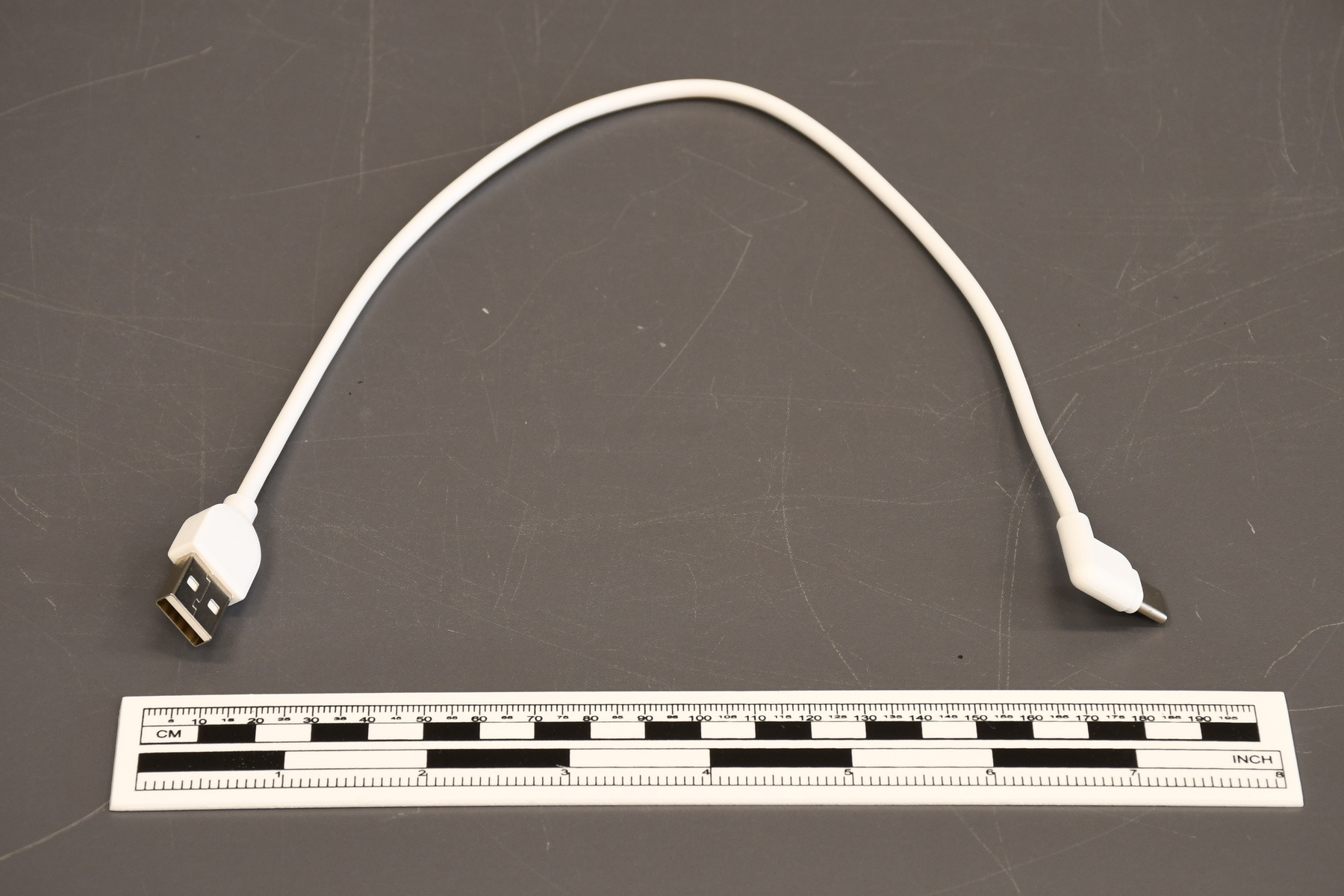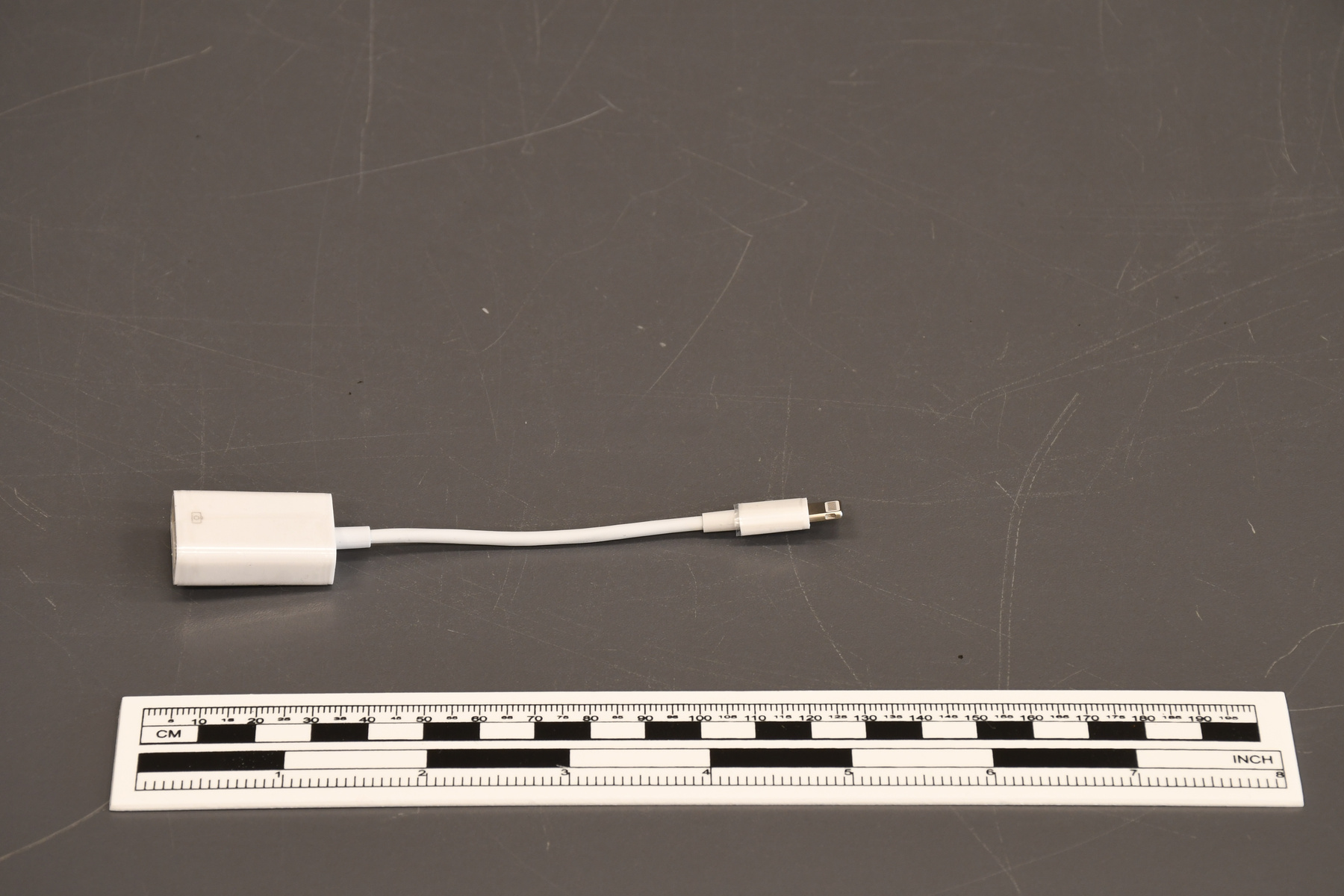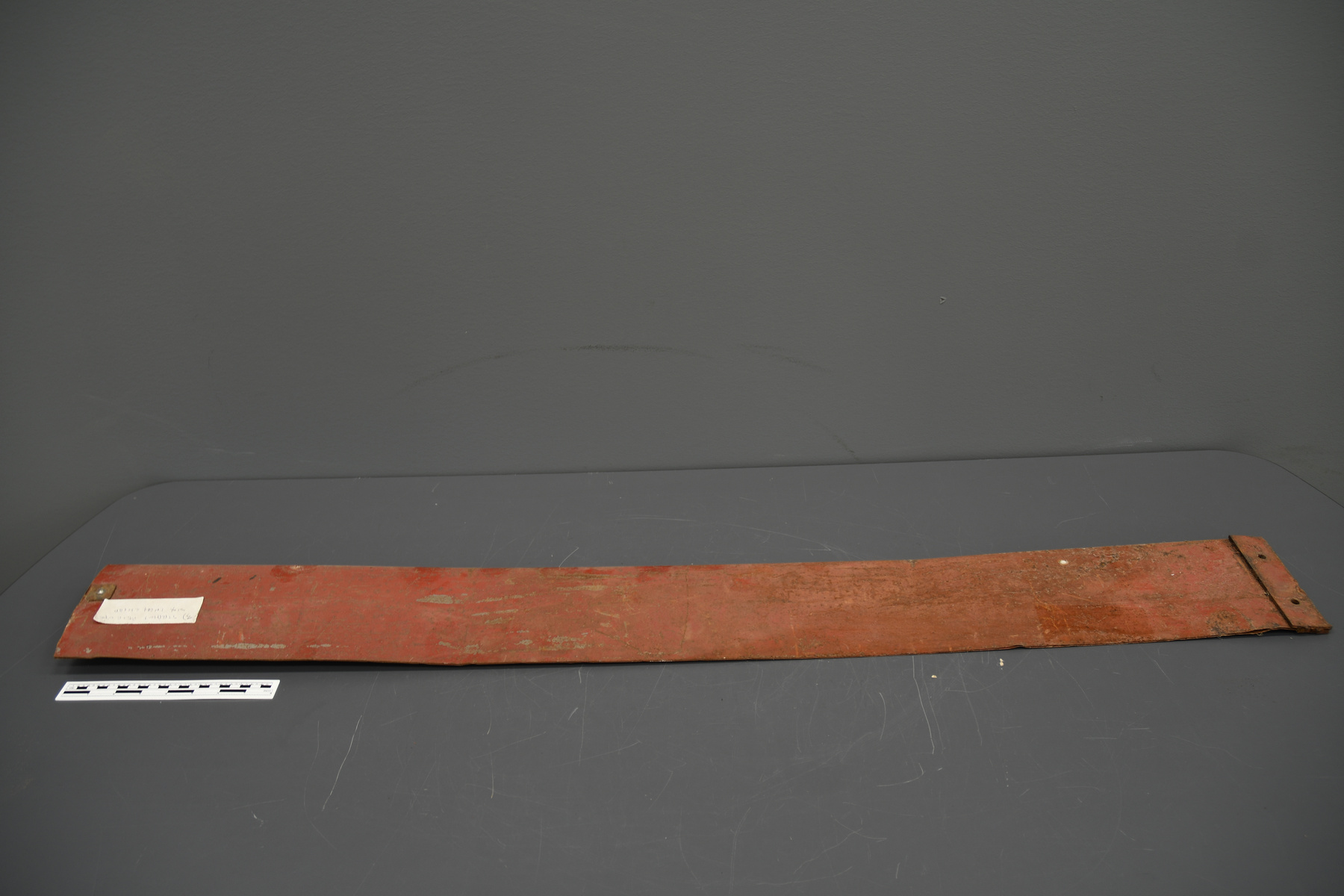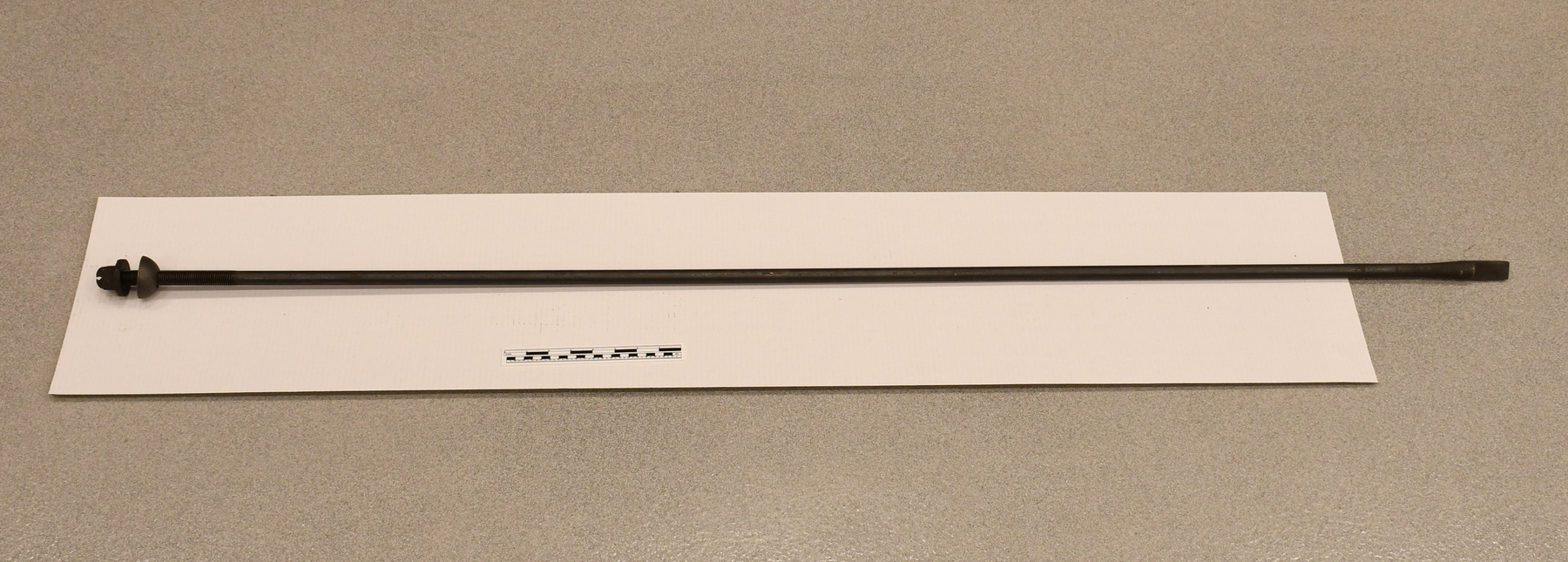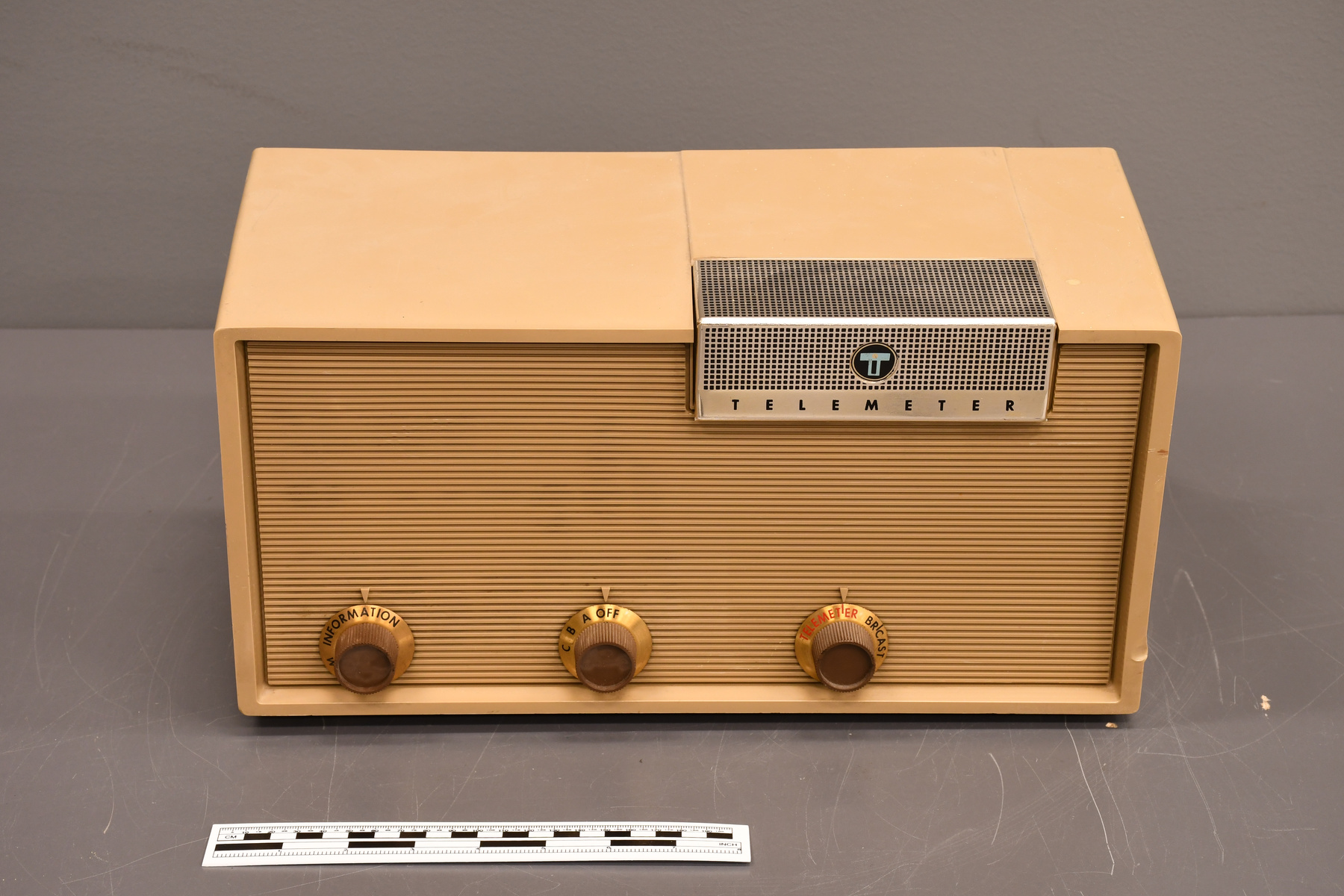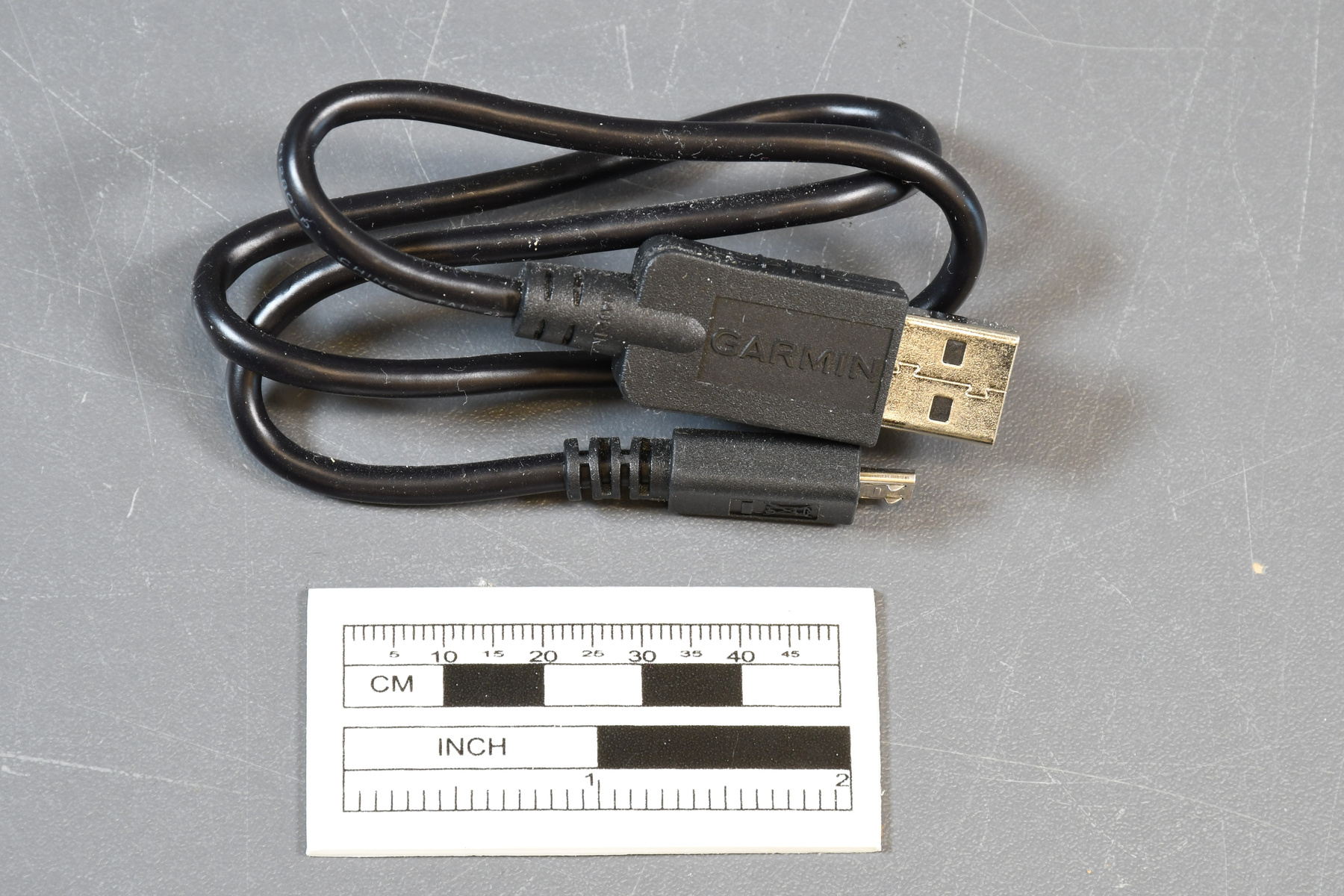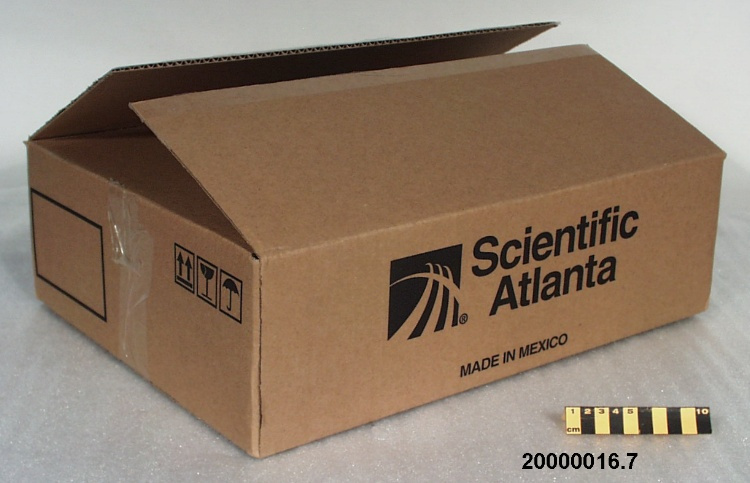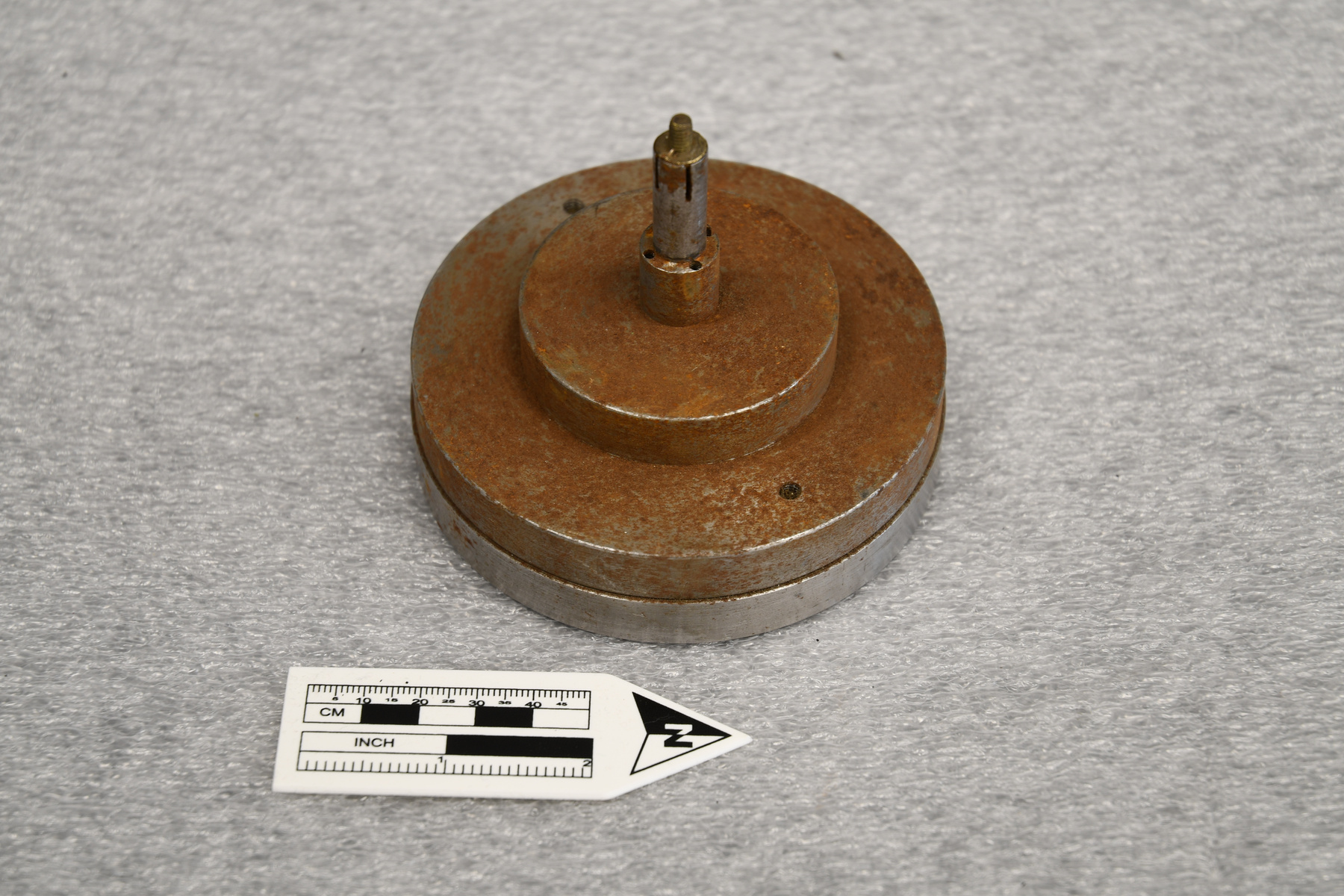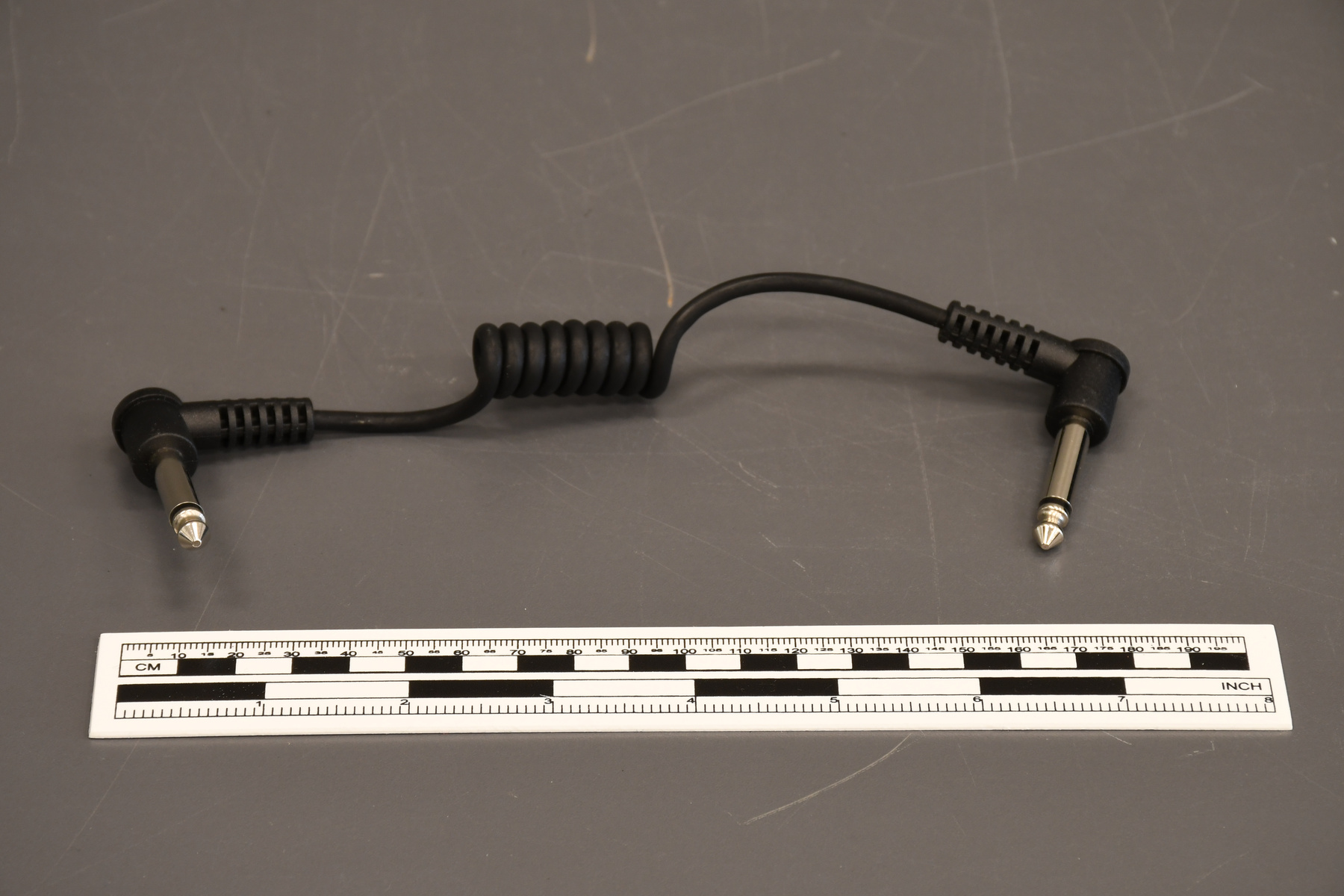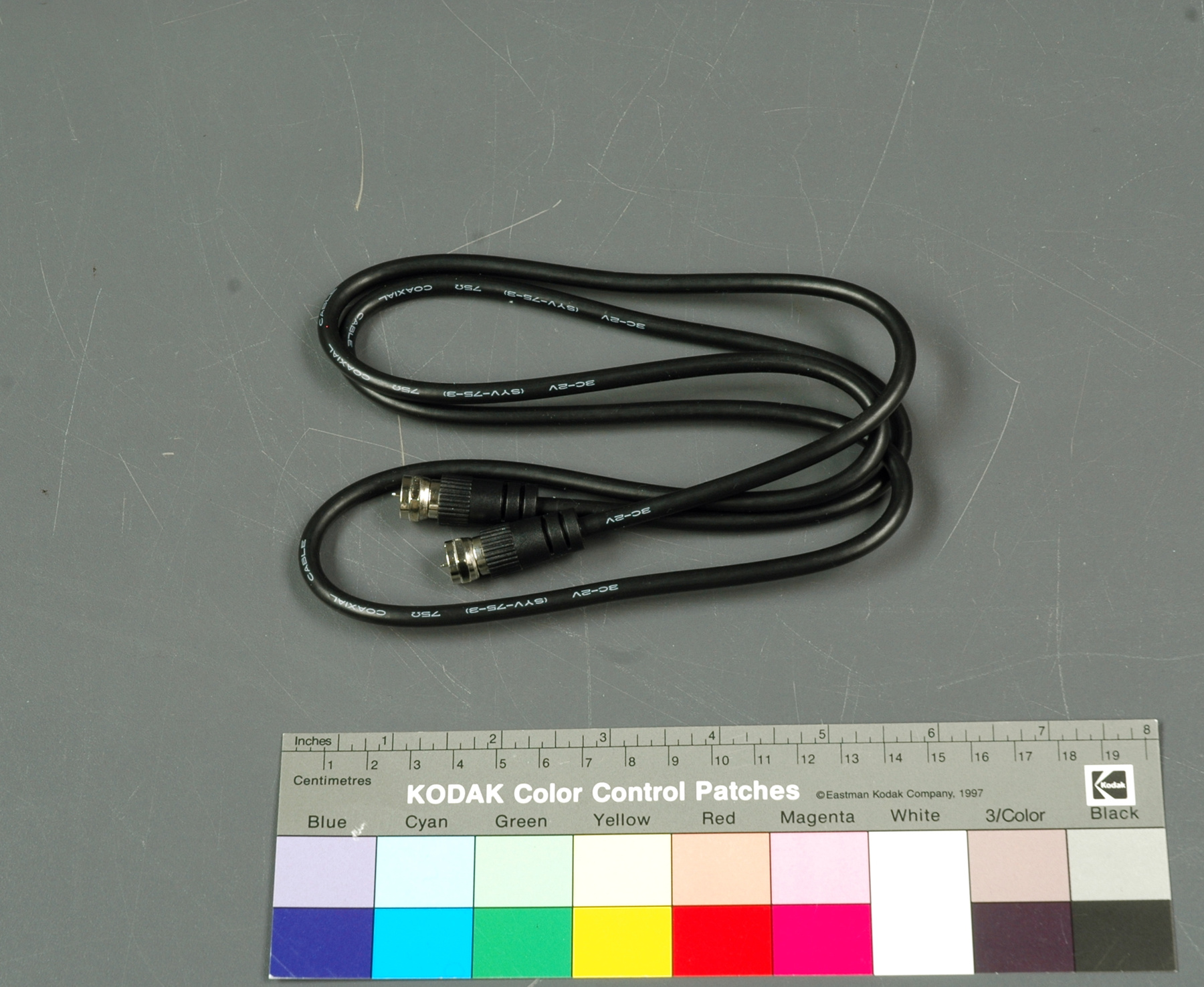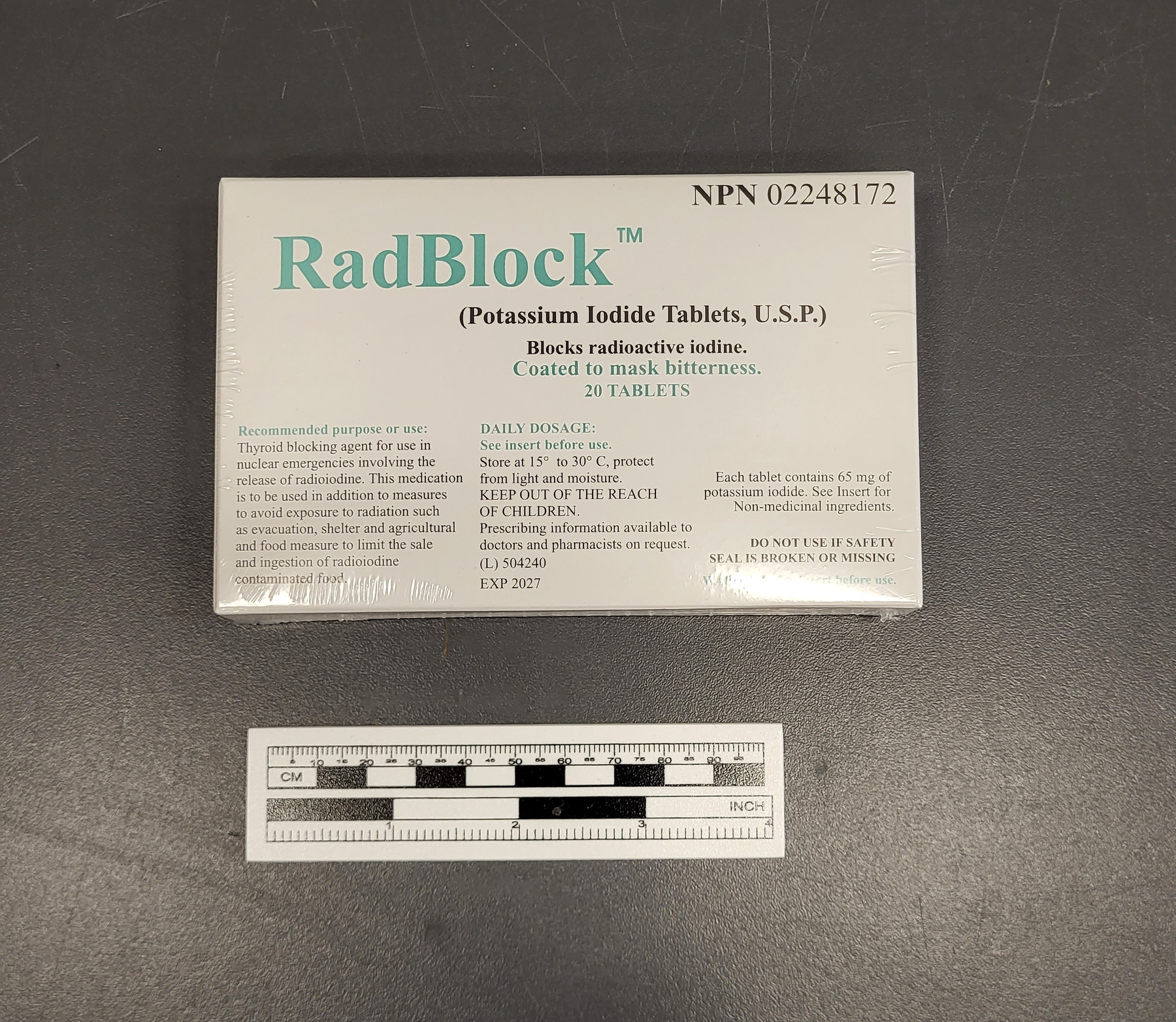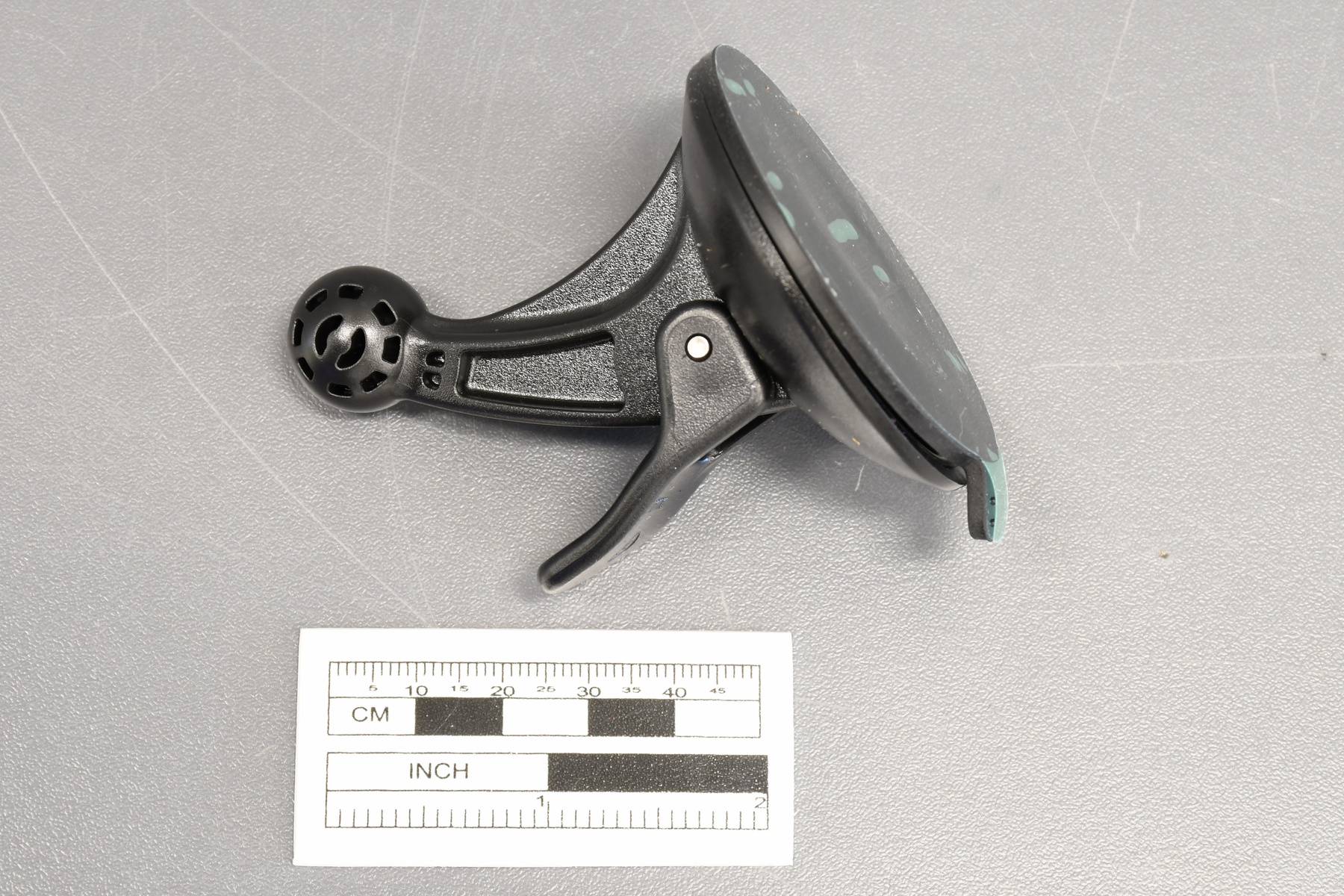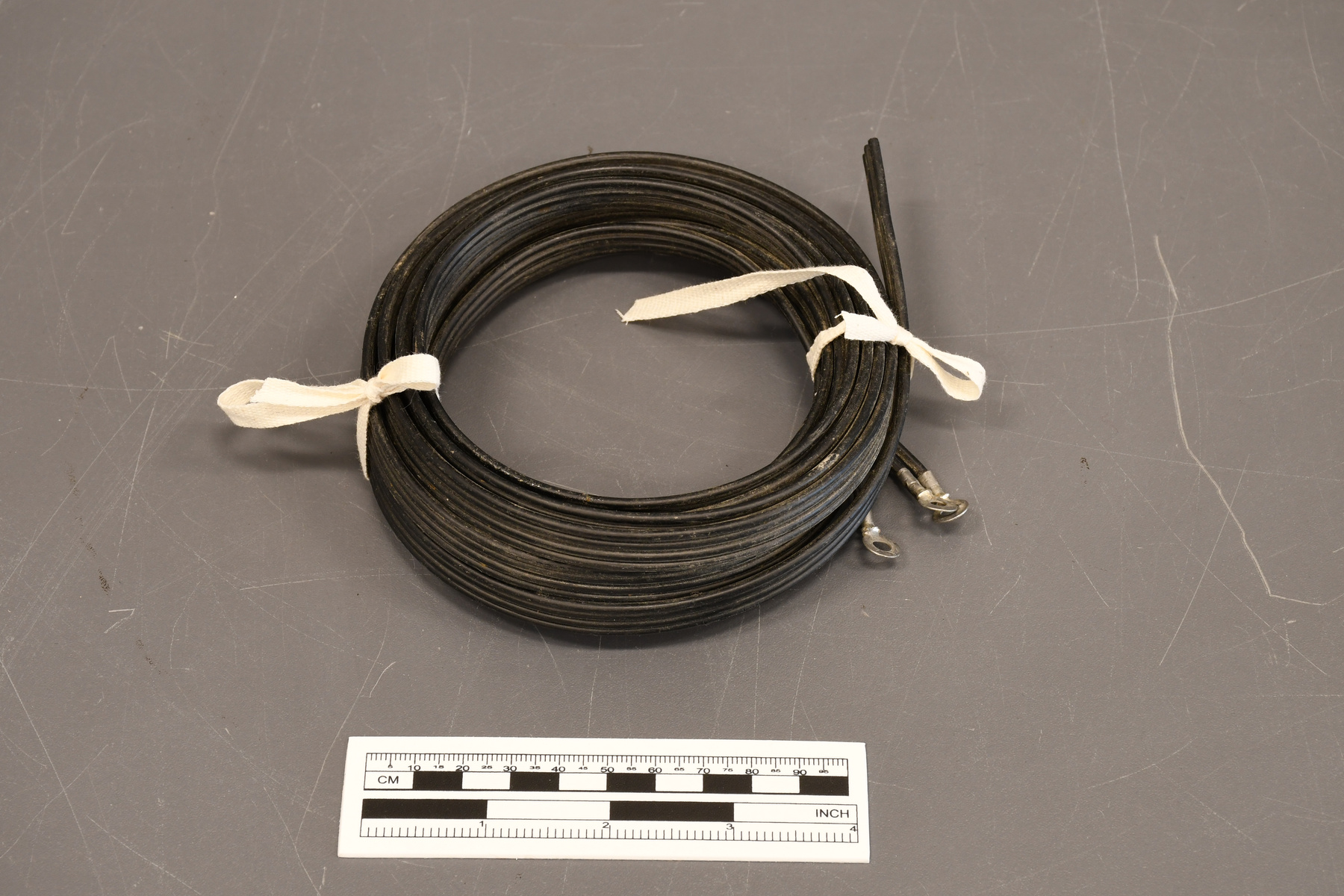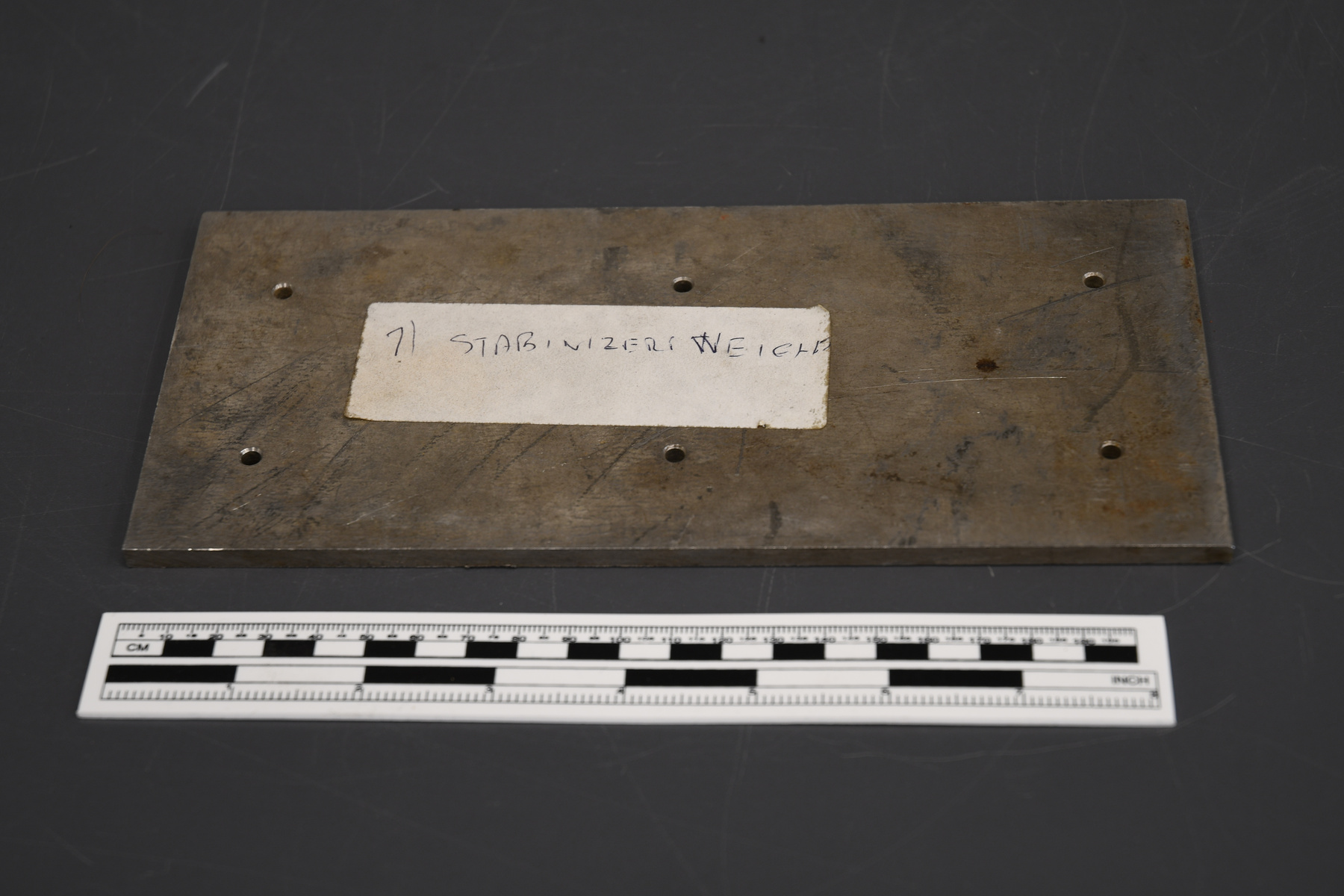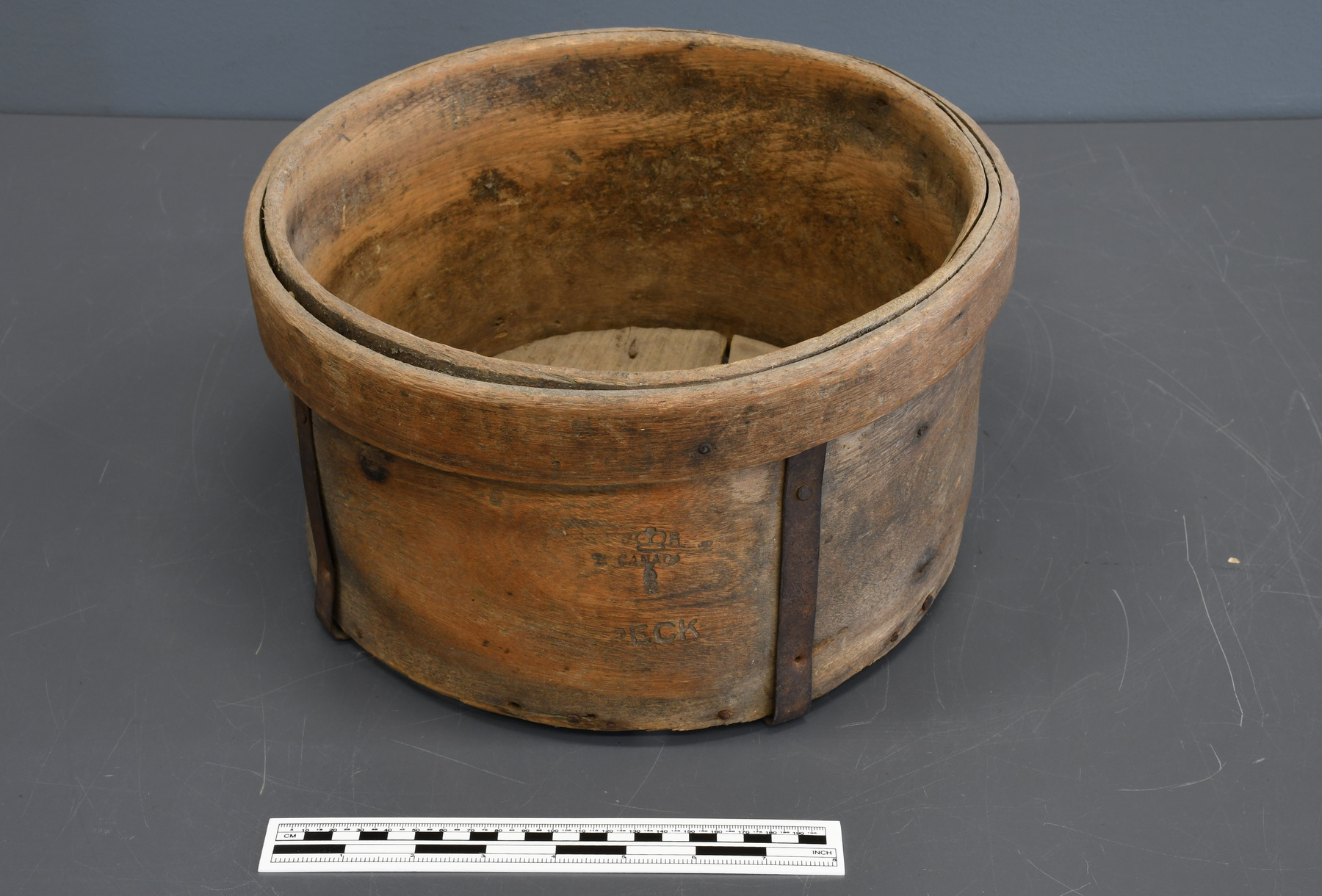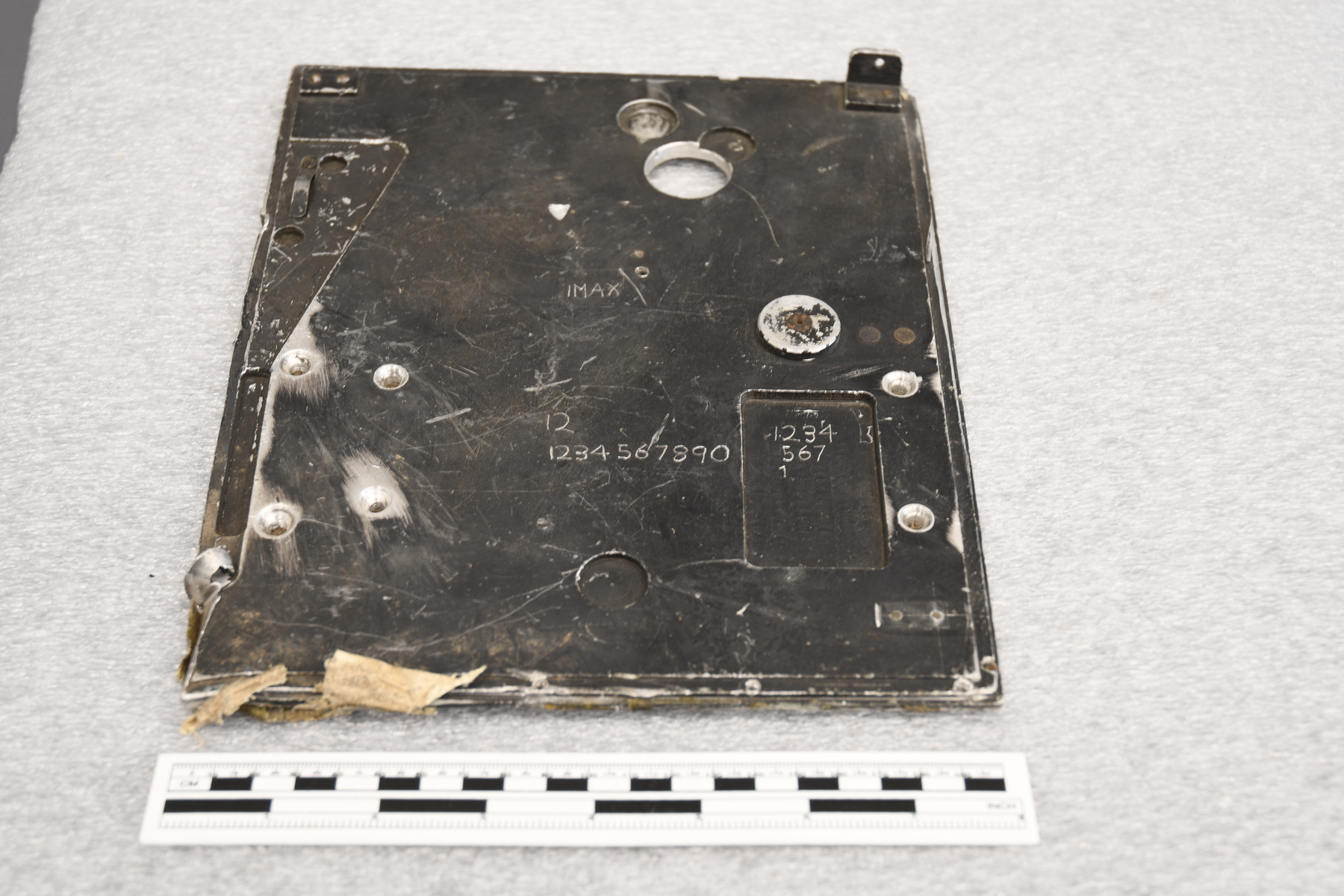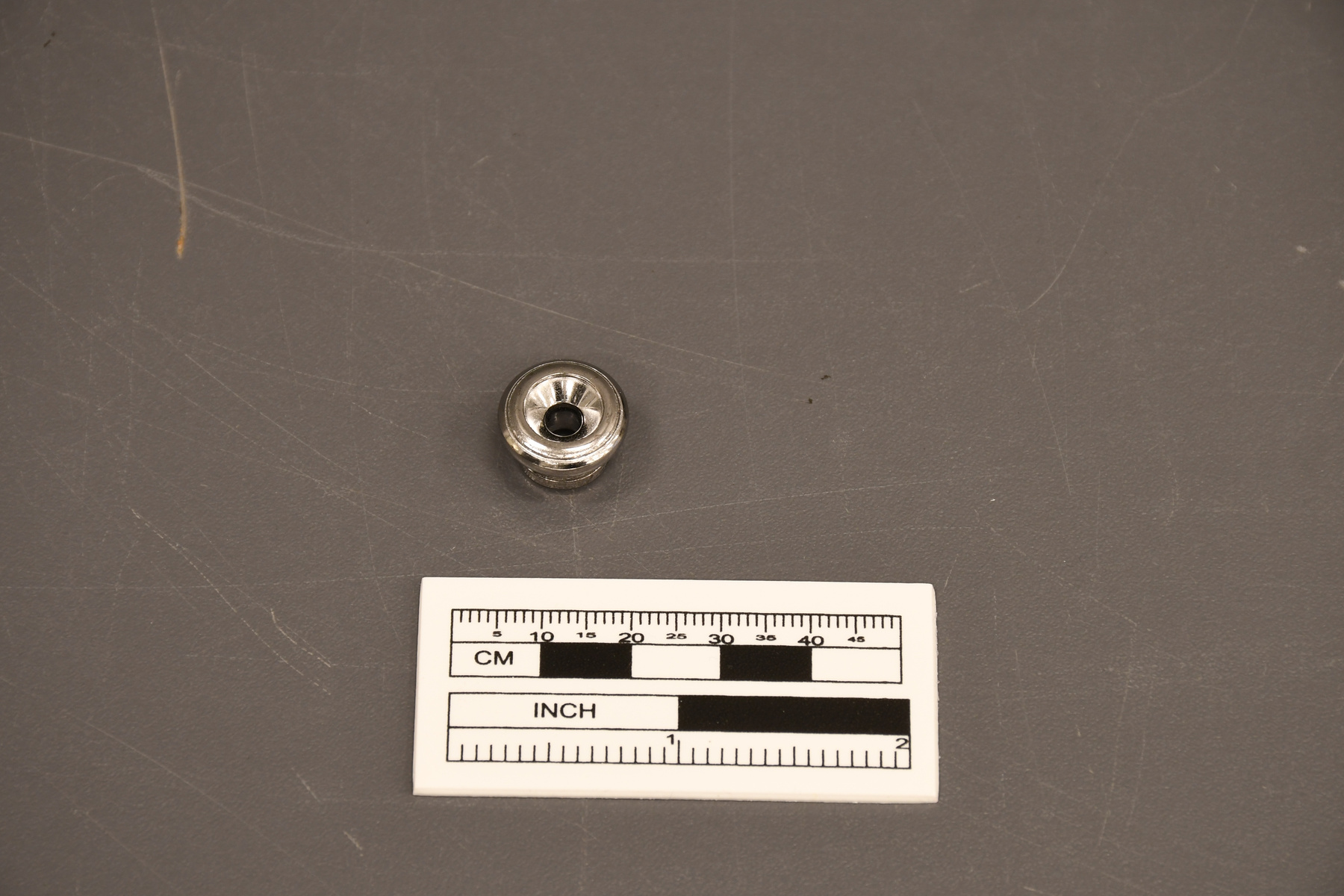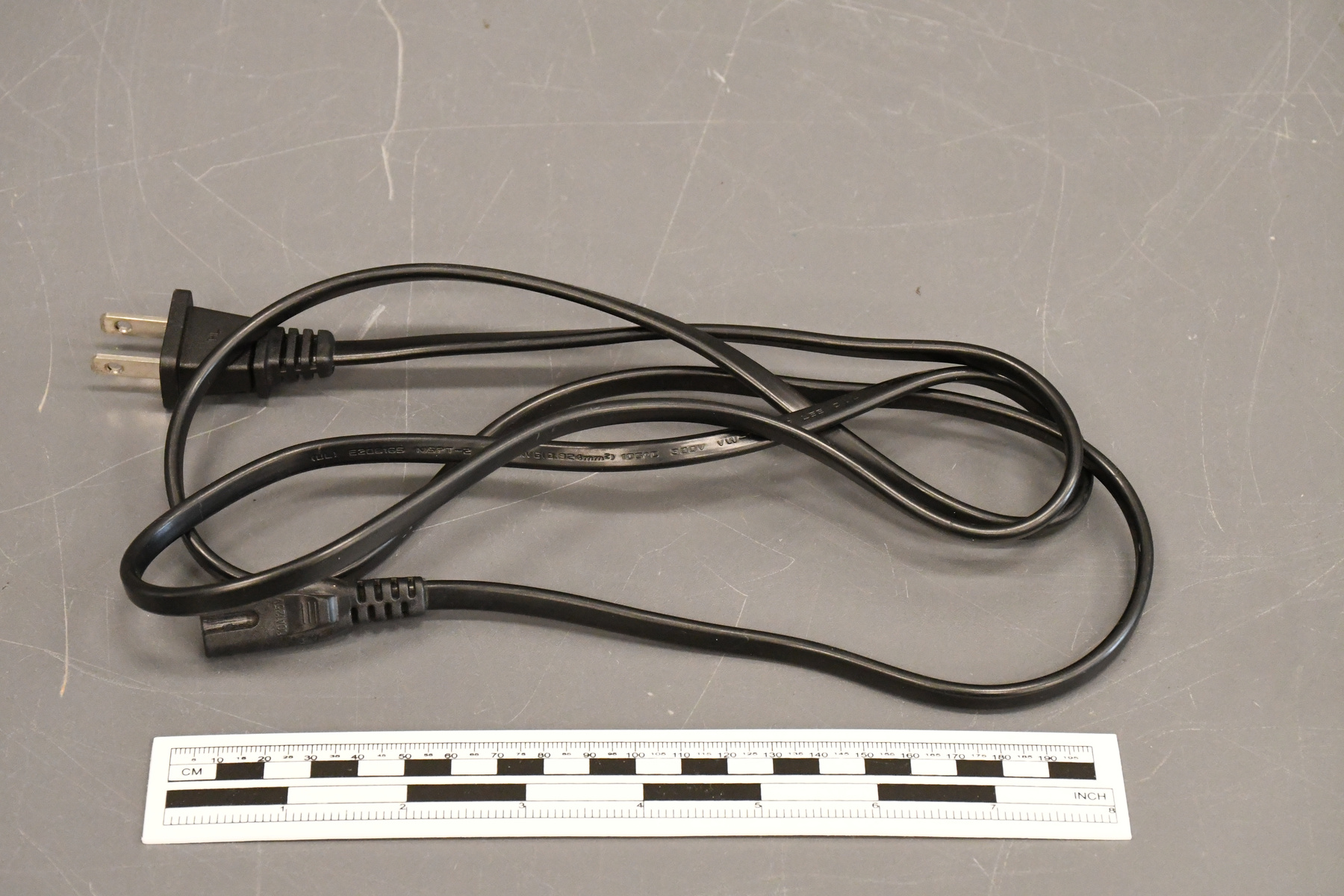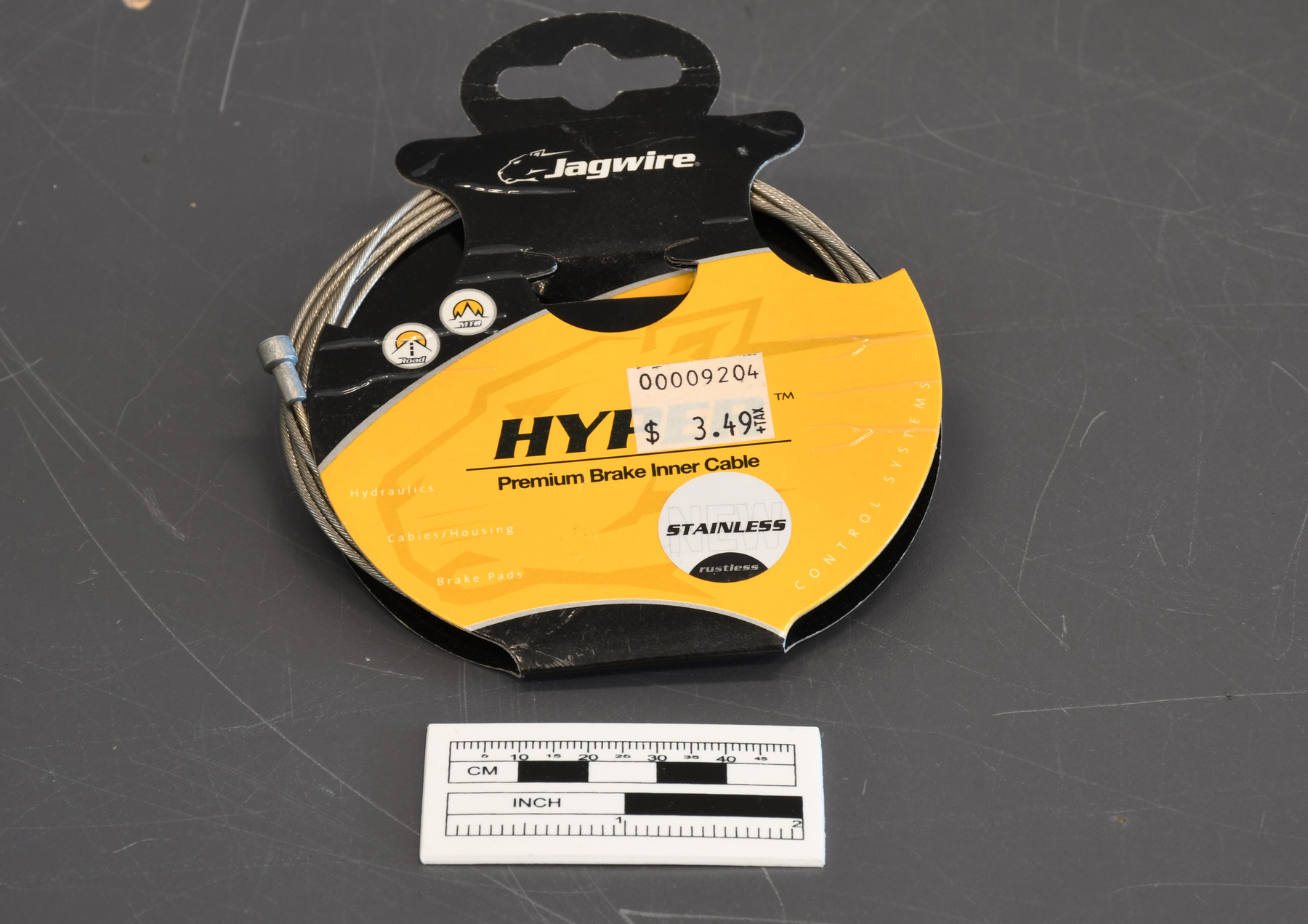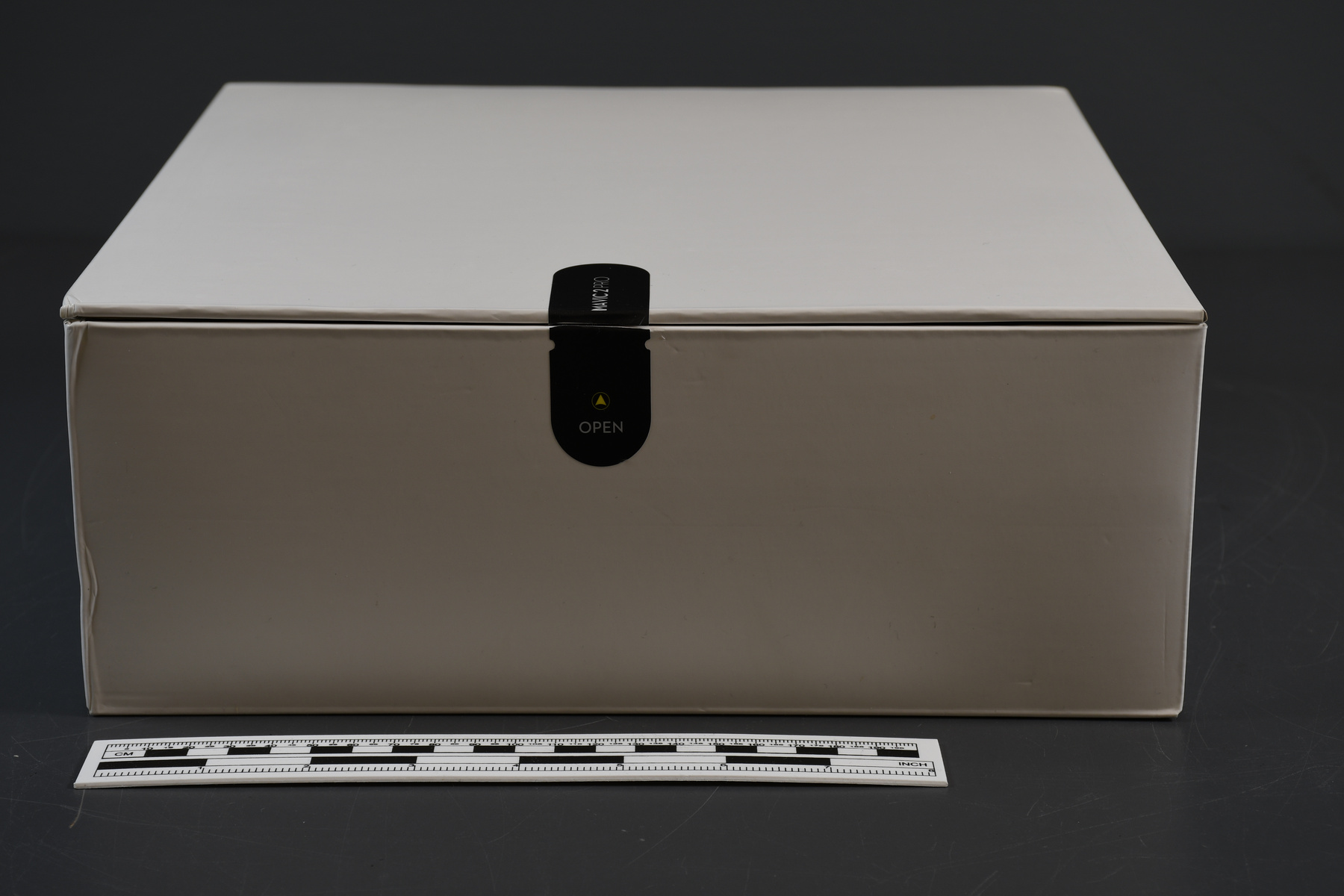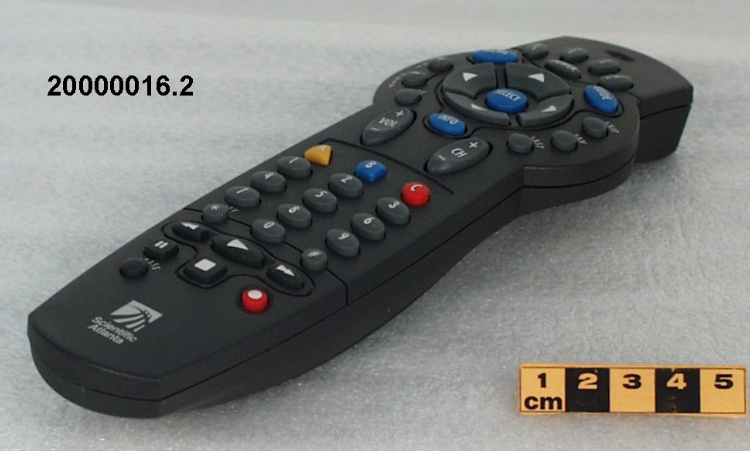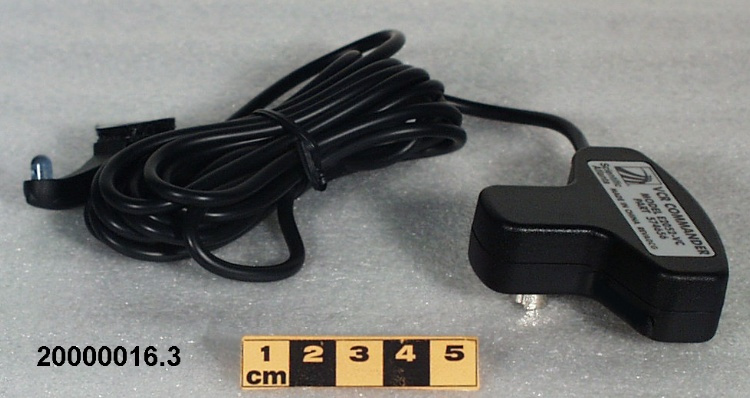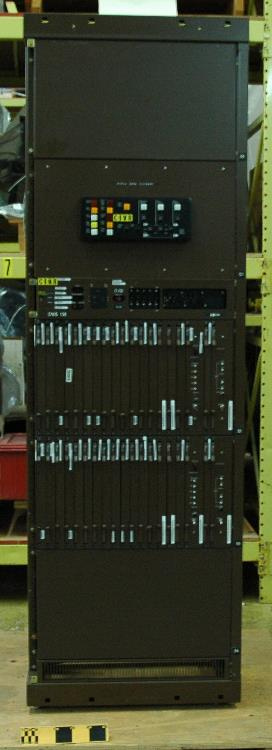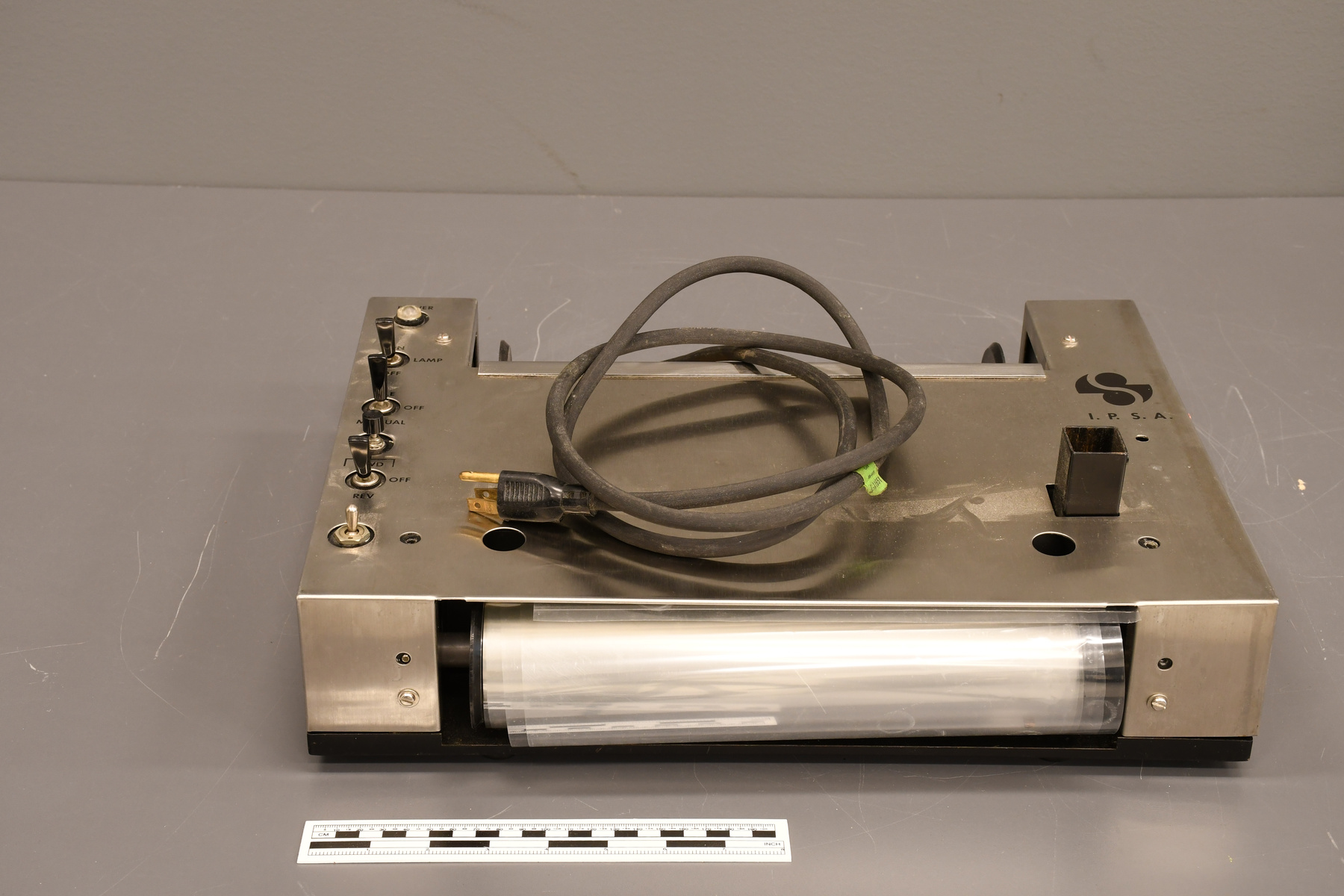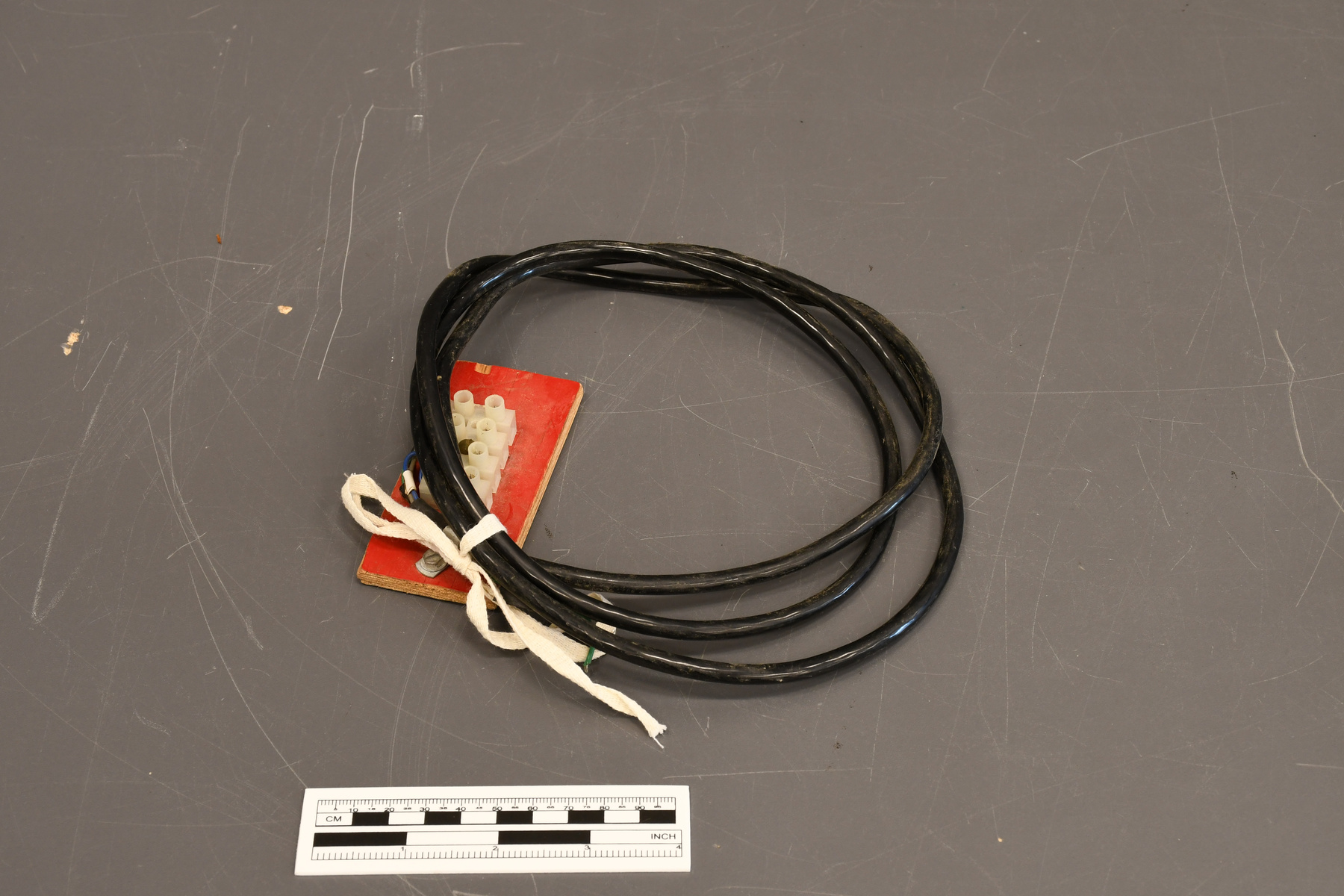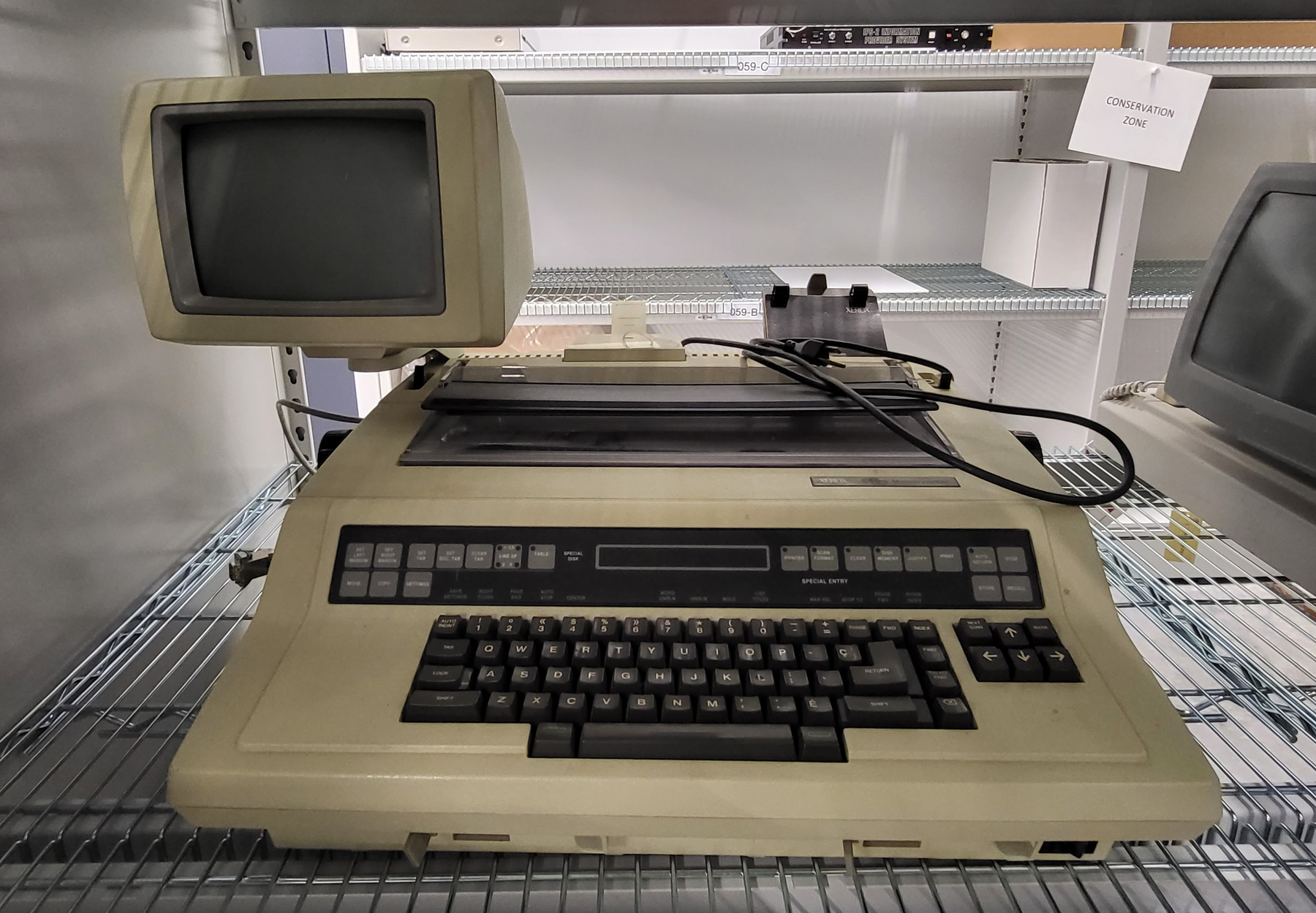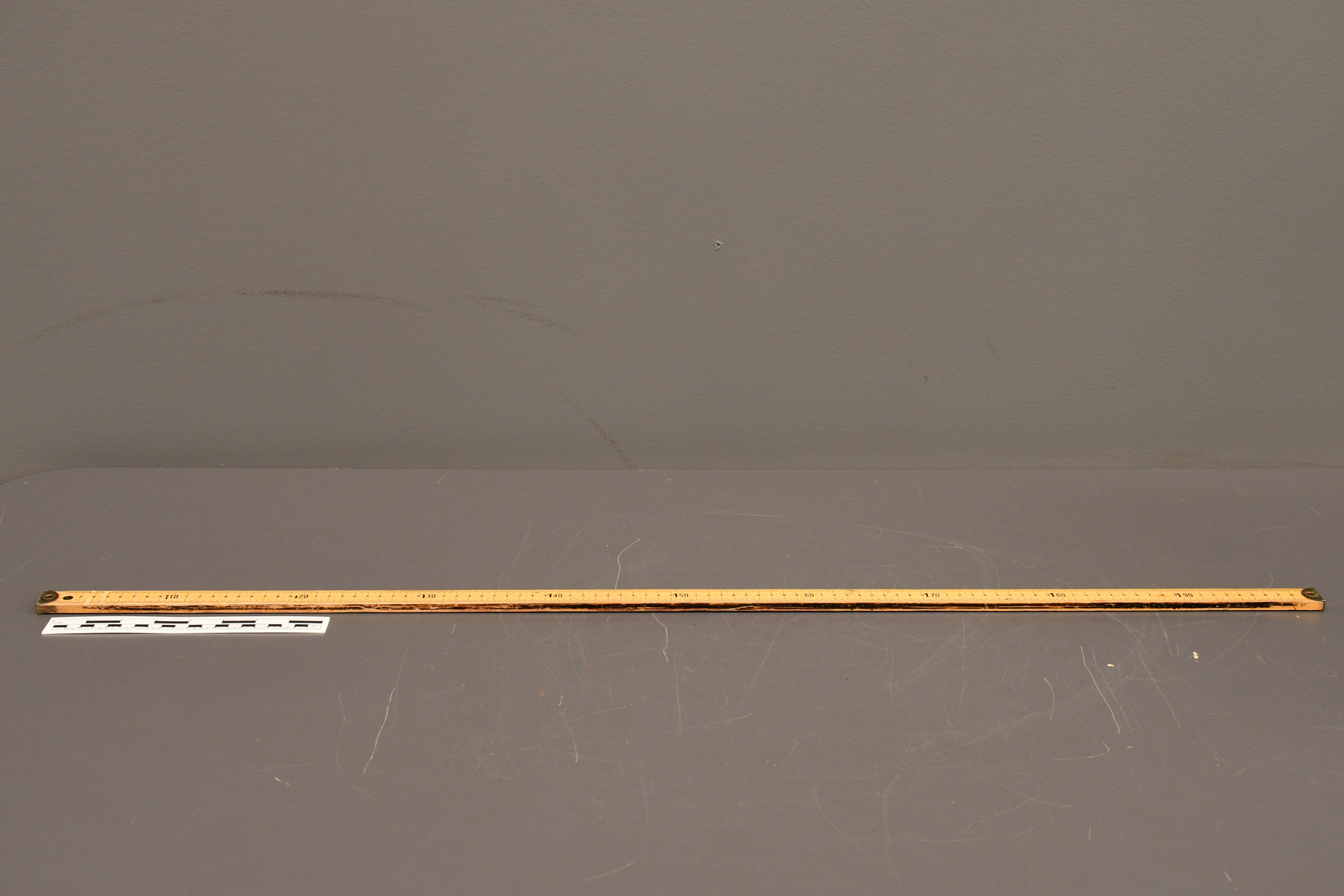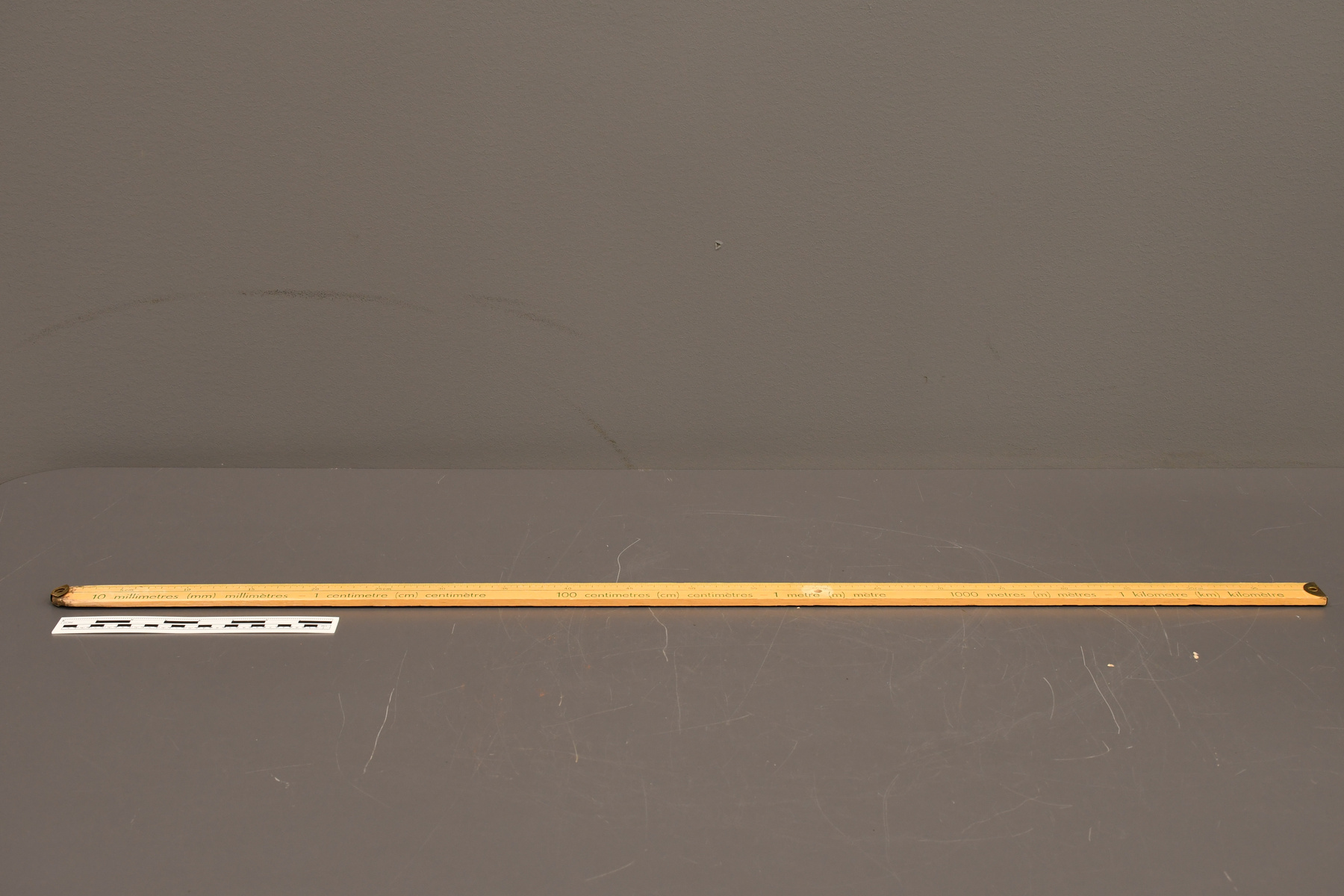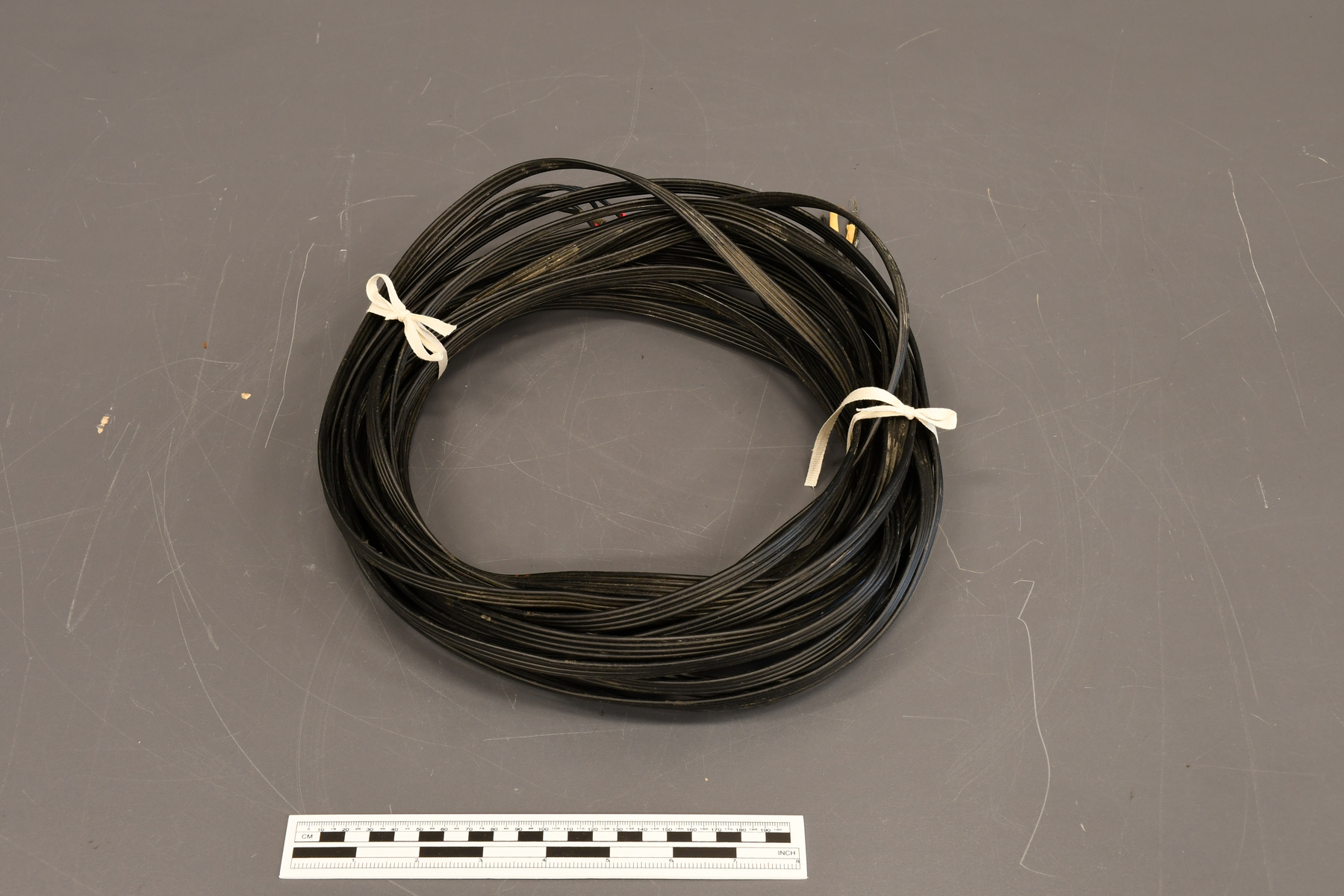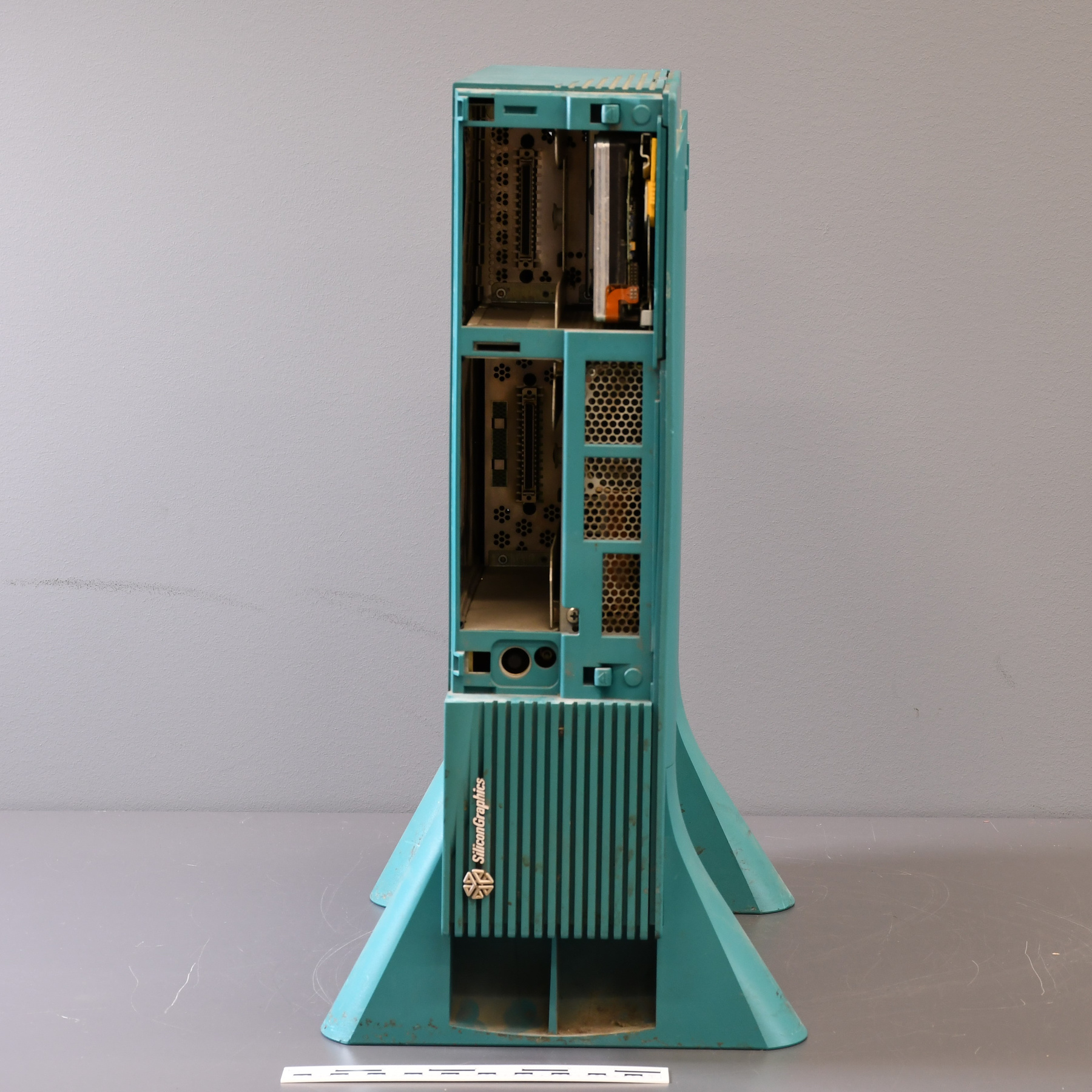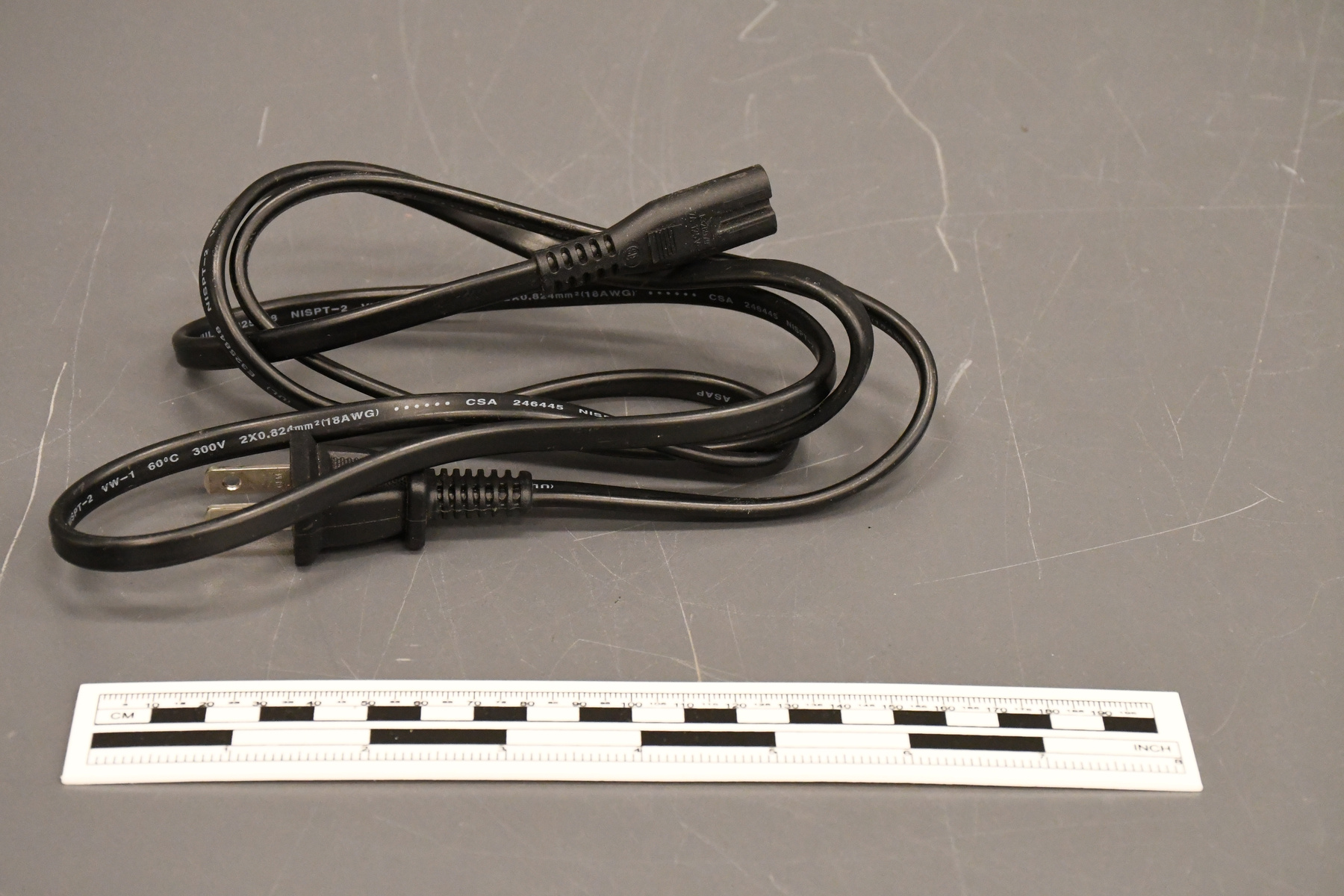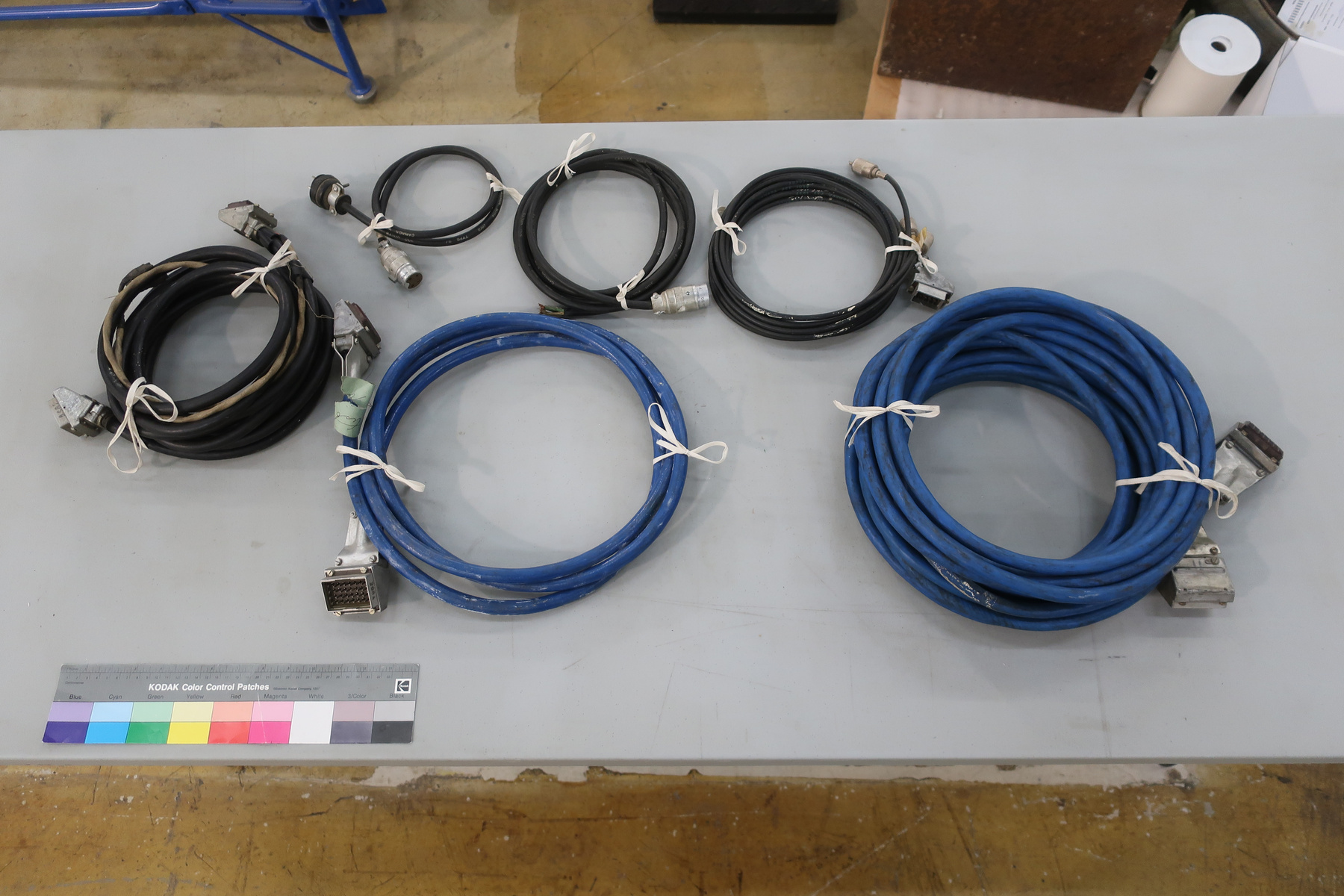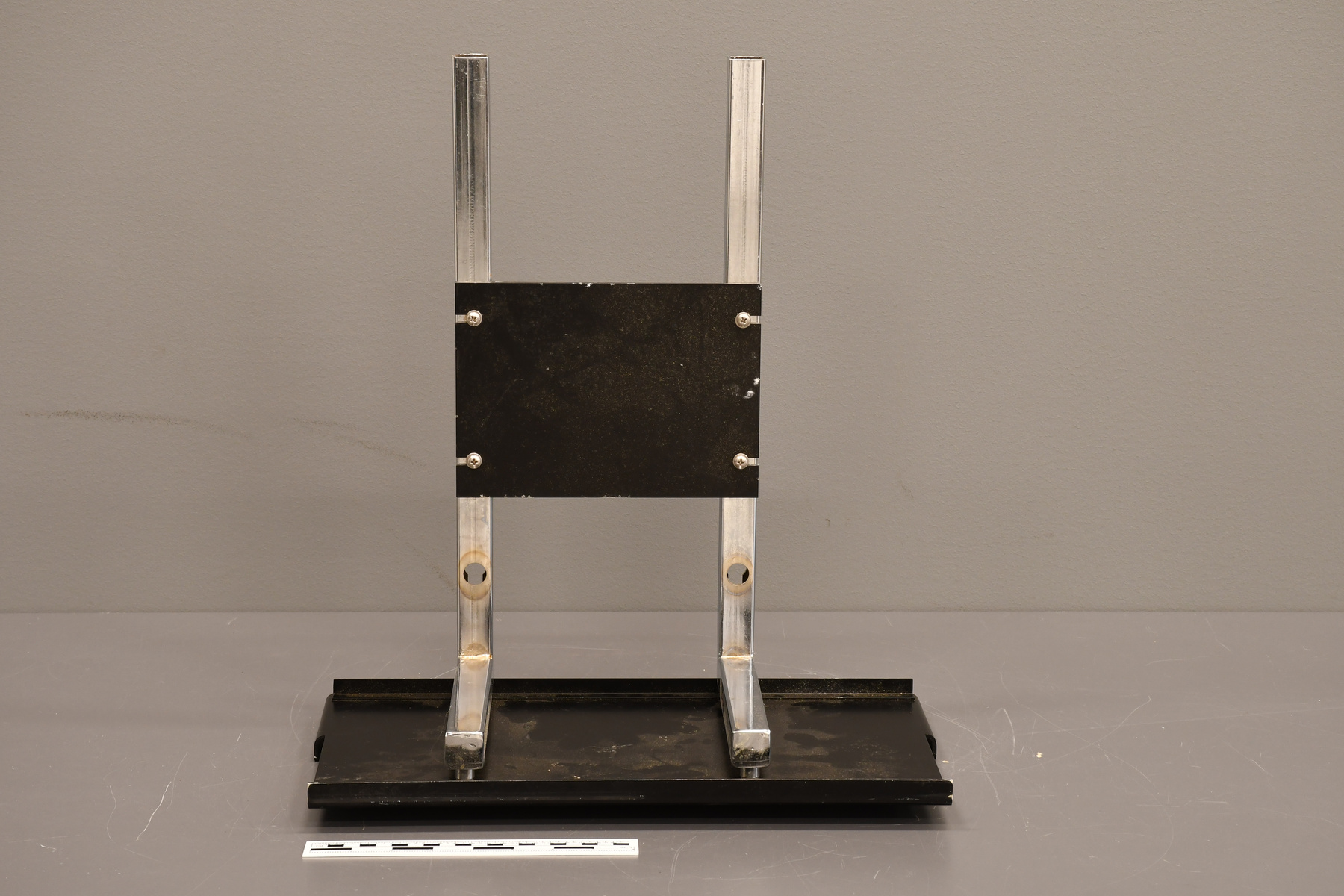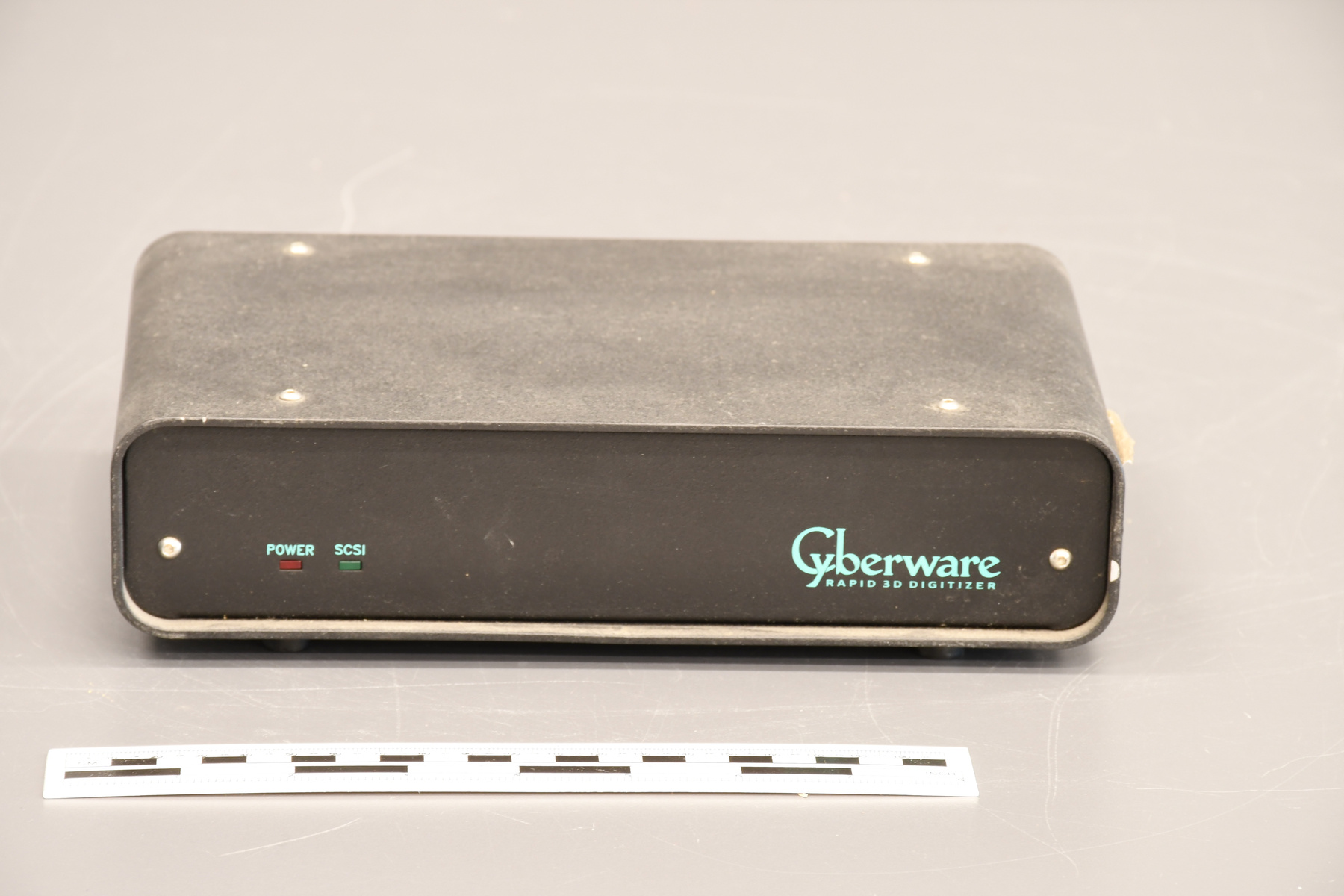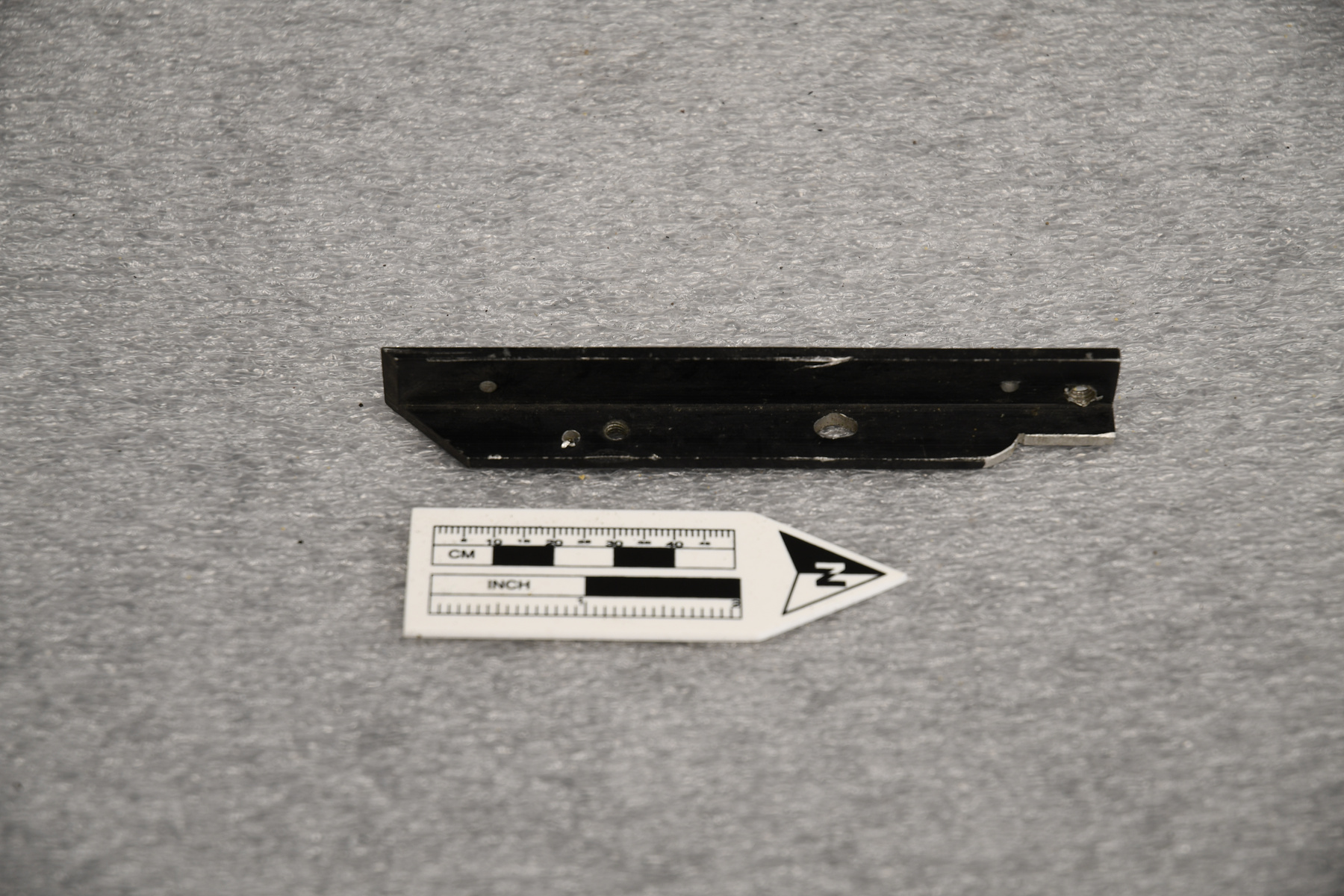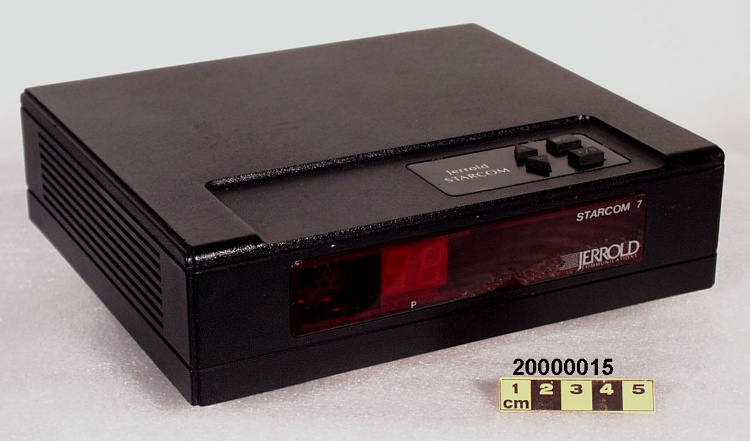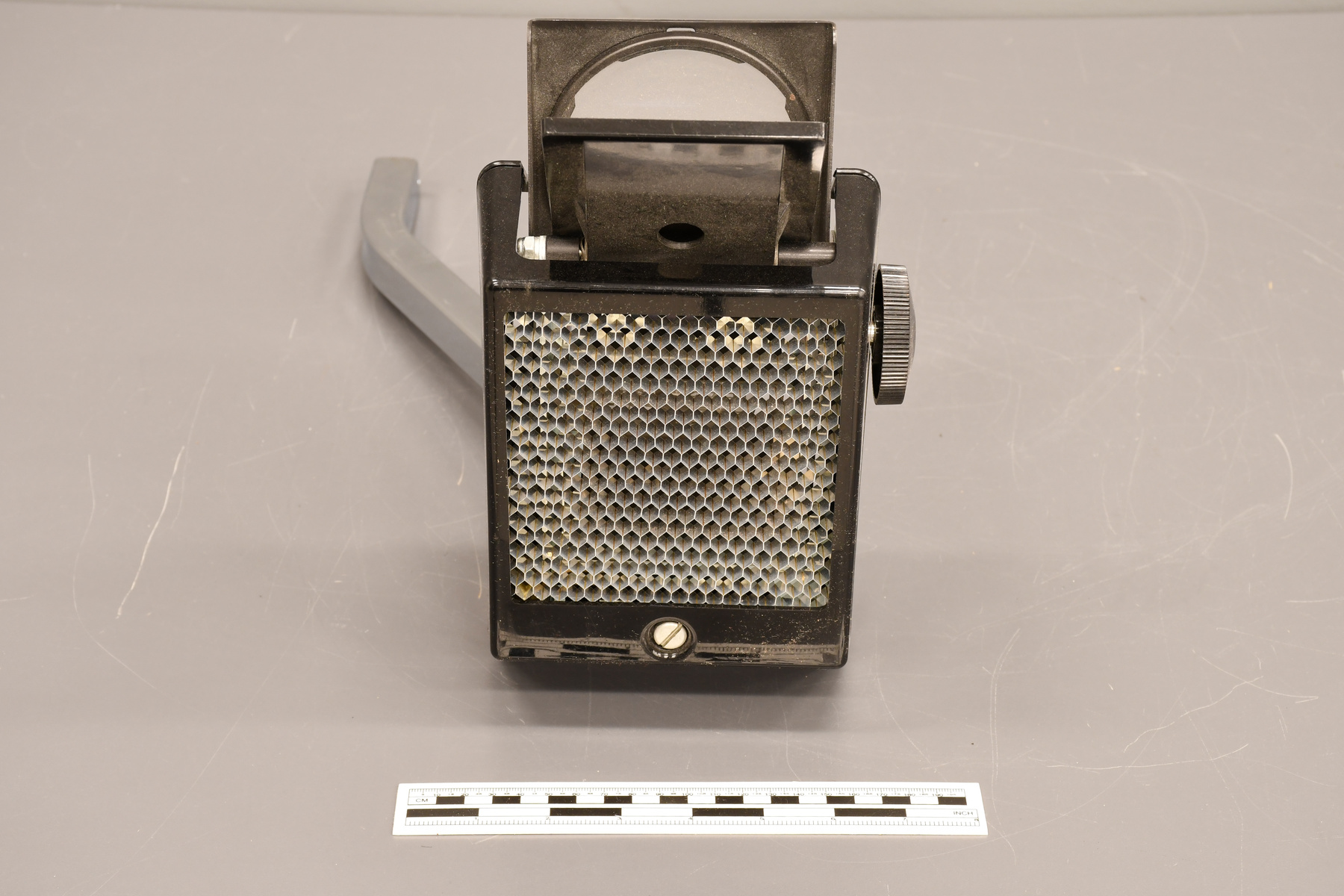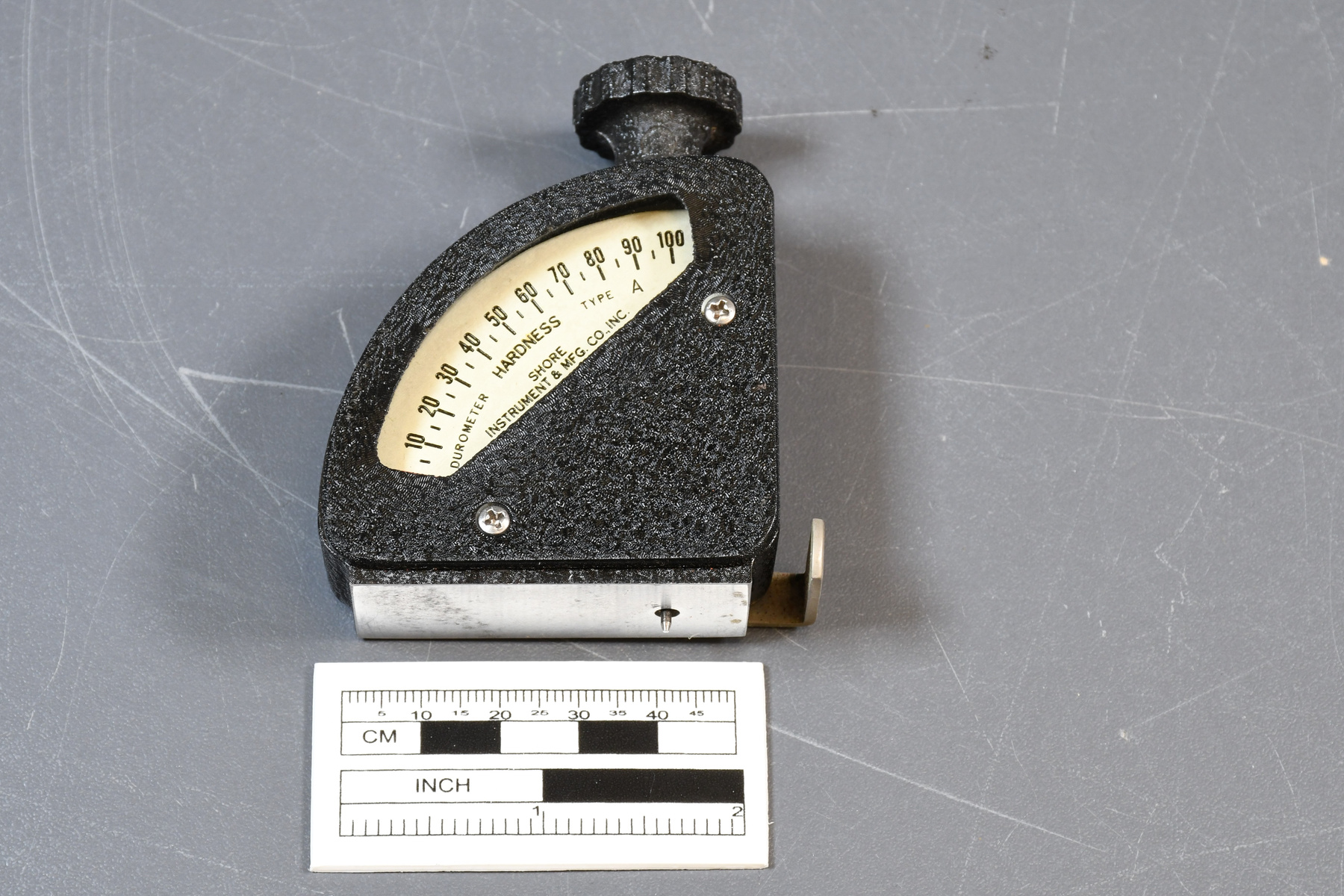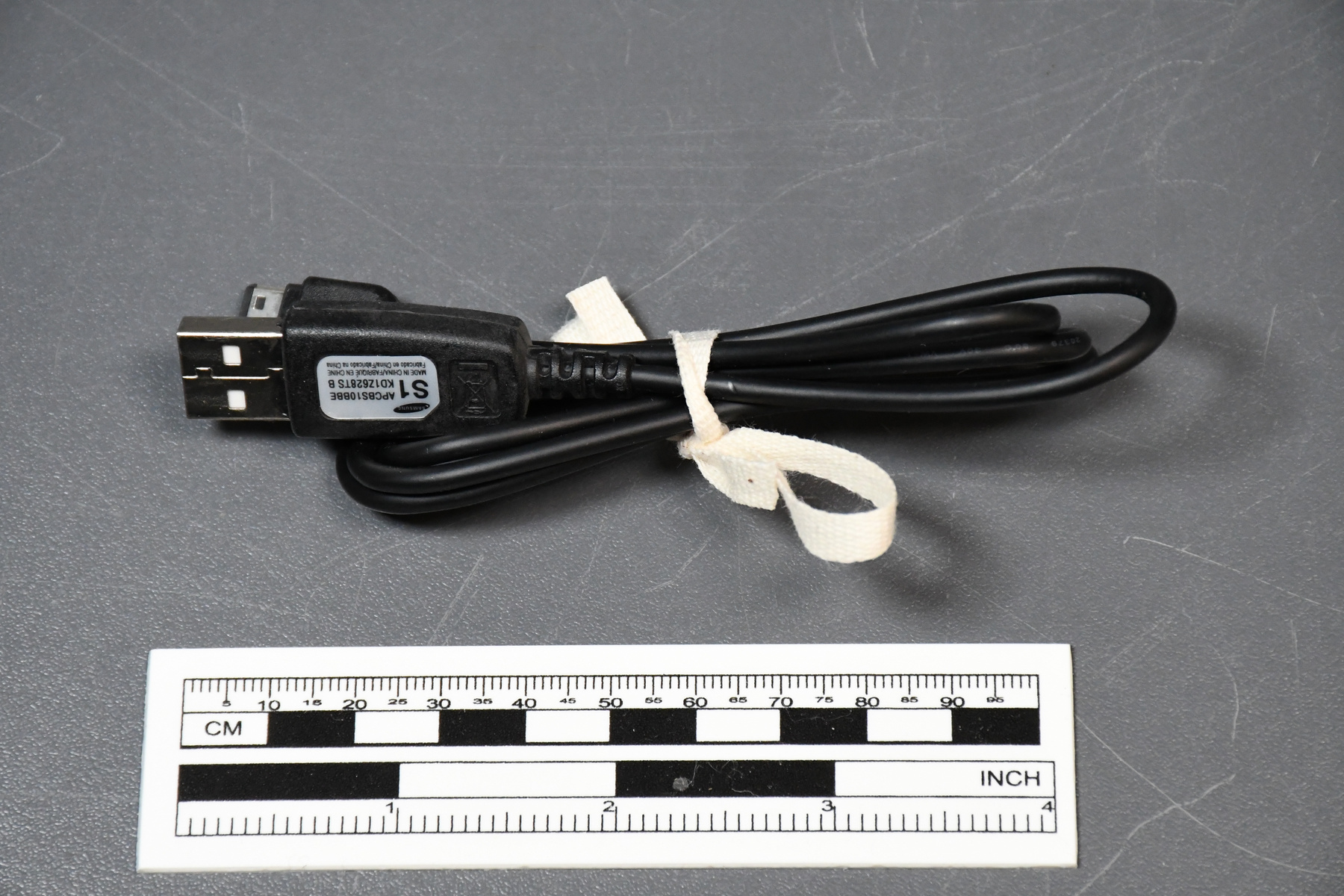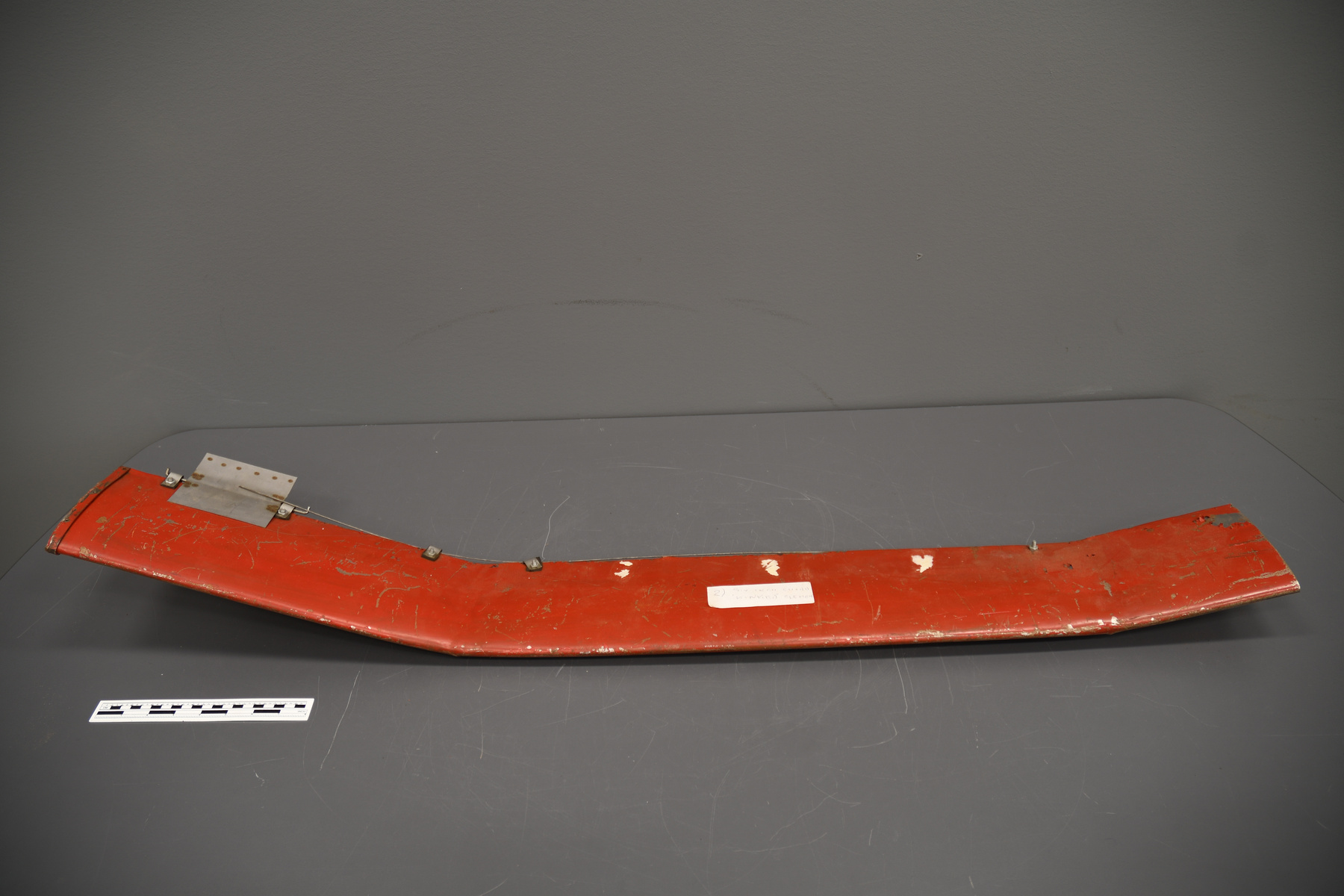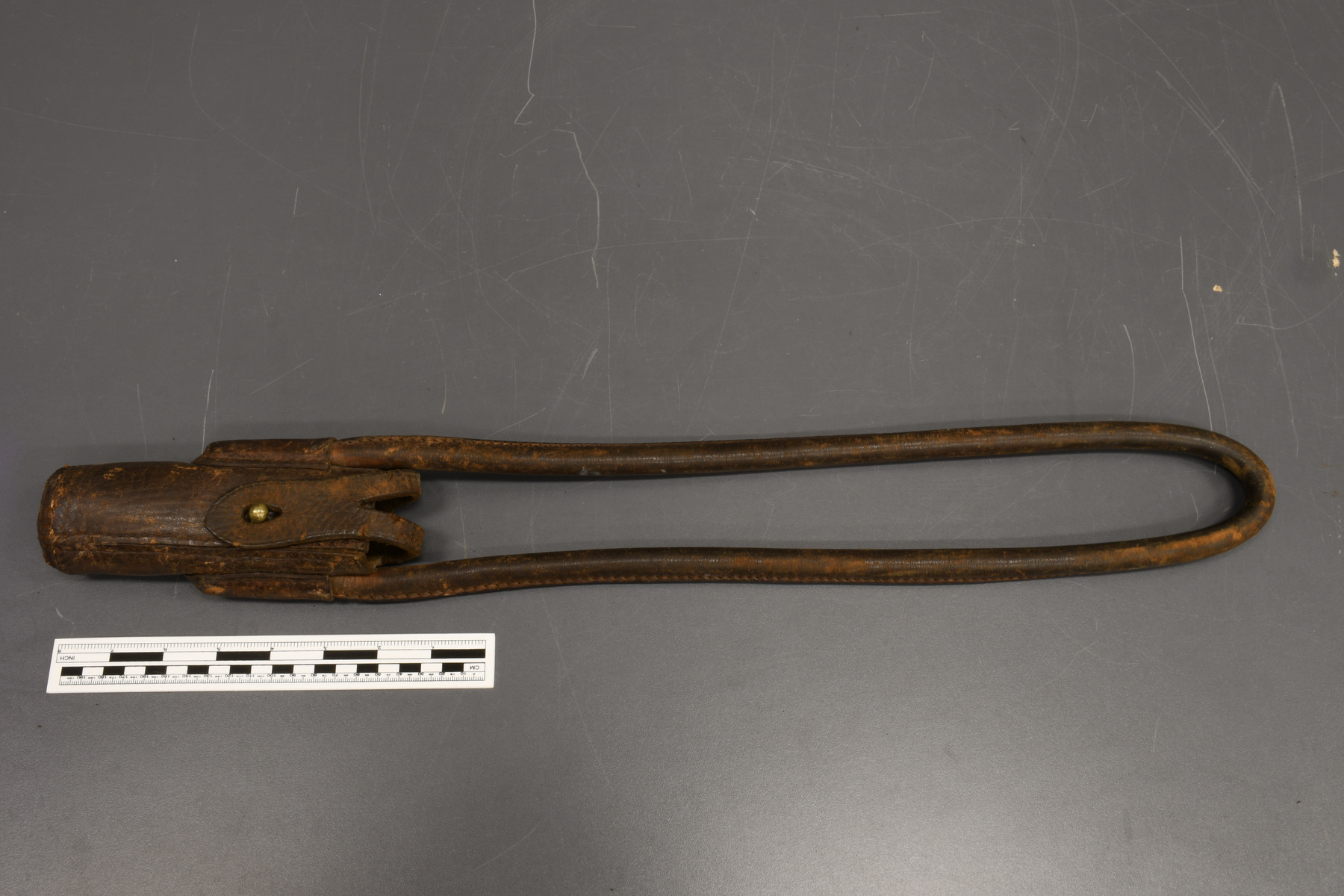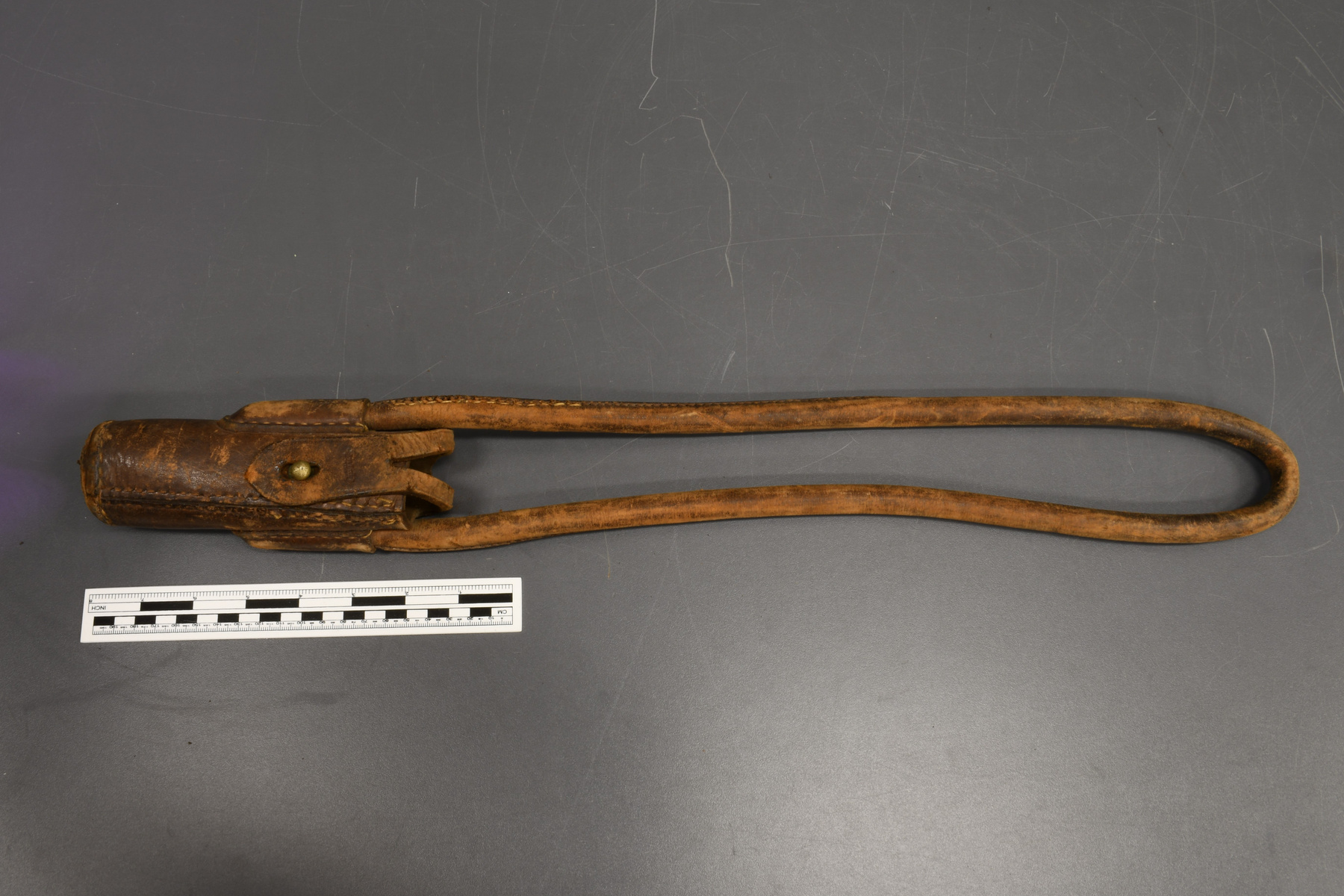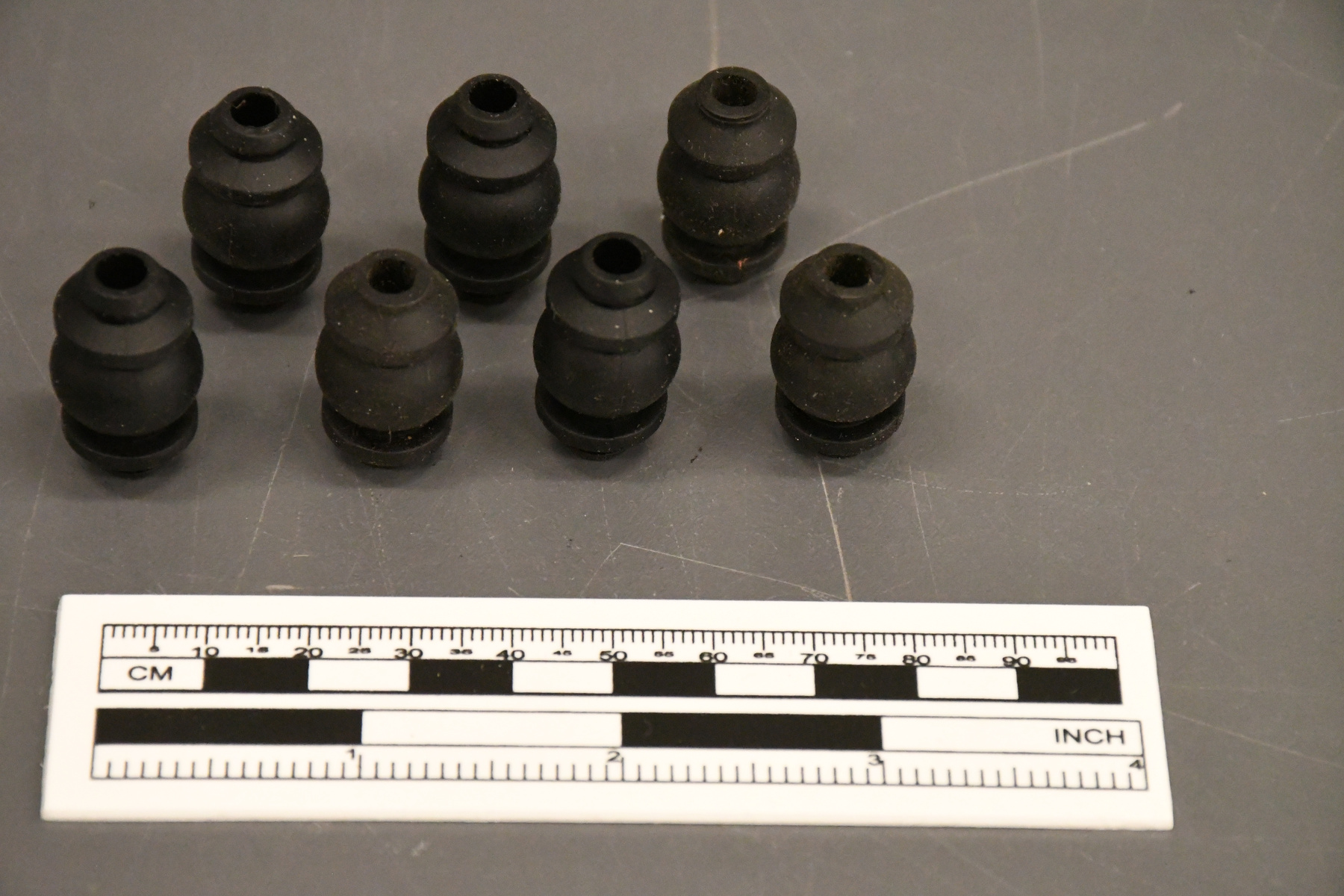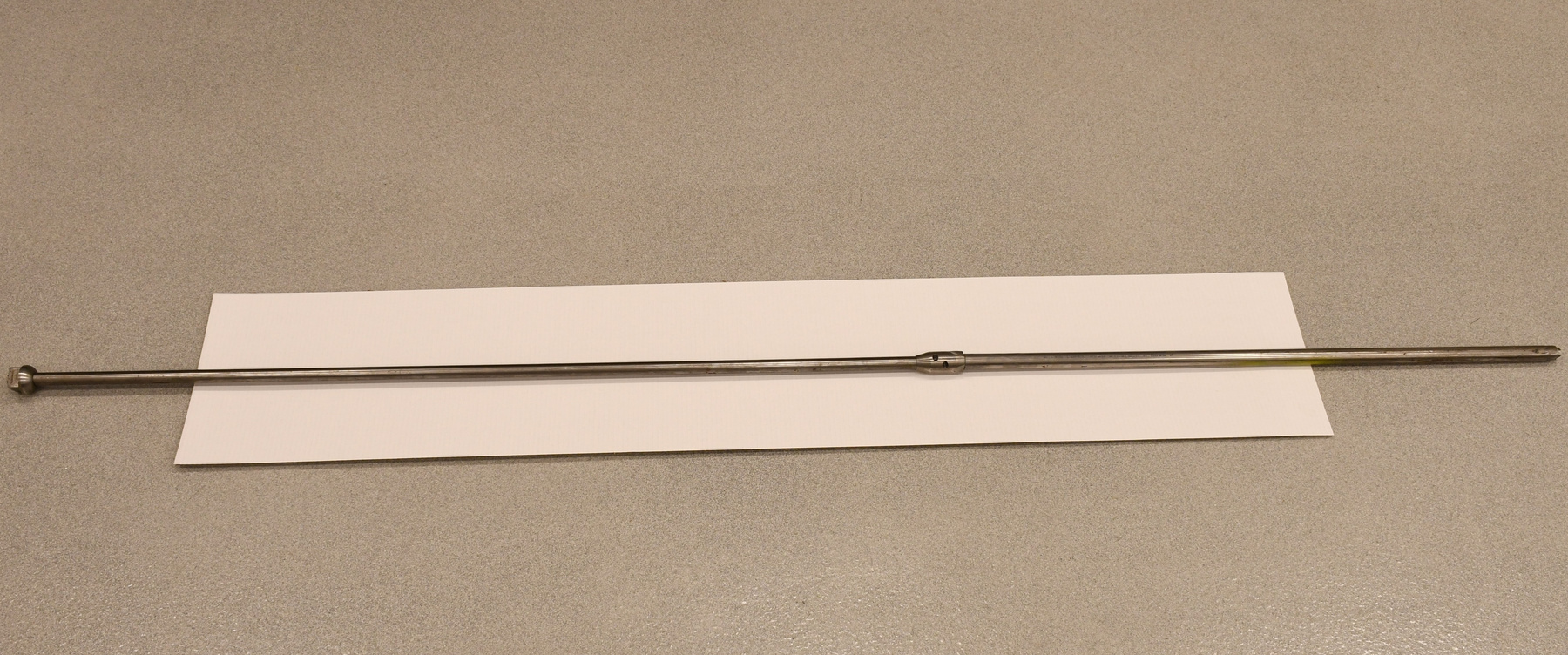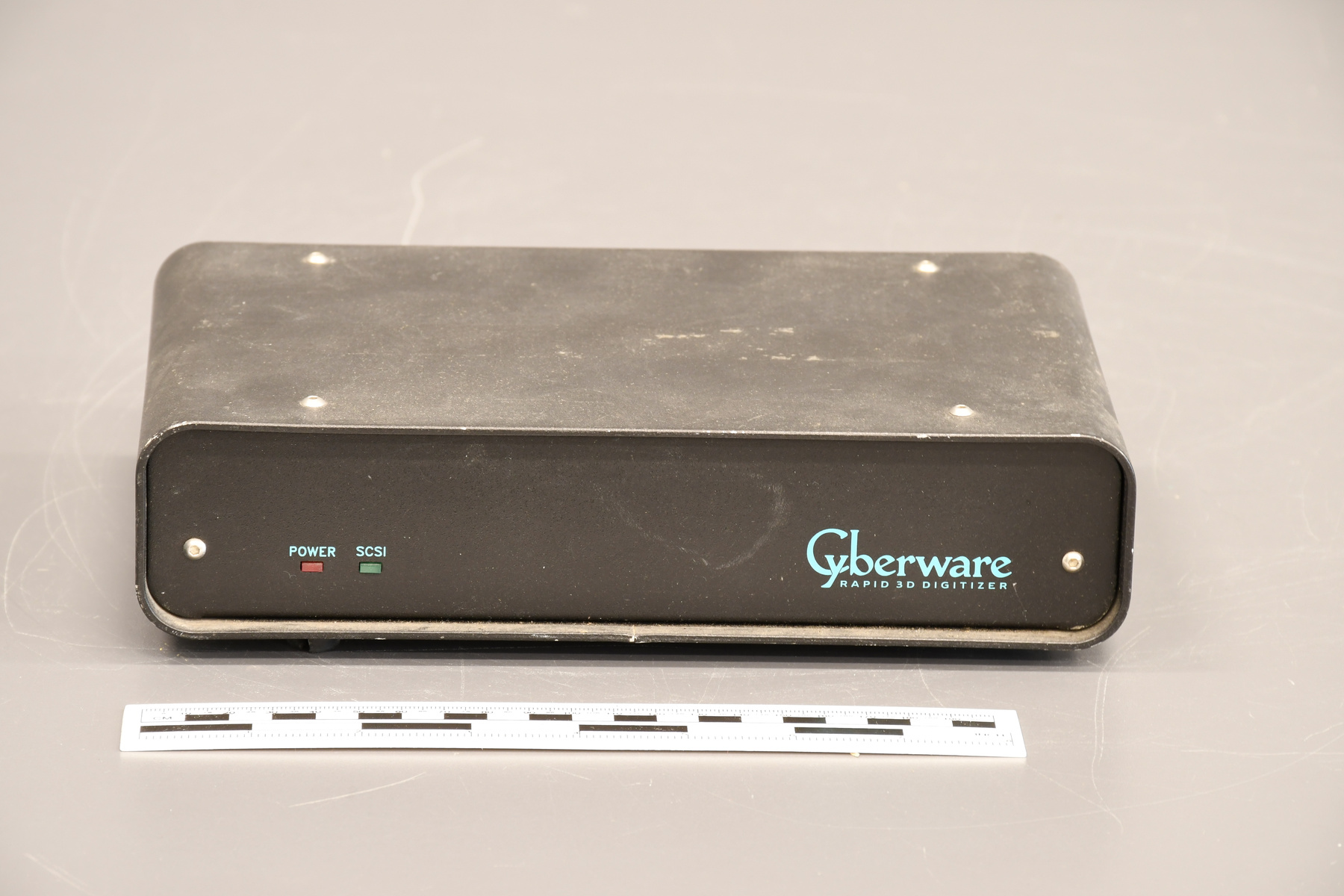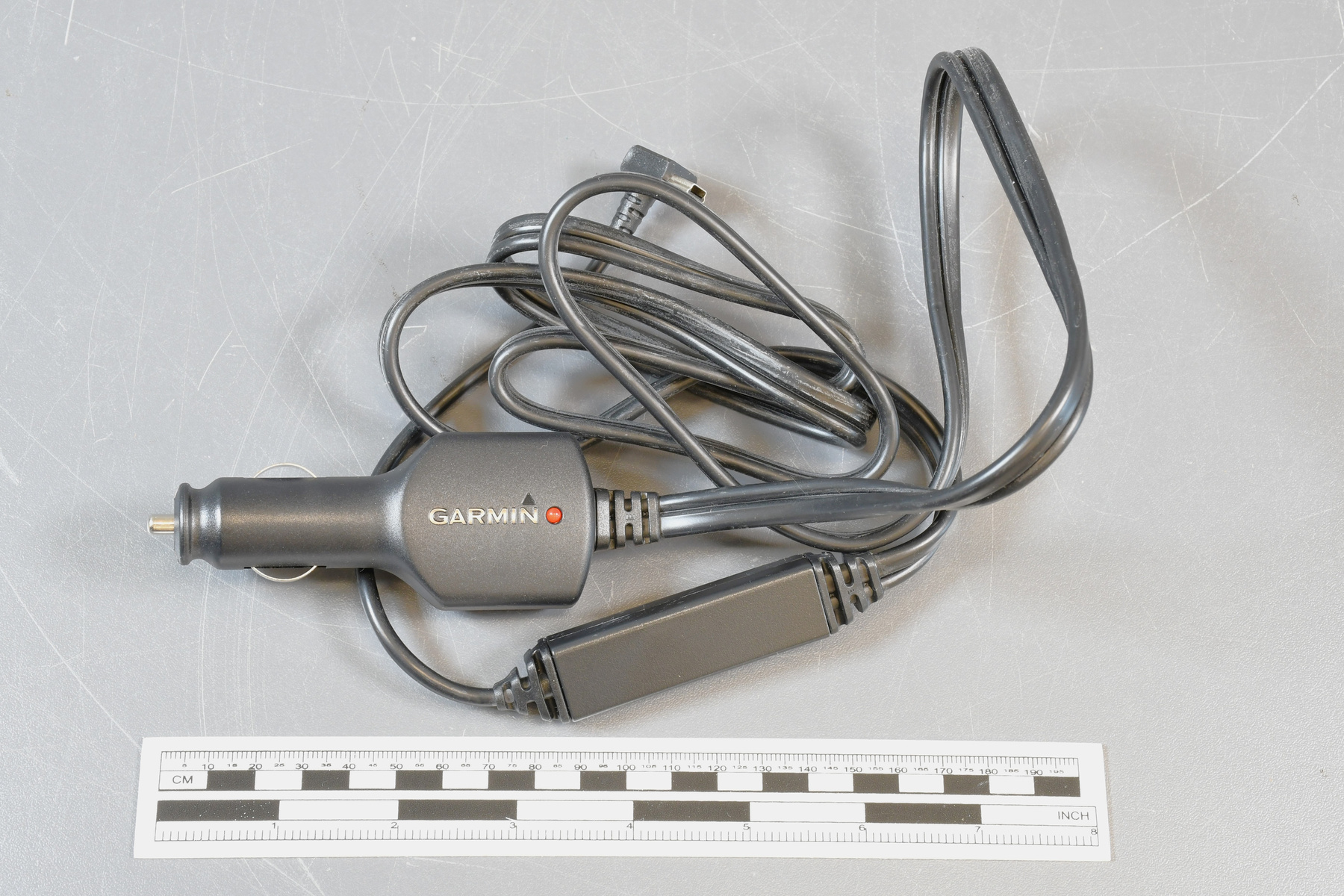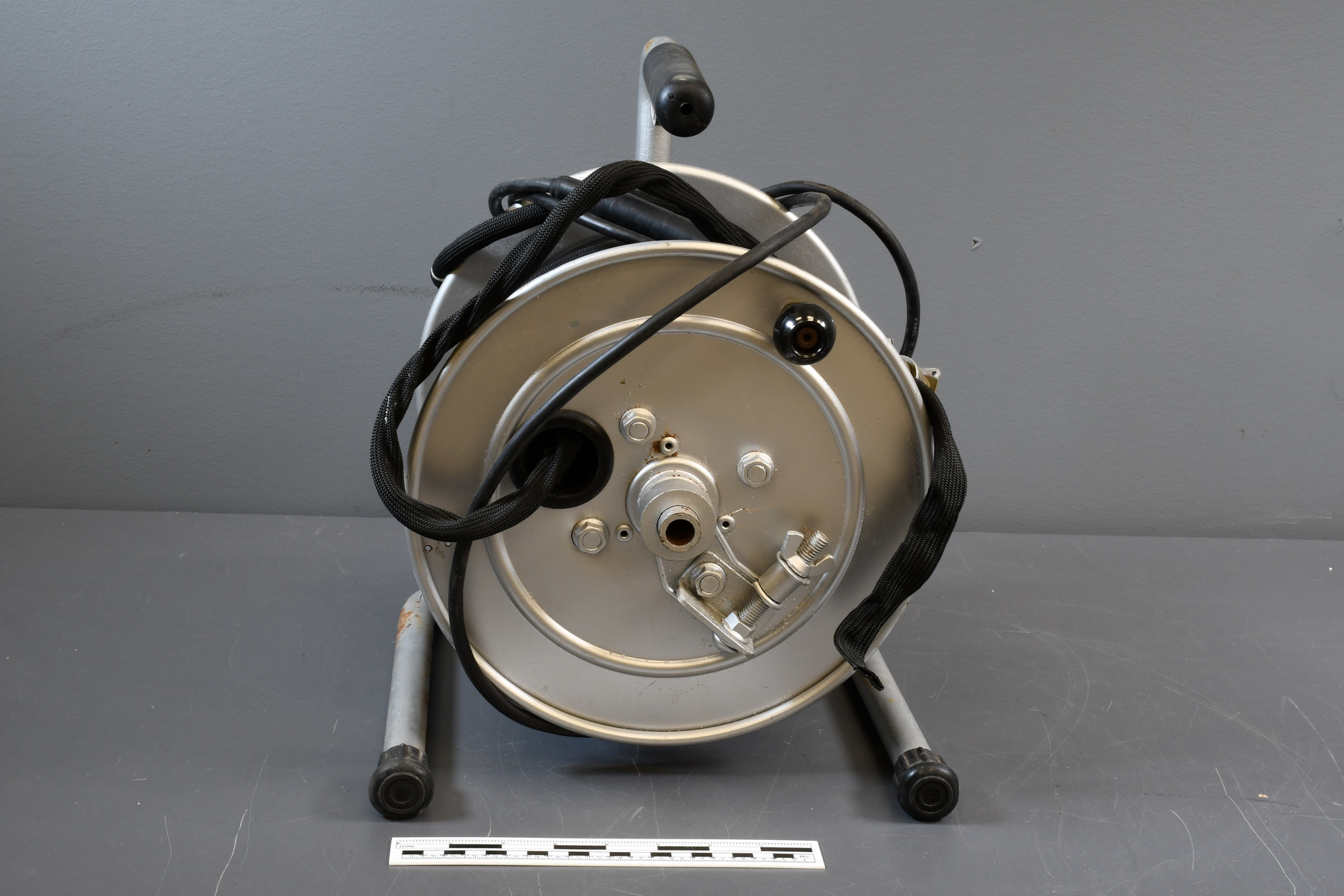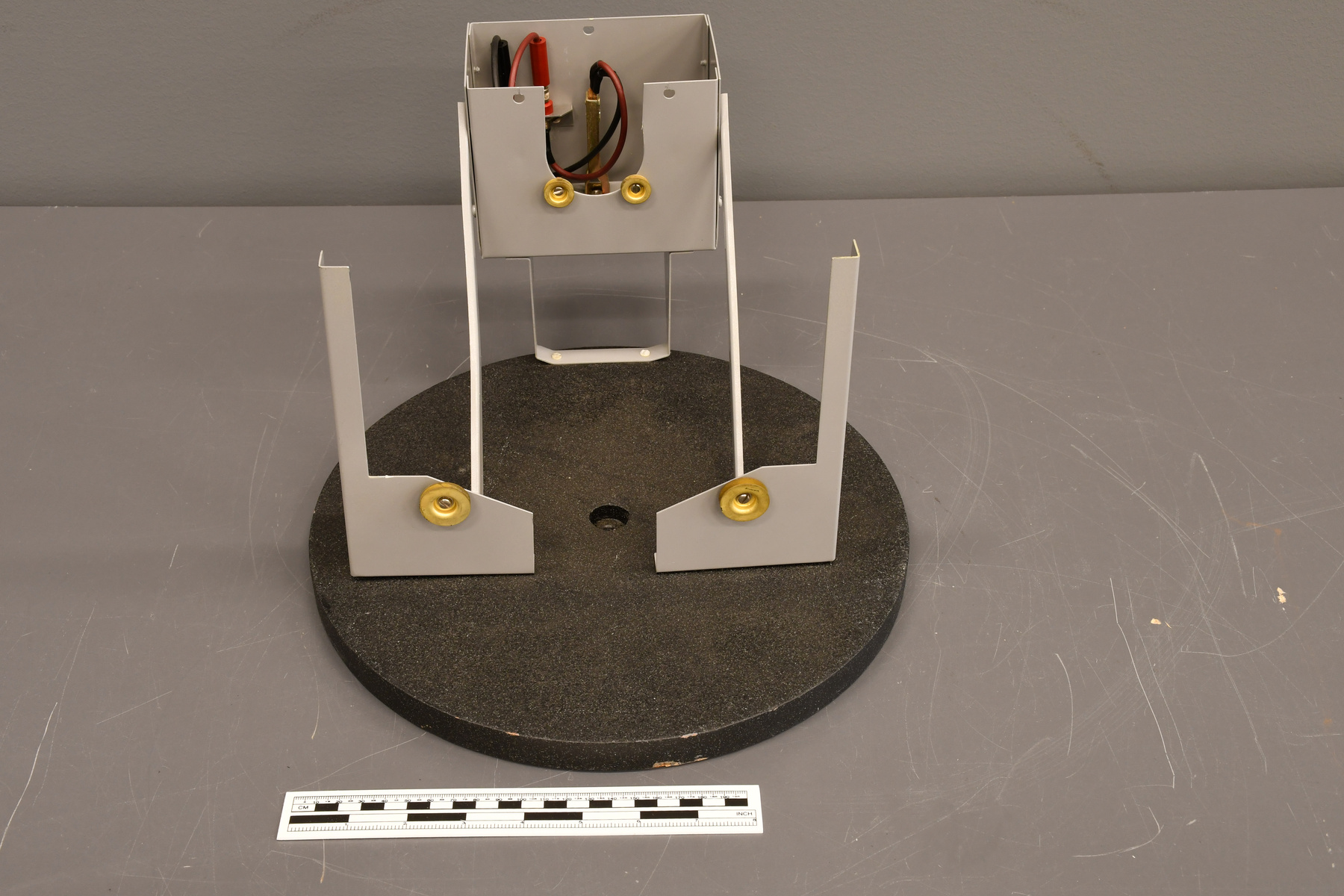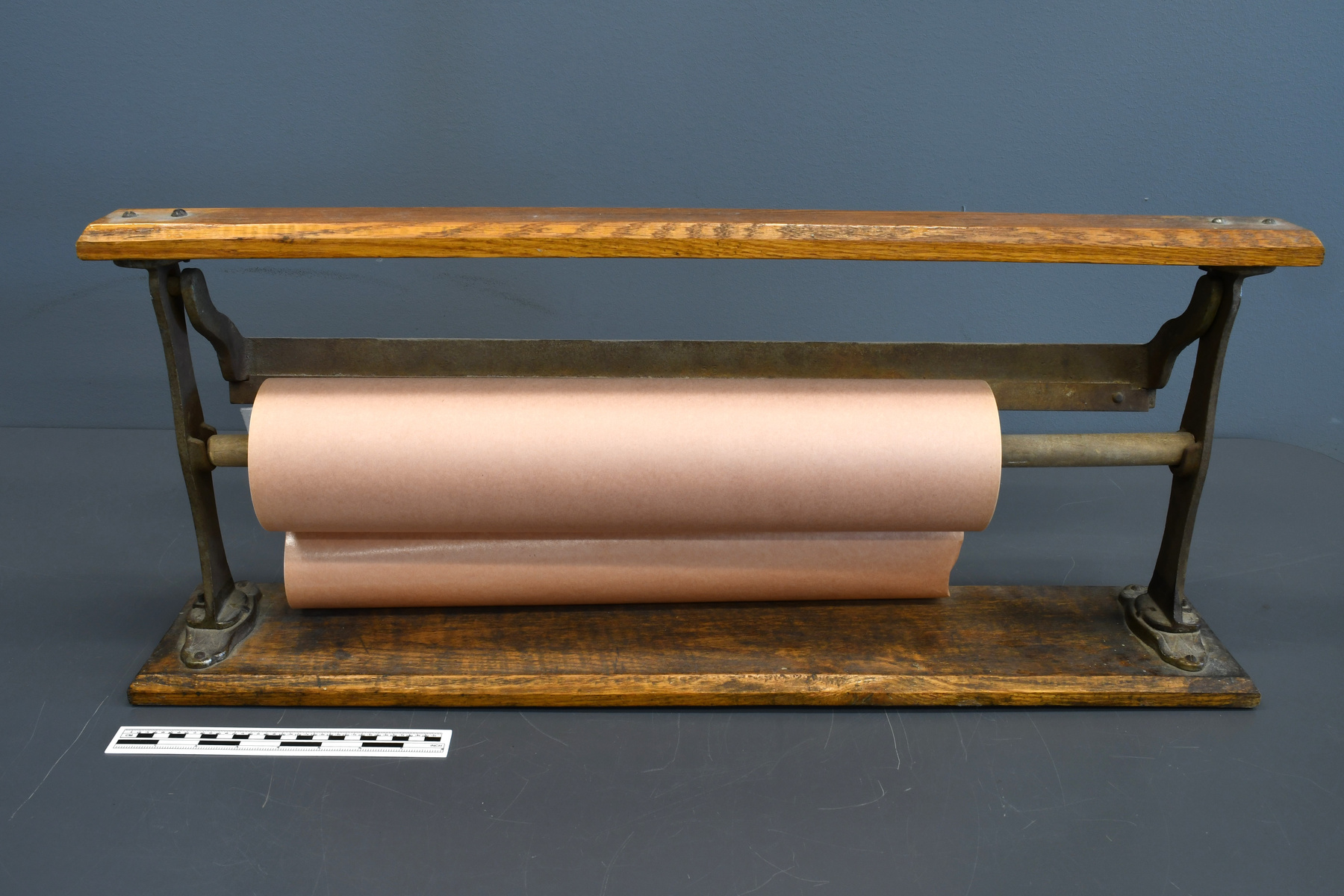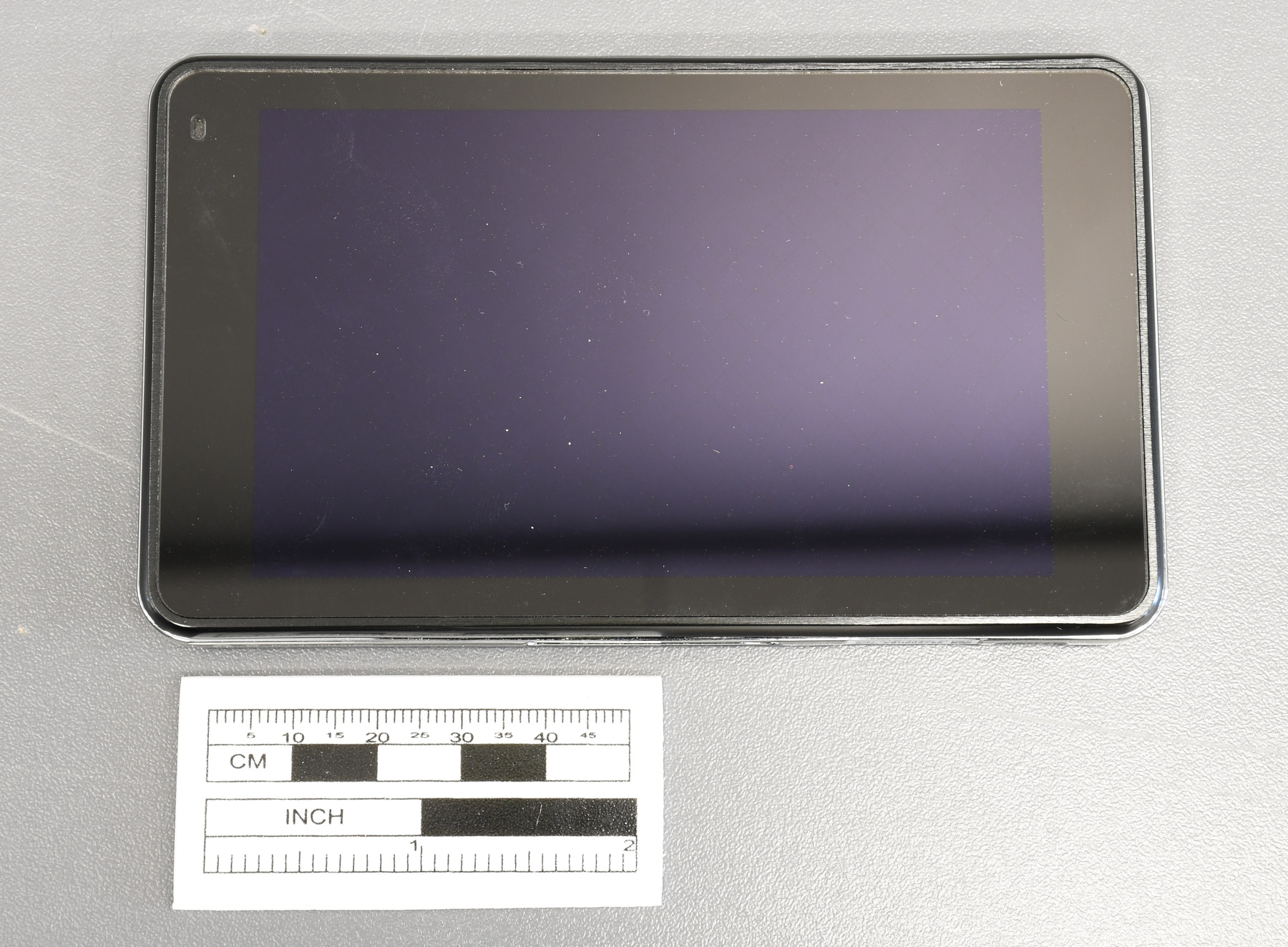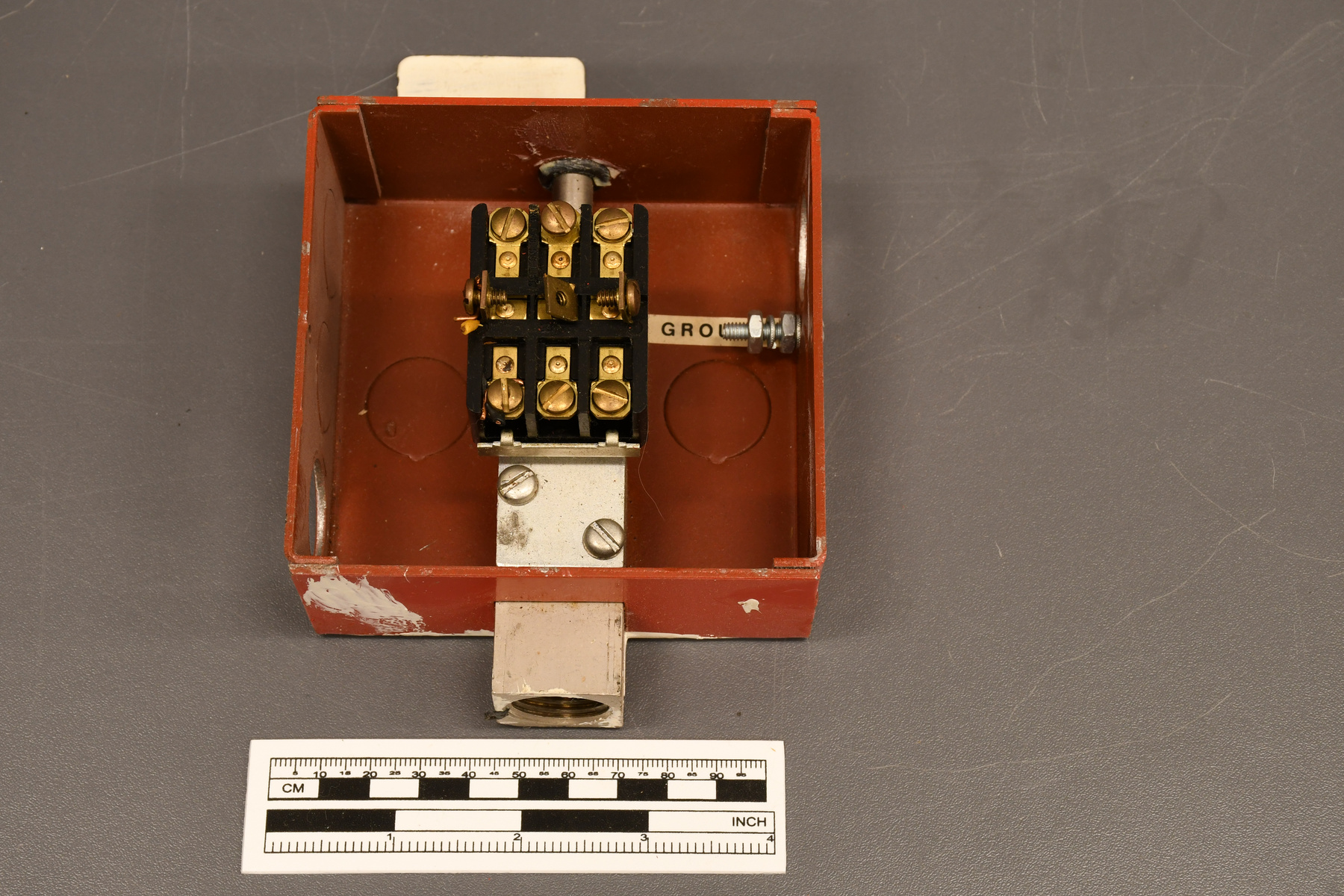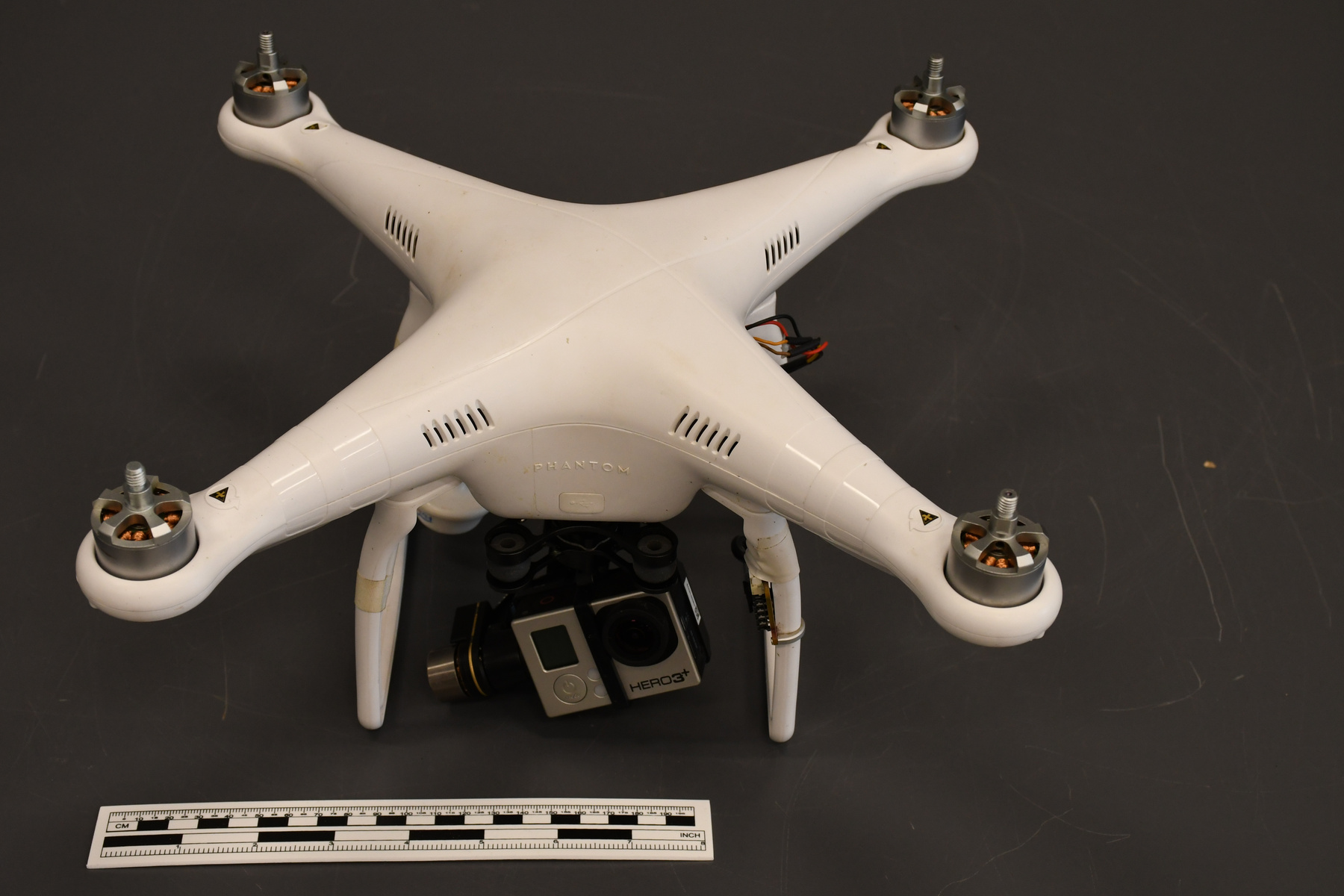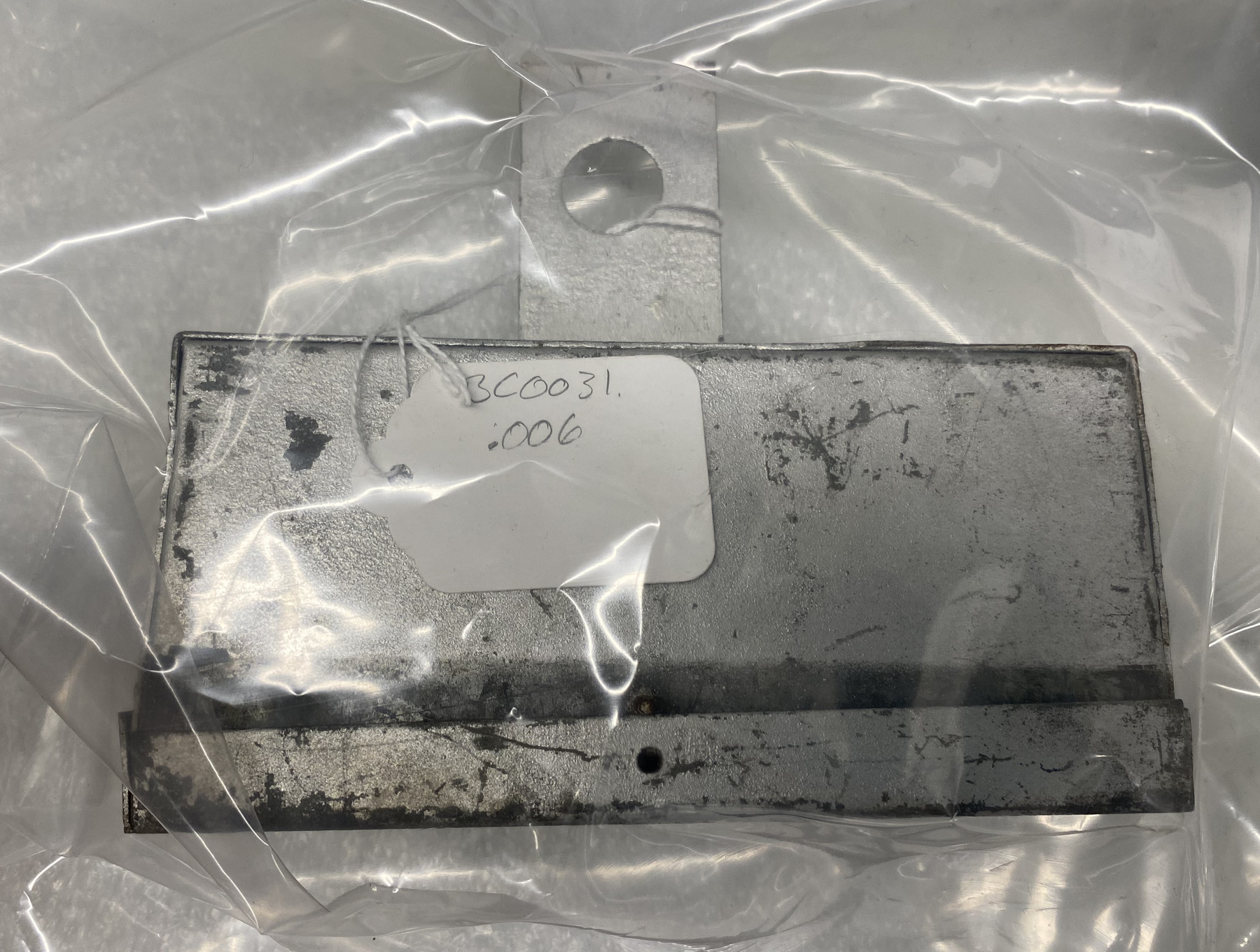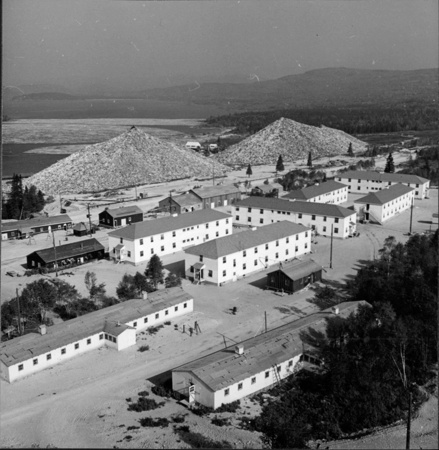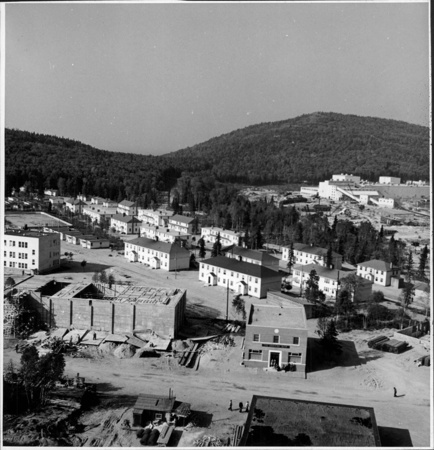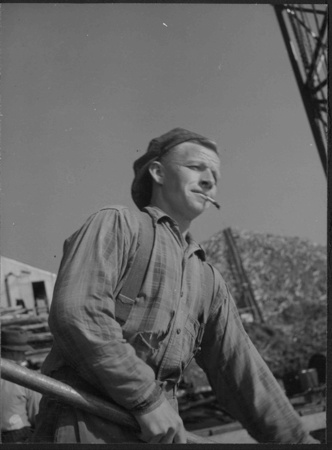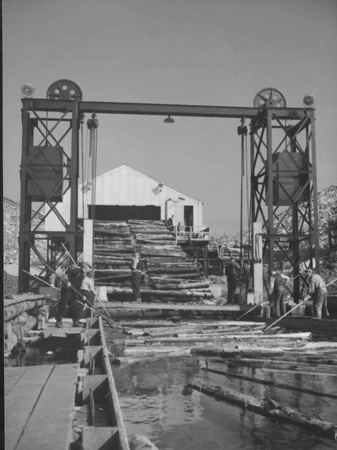Distributor, signal
Use this image
Can I reuse this image without permission? Yes
Object images on the Ingenium Collection’s portal have the following Creative Commons license:
Copyright Ingenium / CC BY-NC-ND (Attribution-NonCommercial 4.0 International (CC BY-NC 4.0)
ATTRIBUTE THIS IMAGE
Ingenium,
2018.0236.001
Permalink:
Ingenium is releasing this image under the Creative Commons licensing framework, and encourages downloading and reuse for non-commercial purposes. Please acknowledge Ingenium and cite the artifact number.
DOWNLOAD IMAGEPURCHASE THIS IMAGE
This image is free for non-commercial use.
For commercial use, please consult our Reproduction Fees and contact us to purchase the image.
- OBJECT TYPE
- N/A
- DATE
- 1950–1959
- ARTIFACT NUMBER
- 2018.0236.001
- MANUFACTURER
- Unknown
- MODEL
- Home built
- LOCATION
- Unknown
More Information
General Information
- Serial #
- N/A
- Part Number
- 1
- Total Parts
- 1
- AKA
- Multi-Tap
- Patents
- N/A
- General Description
- An object made with metal elements/Un objet fait avec du matériel en métal.
Dimensions
Note: These reflect the general size for storage and are not necessarily representative of the object's true dimensions.
- Length
- 13.5 cm
- Width
- 15.0 cm
- Height
- 6.0 cm
- Thickness
- N/A
- Weight
- N/A
- Diameter
- N/A
- Volume
- N/A
Lexicon
- Group
- Communications
- Category
- Television
- Sub-Category
- N/A
Manufacturer
- AKA
- Unknown
- Country
- Unknown
- State/Province
- Unknown
- City
- Unknown
Context
- Country
- Canada
- State/Province
- Ontario
- Period
- Unknown
- Canada
-
This artifact represents the development of one of Canada’s earliest commercial cable television systems because of Edwin R. Jarmain. In 1952, he successfully established an experimental cable operation in London, Ontario. He increased reliable access to over-the-air television by erecting a large rhombic antenna, and then transmitting—via cable. The rhombic antenna could pull down a stronger signal and provide a much more reliable television service. By 1974, service had expanded to 100,000 homes in Ontario, prompting Jarmain and his sons to go public as Canadian Cablesystems Inc. The company was bought out by Rogers Communications in 1979. In 2011, Jarmain was inducted into Canada's Telecommunications Hall of Fame as “the acknowledged father and pioneer of cable television in Canada.” L’objet représente le développement d’un des plus jeunes systèmes de télévision a câble au Canada grâce Edwin R. Jarmain. En 1952 il a établi un système prototype d'opération de câble à London, Ontario. Il a augmenté l’accès à la télévision en directe en construisant une antenne rhombique et en transmissent via câble. L'antenne pouvait tirer un signal plus fiable qui était plus fort et favorable pour les services de télévision. En 1974 le service a grossi à 100,000 maisons et Jarmain a pris la décision d'aller public avec le nom Canadian Cablesystems Inc. La compagnie a été achetée par Rogers Communications en 1979. En 2011 Jarmain a été intronisée au Temple de la Renommée pour les Télécommunications du Canada et a été reconnu comme le père et pionnier de la télévision a câble au Canada. - Function
-
This artifact was used to “tap” a main TV cable distribution line and feed the TV signal to a subscriber’s residence, office, or apartment building. Utiliser pour coupler à un câble de télévision principale pour la distribution des signaux et les distribuées à des abonnés à leur résidence, bureau ou appartement. - Technical
-
An example of a custom-built multi-tap used to deliver a TV signal from the main distribution line into an individual subscriber (or group of subscribers) in a single residence, office, apartment building, etc. This artifact was reportedly built in the electrical and tin shop at American Can Pulp Mill in Marathon, Ontario. Ceci est un exemple d'un coupleur passif utiliser pour livrer un signal de télévision d'une ligne principale a une ligne occupée par un abonné a une seule résidence. L'objet a possiblement été construit dans l'usine American Can Pulp Mill en Marathon, Ontario. - Area Notes
-
Unknown
Details
- Markings
- The object has no markings/L'objet n'a pas de marque.
- Missing
- None apparent/L'objet a toutes ces pièces.
- Finish
- A silver coloured metallic box that has a flat metal tongue coming out of its back. A hole sits on either width of the box as well as in the middle of its tongue. Une boite de couleur argent fait en métal avec une langue plat qui ressort de son dos. Un trou est visible de chaque côté de sa largeur et il y a aussi un autre trou au milieu de sa langue.
- Decoration
- N/A
CITE THIS OBJECT
If you choose to share our information about this collection object, please cite:
Unknown Manufacturer, Distributor, signal, circa 1950–1959, Artifact no. 2018.0236, Ingenium – Canada’s Museums of Science and Innovation, http://collection.ingeniumcanada.org/en/id/2018.0236.001/
FEEDBACK
Submit a question or comment about this artifact.
More Like This
